
- Reservations
Enter your keywords
- Corporate Overview
- Organisational Structure
- Corporate Service Charter (English)
- CHATA YA HUDUMA
- AIRWING SERVICE DELIVERY CHARTER
- Board of Trustees
- Senior Management
- Corporate Awards
- International
- Latest News
The Kenya Wildlife Service (KWS) conserves and manages Kenya’s wildlife for the Kenyan people and the world
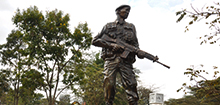
- Research Charter
- Conservation Research Forms
- Research Priorities and Programs
- Priority Ecosystems and Species
- Affiliations and Volunteer Guidelines
- Ecological Monitoring
- Multilateral Environmental Agreements
- Protected Area Management Plans
- Climate Change
- Environmental Impact Assessment
- SPECIES CONSERVATION AND MANAGEMENT DIVISION
- VETERINARY SERVICES DEPARTMENT
- DEPARTMENT OF SPECIES MANAGEMENT
- DEPARTMENT OF CAPTIVE WILDLIFE MANAGEMENT
- CITES IMPLEMENTATION DEPARTMENT
- Community Enteprises
- Community Wildlife Service
- Community projects
- Conservation Forum
- Conservation Education
- Wildlife Security
- SNAKE KEEPING FOR BREEDING AND ECOTOURISM
- National Parks
- National Reserves
- Marine Parks
- Sanctuaries
- Orphanage/Safari Walk
- Hours of Operation
- Interactive Map
- Cashless payment at KWS Parks and Reserves points of access
KWS manages about 8 per cent of the total landmass of the country. This land contains 22 National Parks, 28 National Reserves and 5 National Sanctuaries
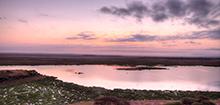
- About Kenya
- Travel Tips
- WHAT TO SEE
- OUR BANDAS & GUEST HOUSES
- OTHER Hotels & Lodges
- Promotions/Deals
- Feedback form
- Investment Procedures
- INVESTMENT OPPORTUNITIES
In Kenya, the environment and tourism have always been inextricably linked, and this is a truly symbiotic relationship
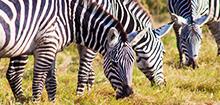
- Beach Management Programme
- Northern Kenya Biodiversity Programme
- Kenya Coastal Development Programme (KCDP)
- Video Gallery
- Photo Gallery
- Press & Media Releases
- Procurement plan 2022-2023 FY
- CONTRACT/TENDER AWARDS
- Annual Reports
Genuine eco-tourism means tourism that has no negative impact on eco-systems, and positively contributes to the destination on a social and environmental level

- Conservation Research
- Visitor Guide
- Press & Media Releases
- Nairobi National Park
- Kws Parks/reserves /
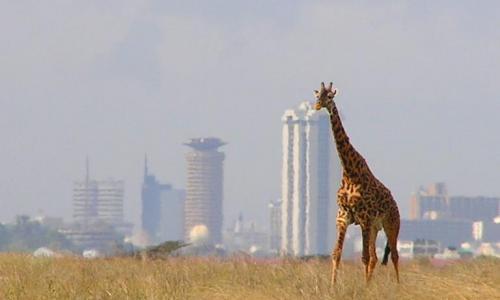

“The World’s only Wildlife Capital”
A short drive out of Nairobi’s central business district is the Nairobi National Park. Wide open grass plains and backdrop of the city scrapers, scattered acacia bush play host to a wide variety of wildlife including the endangered black rhino, lions, leopards, cheetahs, hyenas, buffaloes, giraffes and diverse birdlife with over 400 species recorded. Visitors can enjoy the park’s picnic sites, three campsites and the walking trails for hikers.
- Park Activities
How to get there
Attractions.
- Park Entry Fees
Key features
Protected area type, what to take with you.
- Animals include buffalo, giraffe, lion, leopard, baboon, zebra, wildebeest and cheetah---100 mammal species.
- 400 migratory and endemic bird species.
Picnic Facilities For corporate events, bush dinners, weddings, picnics, team building sessions, video and film production
- King Fisher
- historic ivory burning site
- Drinking water, picnic items.
- Also useful are: binoculars, camera, hat, sunscreen, sunglasses and a guidebook

- By Road : Distance: 10km South of Nairobi City Center
- By Air : Jomo Kenyatta International Airport and Wilson Airports
- The only Wildlife park in the world that is so close to the city
- Black rhinoceros :which is an endangered species
- The first park to be gazetted in Kenya on December 16, 1946
- Major rhino sanctuary for breeding and restocking other parks
- Diverse birdlife:Has over 400 bird species. At least 20 of which are seasonal European migrants.
- Home to over 100 mammal species, four of the Big Five (lion, Buffalo, leopard and rhino)
- Has a spectacular wildebeest and zebra migration
- Large predators- lion, leopard, hyena and cheetah.
- Aggregations of large herbivores- eland, buffalo, zebra and wildebeest
- Ivory Burning Site Monument
- Walking trails at hippo pools
- Nairobi Safari Walk & the Orphanage.
- Spacious accommodating picnic sites
Park Entry Fee
* Kindly refer to the KWS Conservation Fees document below for other services and charges.
* Mode of Payment; Pay for your entry to any of our Parks or Reserves via eCitizen government platform.
* Create a personal account on the eCitizen Government platform by visiting https://kws.ecitizen.go.ke and make park payments in advance for a fast and convenient park entry.
Park Resources
Phone: 0756-414573
KWS Reservations: [email protected]
Email : [email protected]
Postal Address:
Nairobi National Park,
The Warden,
P.O. Box 42076-00100,
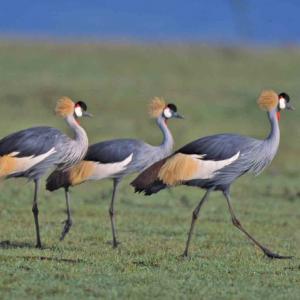
Nairobi National Park safari | Travel guide
Nairobi National Park is a national park in Kenya that was established in 1946 about 7 km south of Nairobi. It is fenced on three sides, whereas the open southern boundary allows migrating wildlife to move between the park and the adjacent Kitengela plains.
The park is sometimes called Kifaru Ark, which means “Rhinoceros Sanctuary”. It is one of Kenya’s most successful rhinoceros sanctuaries, and it is one of only a few parks where visitors can be certain of seeing a black rhinoceros in its natural habitat.
Herbivores are also known to gather in the park during the dry season and the park itself brings a unique charm that sets it apart from other parks in Kenya with the proximity alone outside the capital city making it an easy addition to most visitors travel plans.
Table of Contents
Why visit Nairobi National Park?
Nairobi national park safari.
There are plenty of great things to do in Kenya and as Kenya’s first national park, Nairobi National Park has been a wild haven for the capital city since 1946. At 45 square miles, the park is small compared to most national parks.
Size aside however, Nairobi National Park’s landscape hosts thousands of wild animals at home in various ecosystems. Primarily the park consists of open grasslands dotted with scrub and upland forests, making it an ideal habitat for many of Kenya’s native species.
But given the relatively restrictive size of the park, its carrying capacity for predators is limited. Most are shocked to learn that Nairobi National Park is home to a nearly complete set of Kenyan species.
Only leaving the most formidable creature, elephants, out of the landscape. Simply put the park is too small for their massive appetites, plus elephants would destroy the three-sided fence perimeter.
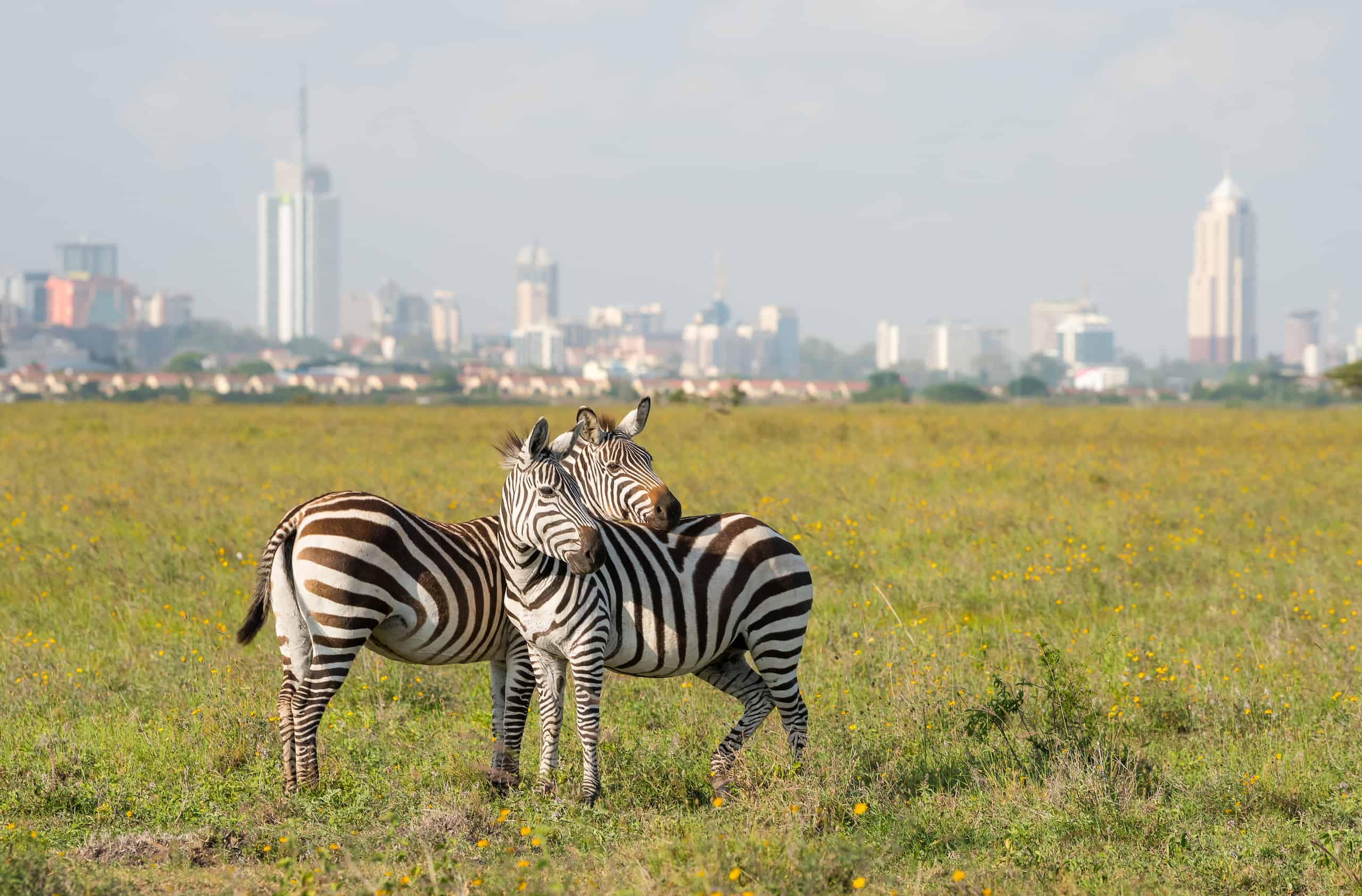
Nairobi NP is known for healthy populations of cape buffalo, Masai giraffe, plains zebra, impala, ostrich, and hippo. And where there is prey, there are often predators! Within Nairobi National Park’s boundaries live prides of lion, spotted hyena, jackal, and even elusive leopard and cheetah.
Visitors will also find numerous lions, hippos, giraffes, zebras, over 400 bird species, and many large herbivores. But the main highlight of Nairobi National Park is its resident rhinos.
In fact, the park hosts one of the highest densities of black rhino in Kenya. Many view the park as the best location to observe this critically endangered species in the entire country, if not the world.
Nairobi National Park is home to approximately 111 black rhinos and 24 white rhinos. These population numbers are a true success considering the park was void of rhinos until their introduction back in 1996.
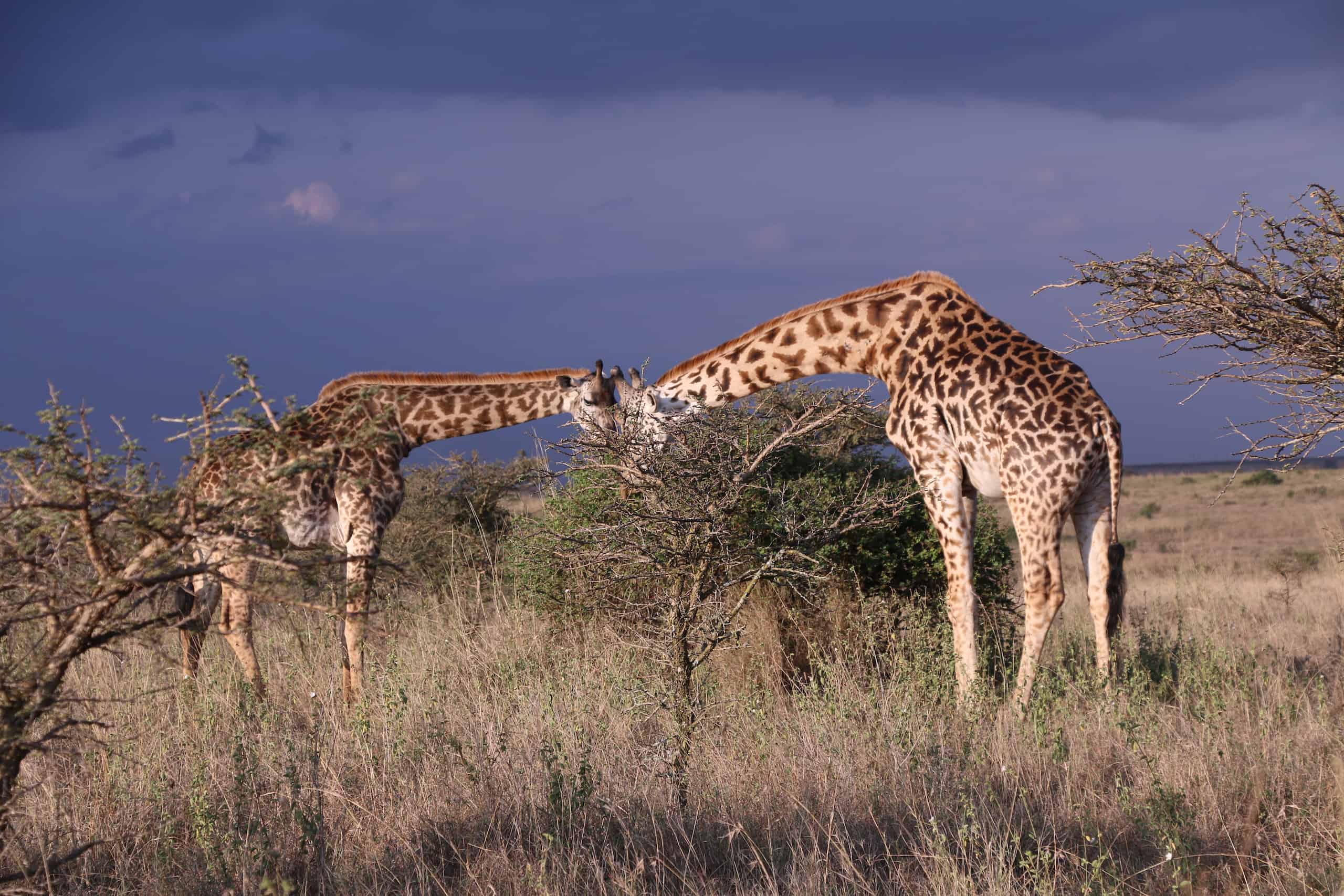
With over 500 bird species recorded, Nairobi NP probably gives Kenya’s capital the longest bird list of all cities in the world. The park’s substantial area of undisturbed grassland is of great importance for species such as the restricted-range Jackson’s widowbird, which breeds here regularly after good rains.
Other grassland birds include ostriches, secretary birds and bustards. Nairobi NP is a popular birding destination and it’s easy to book a full or half day guided birding trip at short notice.
The park’s predominant environment is open grass plain with scattered Acacia bushes. The western uplands of the park have highland dry forest with stands of Olea africana, Croton dichogamus, Brachylaena hutchinsii, and Calodendrum.
The lower slopes of these areas are grassland. Themeda, cypress, Digitaria, and Cynodon species are found in these grassland areas.
Other activities at Nairobi National Park
Here are some other activities which visitors can consider during their African safari experience in Nairobi National Park:
- Nairobi Safari Walk: Explore wildlife on foot, an authentic and economical means of exploring wildlife in Nairobi National Park and the bomas of Kenya. Nairobi safari walk charges range from KSH 125 (USD $1.1) for a child to KSH 215 (USD $1.86) for an adult.
- Photography safari tours: Visitors on a photo safari CAN share a luxury photography tour with like-minded individuals and capture their favourite moments.
- Sightseeing tours: This is best to see the hippo pools, giraffe center, day tours or early morning game drives in private vehicles. Guests can tour Nairobi National Park and visit the animal orphanage as well. The park also contains a historic ivory burning site.
Visitors often enjoy combining their safari adventure with some quiet downtime on Kenya’s best beaches , a perfect end to their African adventure.
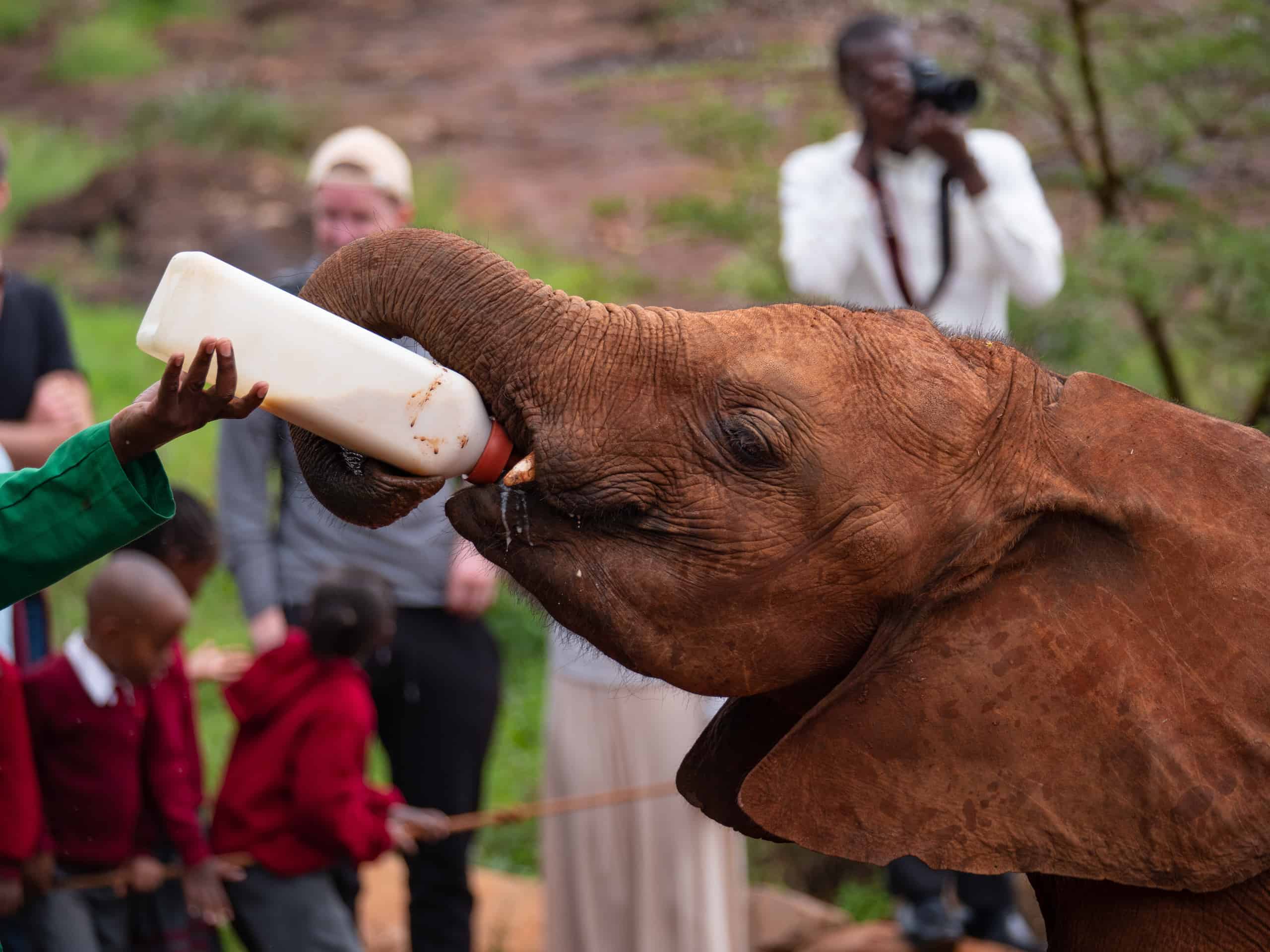
How to get to Nairobi National Park ?
By plane .
Safari-goers flying from Europe or North America to Kenya usually arrive at Nairobi – it’s the largest hub for most transport (including flights) in the region.
The main airport is Jomo Kenyatta International Airport (NBO), which is located 15km/9mi southeast of Nairobi for visitors wondering how to get to Kenya .
Kenya’s second international airport is Moi International Airport (MBA), which is 9km/6mi west of Mombasa and a Kenya visa will most likely be required to enter the country.
Nairobi National Park is located 9km/ 5mi south of Nairobi. The park is usually visited as a half-day or full-day trip from a hotel in the city.
Getting to the city of Nairobi is easy – it’s one of the biggest and busiest transport hubs on the continent. International flights arrive in Jomo Kenyatta International Airport (NBO), 15km/9mi southeast of Nairobi.
Tariffs & Regulations
Entrance fee.
Many factors impact Kenya safari prices including the cost of the park entrance fee. Prices per person per day:
- USD $43 per adult non resident per day
- USD $25 per child under the age of 12 years old
The gates into Samburu National Reserve open at 6am and close at 6pm.
Regulations
If you keep to park rules, you can stay with the animals as long as they are not disturbed by your presence.
Accommodation at Nairobi National Park
Accommodation in Nairobi NP includes Nairobi Tented Camp, is the only lodging that is situated inside the park, and this Tier 2 tented camp is reminiscent of those used by early explorers in Kenya.
With only eight guest tents, the camp gives you a sense of being in the remote African bush with all of the necessary conveniences, such as full bathroom with bucket shower, private veranda, comfortable bed and much more, all set amidst its wildlife ecology.
Rates mainly depending on the season and type of accommodation. Carrying a small amount of Kenyan currency , the Kenya Shilling (KES) is recommended to pay for groceries and smaller items where credit cards aren’t accepted.
Lodges are exclusive and luxurious with views amongst the most spectacular in the world along with world-class service, incredible food, all luxury amenities, simply ideal for the perfect honeymoon location.
A luxury option worth considering is the Emakoko, a family-owned and operated 10-room lodging that is situated on 15 acres of land bordered by the Mbagathi and Emakoko Rivers. The other Tier 2 accommodations on the outside of the northern fence zone of the park are Ole Sereni Hotel and African Heritage House.
Ole Sereni Hotel features 134 guest rooms and suites with modern amenities, such as LCD television, air conditioning, complimentary internet, and the suites are specially designed to meet the needs of the business traveller in East Africa.
African Heritage House is a six-room gallery-house that takes you through a journey of African cultures with an eclectic collection of art, textiles and varied handcrafted furnishings.
Campsites
There are a number of affordable camping sites offering cheaper camping options for travellers on a budget including Nairobi Tented Camp.
Campervan
Guests on a self-drive safari with a campervan can make significant savings by sleeping in their vehicle.
Bars/restaurants/amenities
Lodges will typically have all meals and drinks included in the lodge package.
Useful information
Located in the south of Kenya 15km from Nairobi airport, a Kenya safari in Nairobi National Park is often combined with a trip to Masai Mara National Reserve .
Weather
Nairobi has a subtropical highland climate. At 1,795 metres (5,889 ft) above sea level, evenings may be cool, especially in the June/July season, when the temperature can drop to 9 °C (48 °F).
Best time to go
Understanding the best time to visit Kenya is important as this will impact accommodation, flight prices, availability and the weather that visitors can expect on their safari vacation.
The best time to visit Nairobi National Park is during the dry months, from July to October, and also January and February. July has the lowest rainfall among all months of the year. Along with July, August is the driest month in Nairobi.
Health
Nairobi lies at a high altitude and malaria is not a concern here, but if you are visiting other places in Kenya, you should take all necessary precautions. Visitors can find further information on Kenya vaccine details here .
Where is Nairobi National Park located?
Nairobi National Park is located 9km/ 5mi south of Nairobi. The park is usually visited as a half-day or full-day trip from a hotel in the city.
How much is the entrance fee to Samburu National Reserve?
USD $43 per adult and USD $25 per child under the age of 12 years old.
What animals will visitors see?
Visitors to Nairobi National Park will see cape buffalo, Masai giraffe centre, plains zebra, impala, ostrich, and hippo as well as the lion, spotted hyena, jackal, and even elusive leopard and cheetah.
Best Restaurants
Nightlife Guide
Best Time to Visit
Weather & Climate
Getting Around Nairobi
Best Hotels
Is It Safe to Travel to Nairobi?
48-Hour Itinerary
Day Trips From Nairobi
Top Things to Do
Best Museums
Guide to Nairobi National Park
Nairobi National Park: The Complete Guide
:max_bytes(150000):strip_icc():format(webp)/DSC00412-5b73daf7c9e77c0057ca2198.jpg)
Verónica Paradinas Duro / Getty Images
Where to Camp
Where to stay nearby, how to get there, accessibility, tips for your visit, nairobi national park.
Situated just 7 miles from the center of Kenya’s capital city , Nairobi National Park is a pretty special phenomenon. Where else can you view critically endangered rhinos against a backdrop of downtown skyscrapers, or spot giraffes from your window seat as you land at the city’s international airport? For those about to embark on a tour of Kenya’s more famous safari destinations (think Amboseli, Tsavo, Samburu, and the mighty Maasai Mara), Nairobi National Park offers a worthwhile introduction to the country’s animal and birdlife. For those passing through the capital, the park is an opportunity to get a taste of the wild without ever leaving the city limits.
Things to Do
Whether you choose to self-drive or join an organized tour, game drives are the main attraction of a visit to Nairobi National Park. Although the park is by no means the most authentic safari experience in Kenya, the juxtaposition of seeing wild animals in such an incongruously urban setting is a major draw for many visitors. Another highlight is the David Sheldrick Wildlife Trust , whose orphanage for rescued elephants and rhinos is located inside the park. Founded by Dame Daphne Sheldrick in 1977, the charity welcomes members of the public for one hour in the morning every day to watch the babies being bathed and fed.
For the most part, visitors are prohibited from exiting their vehicles while inside the park—there could be a lion hanging out nearby, after all. However, there are a couple of marked spots where you can stretch your legs and walk around, including a scenic picnic area at Impala Observation Point for having lunch. One of the best walking trails takes you to the hippo pools, where the largest concentration of these aquatic herbivores can be found.
In 1989, former president Daniel Arap Moi ordered the burning of 12 tons of confiscated elephant ivory inside the park as a symbol of Kenya’s zero-tolerance policy on ivory trafficking. This event is commemorated by the Ivory Burning Site Monument and a must-see spot for conservationists.
With a total area of just over 45 square miles, Nairobi National Park is one of the smallest national parks in Africa and yet it supports an astonishing variety of wildlife. It is home to four of the Big Five animals (with elephants being the notable exception), including black and white rhino. It is one of the most successful rhino sanctuaries in Kenya and one of only a few places left in the world where visitors are virtually guaranteed a sighting of the critically endangered eastern black rhino. In addition to lion and leopard, the park’s predators include cheetah and hyena while herbivores range from the Maasai giraffe to Coke’s hartebeest, eland, waterbuck, and impala.
Choosing the right safari tour operator isn't easy, especially since many local companies—which tend to be the cheapest —don't have websites. However, the Kenya Association of Tour Operators, or KATO , maintains a directory of reputable tour operators in the country, so start there. Another option is to simply arrive at the main gate of the national park where there are always tour guides waiting and available to hire for the day.
There are three public campsites within the park, all of which offer electricity, hot water showers, and communal kitchens. If you don’t have a tent, you can rent one from the main gate.
For a camping experience that's a step up from just pitching a tent, the Nairobi Tented Camp is located within the park boundaries and is more of a "glamorous camping" experience. Located on the west side of the reserve, it includes nine luxurious permanent tents, all with en-suite bathrooms and solar lighting. Gourmet meals are served in the bush under the stars or in the dining tent, and water is heated over log fires.
Nairobi National Park is also conveniently close to the affluent suburbs of Langata and Karen, both of which offer a wide range of accommodation options ranging from comfortable guesthouses to five-star hotels.
- Giraffe Manor : For nature lovers, this guesthouse is located on the grounds of the Giraffe Centre in Langata. In addition to 12 double rooms outfitted in grand colonial style, this boutique option is made special by the Rothschild’s giraffes that roam freely around its grounds. Staying here also puts you within easy reach of other top Nairobi attractions .
- Palacina Residential Hotel : This family-run hotel is known just as much for its warm and friendly service as it is for its boutique vibe. It's located in the Kilimani neighborhood not far from the presidential residence, and just 20 minutes by car from the national park entrance gate.
- Emakoko : If you want an African bush experience in Nairobi, then Emakoko is about as close as you can get. This 10-room lodge is located on the southern edge of the national park and far away from the busy city center, so guests can fully disconnect and enjoy Nairobi's natural side.
Nairobi National Park is within Nairobi's city limits and just 6 miles from the city center. If you have access to a car or plan on hiring one, you can self-drive around Nairobi National Park. Otherwise, it’s possible to hire a six-seater Land Cruiser (complete with a driver and guide) from the main gate.
The cheapest way to experience the park is on the Kenya Wildlife Service shuttle safari . This passenger coach runs on weekends and public holidays and departs from Development House in the city center or from the main gate of the park.
It is also possible to get to the park using public transport : just hop on the bus—Matatu 125 or 126—from Nairobi Railway Station, both of which drop you at the main gate. The journey from the station takes around 35 minutes.
Nairobi National Park is mostly explored from the inside of a vehicle, making it accessible for most guests with mobility challenges. However, between the bumpy roads and frequent stops, be aware that a safari is much more physically demanding than just sitting in a car. Thankfully, there are multiple tour operators in Kenya that are fully dedicated to assisting travelers with disabilities, such as Go Africa Safaris or Spot Kenya Safaris . You can use them to answer questions about your upcoming trip or even to book a multiday safari around the entire country.
The David Sheldrick Wildlife Trust inside the park, or the baby elephant nursery, is also accessible to visitors in wheelchairs. It's a short pathway from the parking lot to the center and even though it's a little bumpy, most wheelchair users shouldn't have a problem.
- Unless you know where you're going, entering the park with a tour guide is recommended. The guides communicate with each other about animal locations, giving visitors the best chance of seeing the animals that they're most interested in.
- Opt for a vehicle with an open roof for the best unobstructed views of what's around you.
- Travelers often focus solely on spotting lions, buffalo, rhinos, and leopards, but remember there are over 100 other mammals and 400 bird species that you can also see in the park.
- Animals are most active in the early morning and in the evening—especially the big cats. Aim to visit early in the day or late in the day for the best chance to see something exciting.
- The wet seasons are April to June and again from October to November. The roads can get difficult to navigate so hiring a guide is extra important, but there are also fewer crowds and gorgeous wildflowers in bloom.
Serengeti National Park, Tanzania: The Complete Guide
The Top 5 Places to See Leopards in Africa
Akagera National Park, Rwanda: The Complete Guide
The 8 Best Day Trips from Nairobi
Sheldrick Elephant Orphanage, Nairobi: The Complete Guide
48 Hours in Nairobi: The Ultimate Itinerary
Your Trip to Nairobi: The Complete Guide
Eight of the Top Attractions in Nairobi, Kenya
12 Best Things to Do in Kenya
Where to Go in 2021: 10 Future Trips You Can Start Planning Now
Kenya Travel Guide: Essential Facts and Information
13 Amazing Trips to Take Before You Turn 40
The Top 19 Things to Do in Nairobi, Kenya
Amboseli National Park: The Complete Guide
Top 10 Wildlife Parks and Reserves in Kenya
15 Animals to See on an African Safari

Nairobi National Park: What to Expect, Top Animals to Look For & Tips for Your Safari
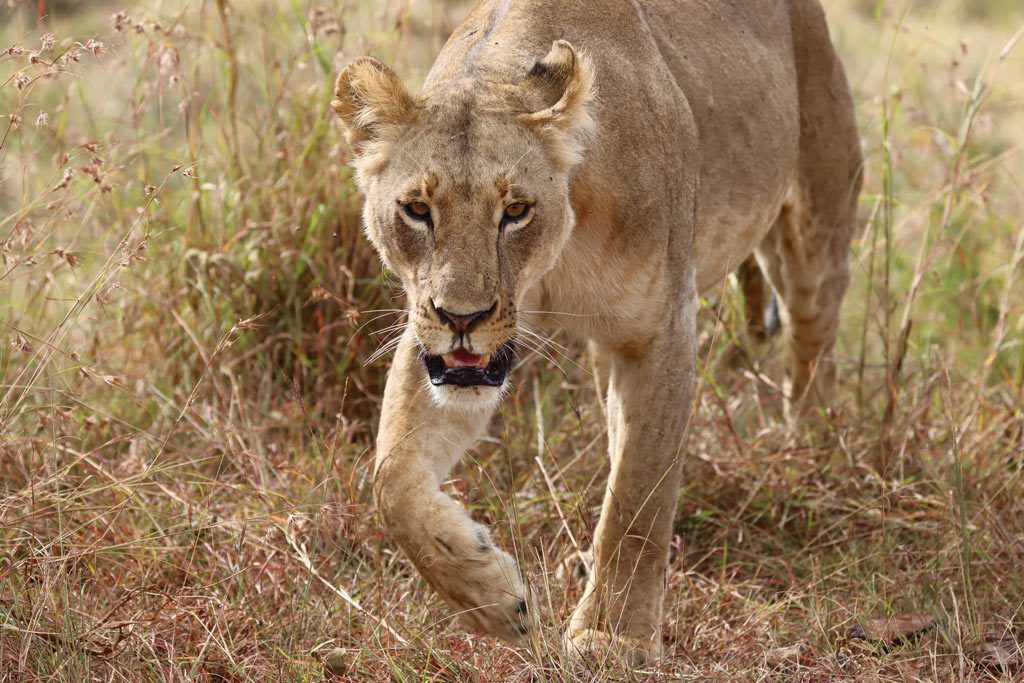
Nairobi National Park is a fantastic place to go on an African Safari. Located right next to the busy capital city of Nairobi, this national park is not only extremely convenient to get to, but it also displays a one-of-a-kind setting where the wild animals of Kenya are beautifully showcased against an impressive city backdrop of towering skyscrapers.
There’s no other place like it!
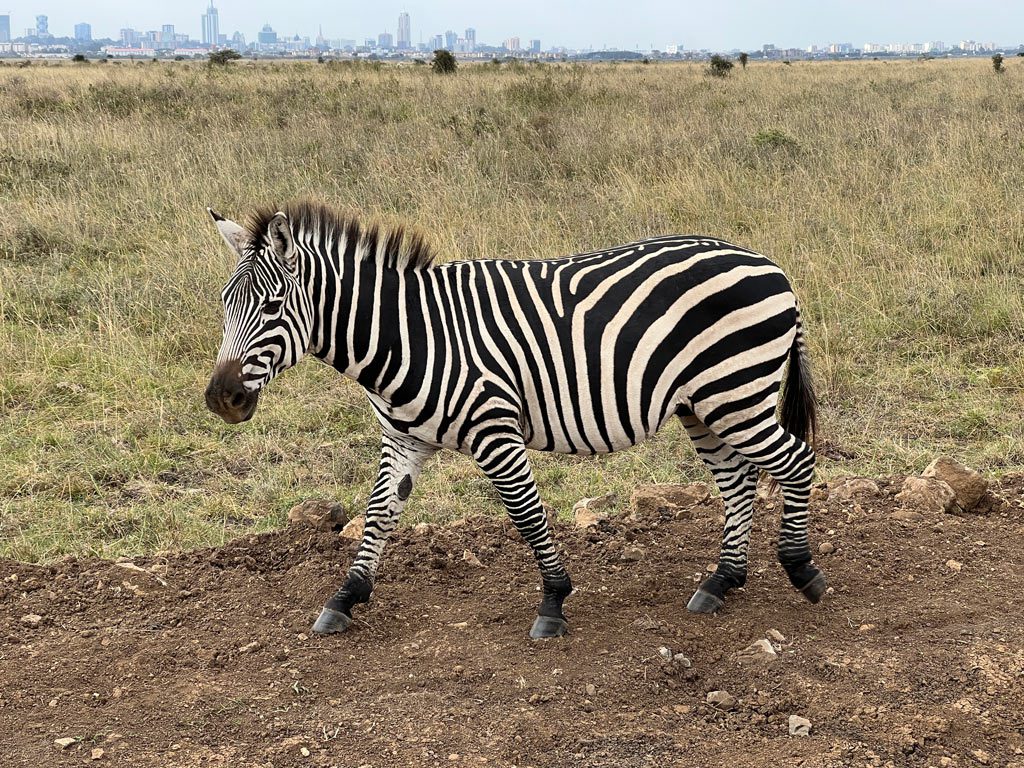
Established in 1946, Nairobi National Park was Kenya’s first national park and today, seeing these two completely different worlds laying side-by-side is quite a unique sight. On one hand you have the bustling city of Nairobi, full of activity, people and energy. Yet, immediately adjacent to this populous city, are wild animals peacefully grazing in the vast plains of Nairobi National Park.
Where else in the world can you to spot a giraffe grazing on the plains while flying into a capital city or see a herd of wildebeest while driving down a busy highway? It’s truly a remarkable sight!
Flying into Nairobi and immediately witnessing this phenomenal juxtaposition of worlds was my family’s first introduction to Kenya and I’d love to share with you what we learned.
Our First Stop: Nairobi National Park
NAIROBI NATIONAL PARK
Nairobi National Park is a perfect place to conveniently see a lot of Africa’s amazing wildlife. Whether you’re just passing through the capital and looking for a quick safari, or you are touring throughout all of Kenya and visiting some of its more famous parks (like Samburu or the Maasai Mara), Nairobi National Park is truly worth taking some time to see.
NAIROBI NATIONAL PARK’S SIZE & LAYOUT
- This one of Kenya’s smallest national parks.
- But, don’t let this small size fool you, Nairobi National Park is simply bursting with an abundance of Africa’s most sought after wild animals.
- It is fenced in on the three sides that boarder the city of Nairobi (the west, the north & the east sides)
- The southern boundary of the park remains open (with no fence.) This allows the migrating wildlife to move freely between the park and the neighboring Kitengela plains.
- In some parts of this park, the city of Nairobi makes an exceptional skyline behind the animals , but in the majority of this park we really felt like we were far away from human civilization, let alone a major city.
WHAT ANIMALS ARE IN NAIROBI NATIONAL PARK?
Over 100 mammal species and over 400 bird species have been observed in Nairobi National Park. This includes four of the sought after “Big Five” which includes the Lion, Buffalo, Leopard & Rhino.
Other prominent animals to look for within this park include giraffes, zebras, impalas, ostriches, baboons, wildebeests, elands, hippos and cheetah, just to name a few.
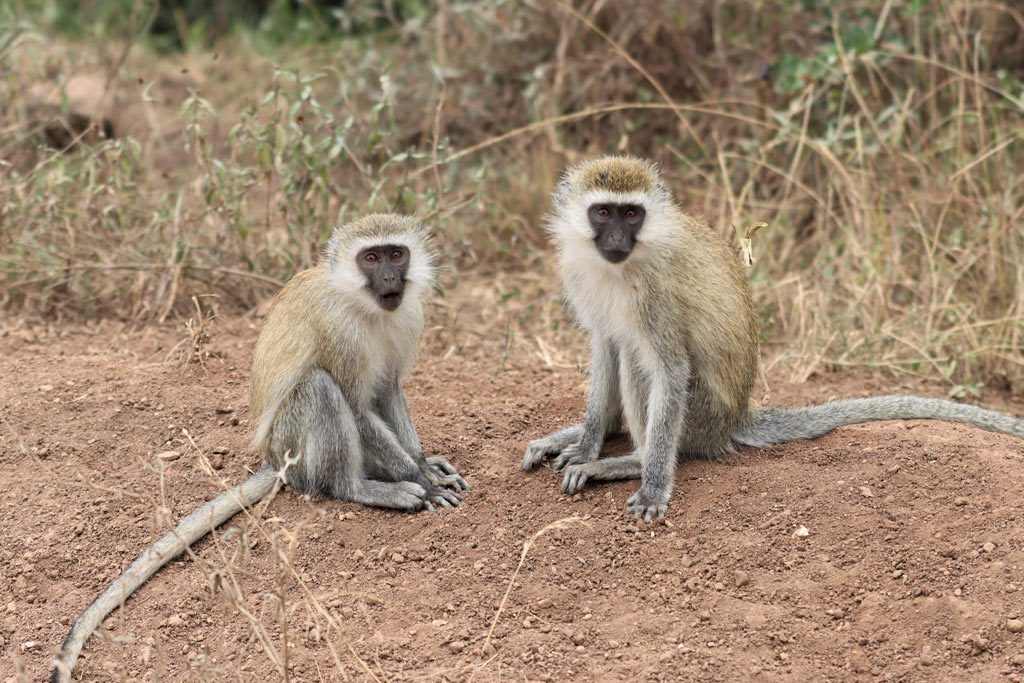
TOP THINGS TO DO IN NAIROBI NATIONAL PARK
The top thing to do when visiting Nairobi National Park is to go on a Safari .
At Nairobi National Park individuals are allowed to self-drive, but most people hire a guide and go on a tour. We chose to have a guide drive us and our experience completely exceeded our expectations.
Our guide was not only incredibly skilled at helping us find and identify a lot of different mammals and bird species, but he also knew right where to go to find some pretty amazing animal interactions. (Before our first safari, I had not realized just how important this would be.)
For example, on our first game run in Nairobi National Park, our guide (randomly) stopped the vehicle. At first, no one in our family saw anything, but then we spotted a lion laying low in the grass. It was exciting, but we could barely see him so after a little we were ready to move on. But our guide told us to wait for a few more minutes. We had no idea why, but we were so glad we did!
After waiting for a few more minutes, the male lion stood up, and then a female revealed herself from amongst the long grass. Before we realized what was going to happen next, they were mating!
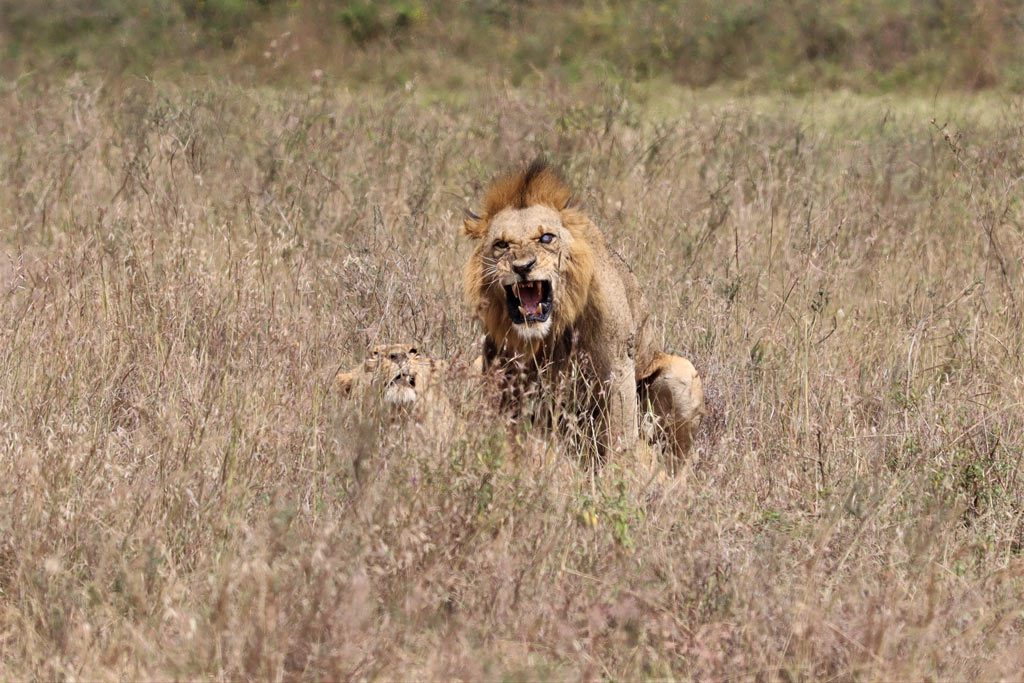
We would never have seen this (or got this great picture) without our wonderful guide. And this is just one of many experiences that our guide helped us find. So if you are able to have a knowledgeable guide take you on a safari here, we highly recommend it.
TIPS FOR FINDING A SAFARI TOUR OPERATOR
- The Kenya Association of Tour Operators, or KATO , has a directory of reputable tour operators in the area. This would be a good place to start.
- For a custom tour across Kenya, we recommend checking out Journeys International . This is who we used and they did a fantastic job helping us design our trip.
- Another option ( according to the website ) is that you can hire a tour guide and a six seater Landcruiser tour van right at the main entrance to the park, subject to availability. (Please confirm this option with the park to make sure vehicles are still available before you go.)
Tip: If you have the choice, we recommend opting for a safari vehicle that has a roof that raises. This allows for fantastic unobstructed views of the animals while on your safari.
More Things to Do in Nairobi National Park Include:
- Nairobi S afari Walk & the Orphanage
- Walking Trails at Hippo Pools
- Ivory Burning Site Monument
- Kingfisher picnic site – a green shaded area with picnic tables
- Mokoyiet picnic site – an open cliff top site with shaded tables, bathrooms and parking. Close by leopard cliff observation point.
For More Information: Nairobi National Park’s Official Website
WHAT TO EXPECT AT NAIROBI NATIONAL PARK
First, when you arrive at Nairobi National Park, you’ll need to stop at the gate and check in. If you are on a tour, your guide will do this for you. (This is a good place for a last minute bathroom break before you head into the park.)
As you, or your guide, checks in/pays, always watch out for wild animals that may be roaming by (especially if you are heading to the bathroom.) I mention this, because on our first visit to Nairobi National Park we were greeted at the gate by a large troop of baboons casually walking down the road towards us.
We were thrilled! And we clicked away on our camera while sitting safely in our vehicle. But I’ll admit, this might have been a little nerve racking if we had been caught off guard wandering around outside of the vehicles to the bathroom.
Tip: Always be aware of your surroundings before you exit your vehicle, even if you aren’t officially in the park yet.
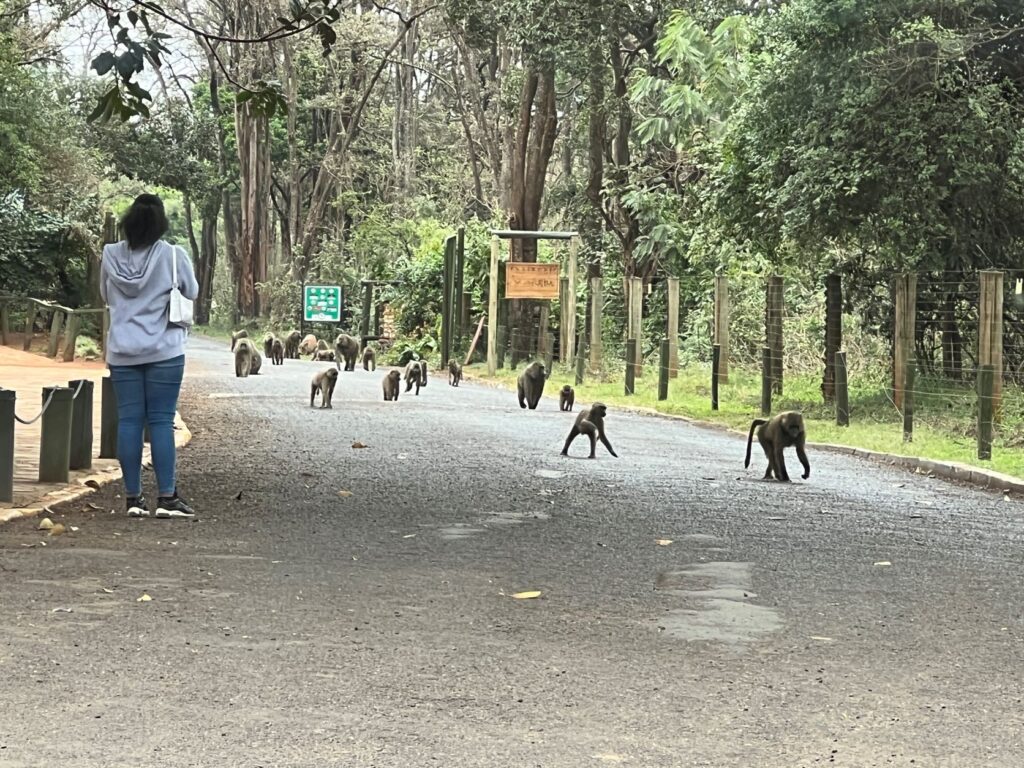
Once you enter the park, you’ll drive for a short bit before the bushes and trees lining the road begin to thin and the plains open up. Get ready to start looking for animals. They could be anywhere!
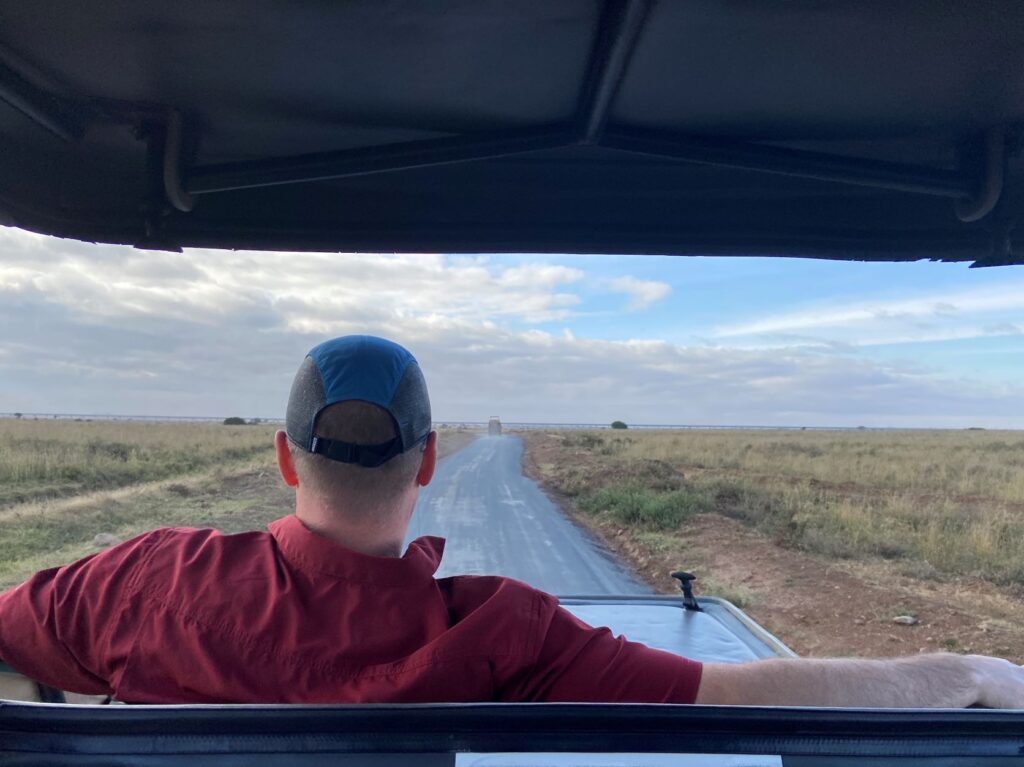
To aide in your safari experience, we highly recommend bringing a set of binoculars or two. This is so helpful in finding animals, especially the ones that are almost completely camouflaged in the grass or up in the crook of a tree. You wouldn’t believe how often a tree stump or termite mound in the distance looked like it may have been an animal. Our binoculars, quite frankly, helped us more times than I can count.
This was also a fantastic way to help keep our kids engaged as they searched for animals as well.
Before our trip, we tried out many different types and styles of binoculars. Below are our two favorites. (We brought both of these with us on our trip and ended up using them everyday!)
Bushnell H2O Waterproof/Fogproof Compact Roof Prism Binocular
- We have the 8x25mm. First, we love this binocular’s compact size, which was very important to us with limited space when traveling internationally for several weeks. We also thought it had great optical clarity for spotting animals far away.
- These lightweight binoculars are also now our preferred set when hiking or for any adventure on the go, since they can be easily thrown into our pack and not take up much room.
Bushnell H2O Roof Prism Binoculars
- Why Binoculars are So Useful in Africa – Is that dark bump on the tree over there a gnarled branch OR a Leopard? Is that brown colored place in the grass a termite mound, a fallen log, a single impala grazing, OR a Lion?
- Our “Eagle Eye” son with these binoculars was able to help us answer many upon many questions like this while we were out on safari.
- And as a bonus, since these binoculars were a little bigger in size, we were even able to take some really cool pictures using our phones held up to this binocular for an extra zoom!
This post contains Amazon & other affiliate links, which means we may receive a small commission, at no cost to you, if you make a purchase through a link. Our Disclosure Policy. Please know that we only share products with you that we use and love for our family. Thank you for supporting 10 Traveling Feet.
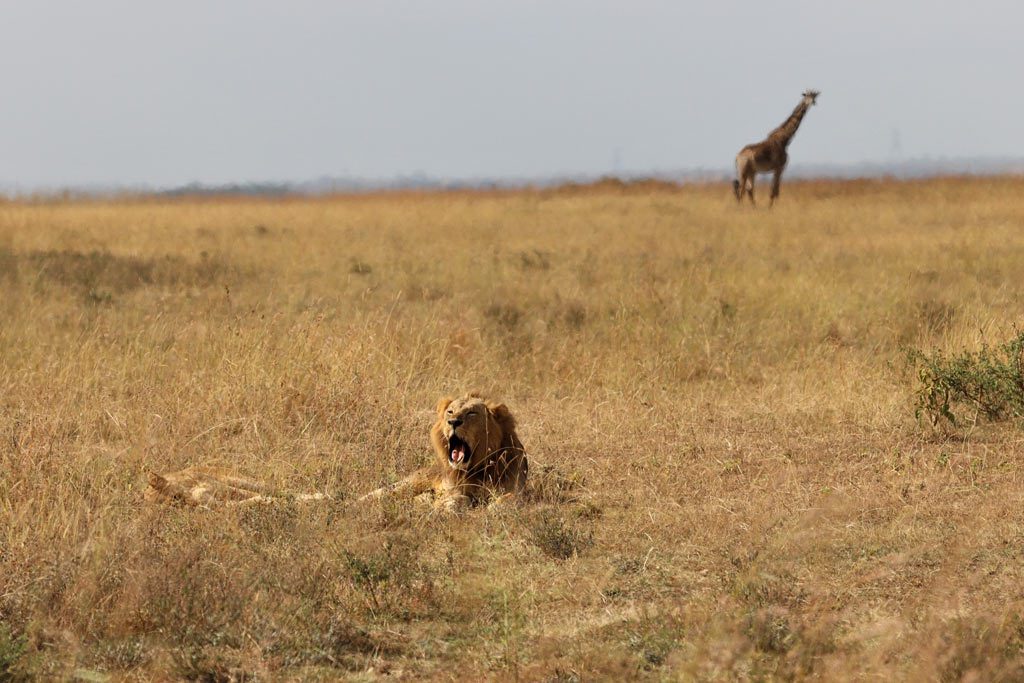
WHAT IS COMMONLY SEEN ON SAFARI IN NAIROBI NATIONAL PARK?
First of all, know that there are no elephants in Nairobi National Park. The park is really too small and it does not have sufficient woodland forest to support them.
But, Four of the other “Big Five” can be found here. This includes Lions, Buffalos, Leopards & Rhinos.
Nairobi National Park happens to be one of the best places in Kenya to see both the critically endangered Black Rhino & the Southern White Rhino. (It is home to 60 endangered Black Rhinos and 11 Southern White Rhinos that have been translocated here for their protection.)
Zebras, Impala, Wildebeest, Thomson’s Gazelles, Ostriches and Giraffes are also abundant throughout Nairobi National Park.
Safari Time
First of all, know that every safari drive into the park will be different, and that o n some drives you will see more than on others.
But it is this uncertainty that makes going on a safari so exciting. These animals are not fenced in like at a zoo. They are wild, roaming free and so you really never know what you may see.
Yet, at the same time, you also never know when you may encounter that special moment or experience that exceeds every expectation you thought possible.
For us that moment came early on our family’s second safari within Nairobi National Park when we came upon the mating ritual and dance of two ostriches!
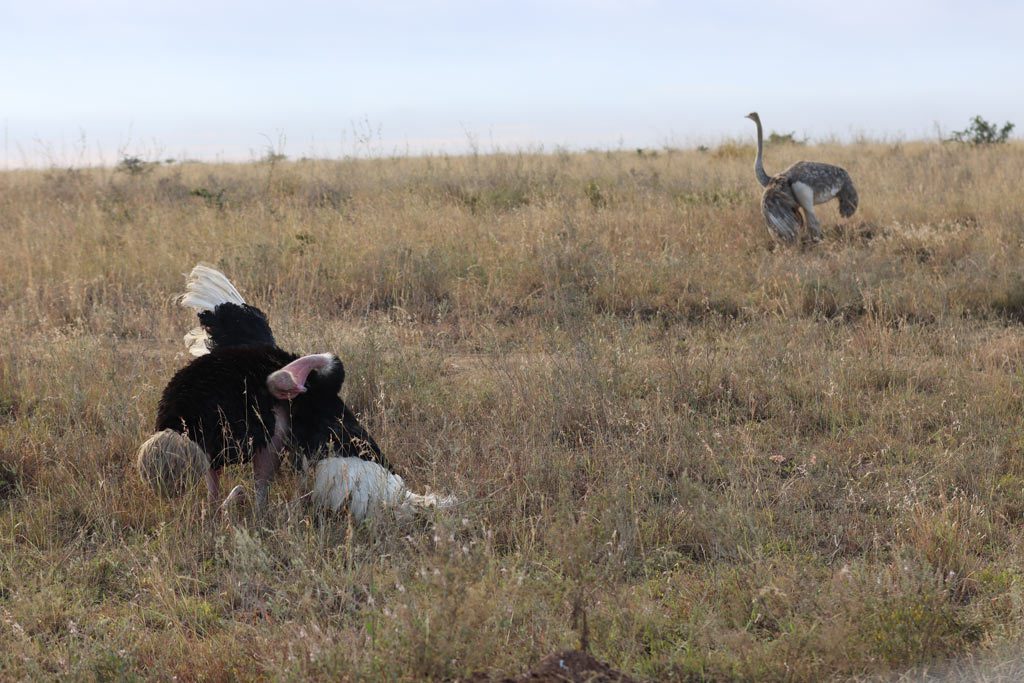
An Ostrich Mating Dance
The mating dance of the ostrich was something that I honestly had never even heard about (and I watch a lot of National Geographic shows), let alone think that I would ever see it. Yet, here we were, on our second safari in Africa and we see this male ostrich swinging his head back and forth onto his back, making this weird repetitious thumping sound, with his feathers all puffed out as he kneeled trying to entice the female ostrich over to him. It was quite an extraordinary site!
(And shortly thereafter, we had yet another lesson on the “birds and the bees” for my children.)
Now I’m definitely not saying that you should expect to see this impressive sight when you go out on a game run in Nairobi National Park. But, what I am saying is that the possibilities are endless as to what exciting sights and experiences you may encounter.
And with this in mind, don’t be afraid to enter the park (or any other park on safari) more than once if you have time. You never know what new experiences and sights await you.
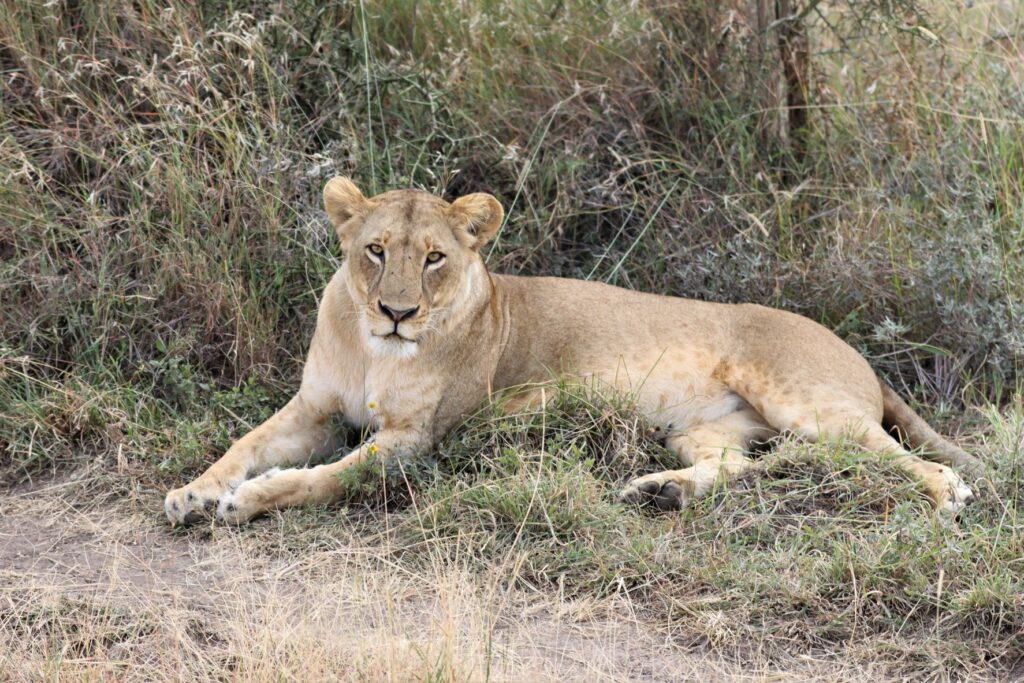
HOW OUR FAMILY CHOSE TO EXPERIENCE NAIROBI NATIONAL PARK
Our family went on two safaris drives in Nairobi National Park and each drive lasted about 3 1/2 hours.
Our first safari began about 1pm on our first day in Nairobi.
And our second safari began the next morning at 6:30am.
For our family, this was perfect. It was a nice amount of time to get a good feel for Nairobi National Park and surprisingly, both of our safari drives were completely different. On each drive we encountered new and diverse wildlife and somehow each safari drive managed to leave us with specific unforgettable moments (like the surprise lion mating and the unforgettable ostrich mating dance.) Who knows what a third safari drive would have shown us. Hopefully someday we can go back and find out.
But if you are more limited in time, as many people are, one safari into Nairobi National Park would be sufficient to see a lot of fantastic African wildlife and to have an amazing time.
ANIMALS YOU MAY ENCOUNTER IN NAIROBI NATIONAL PARK
(and what they look like) , so you can identify them on safari like a pro.
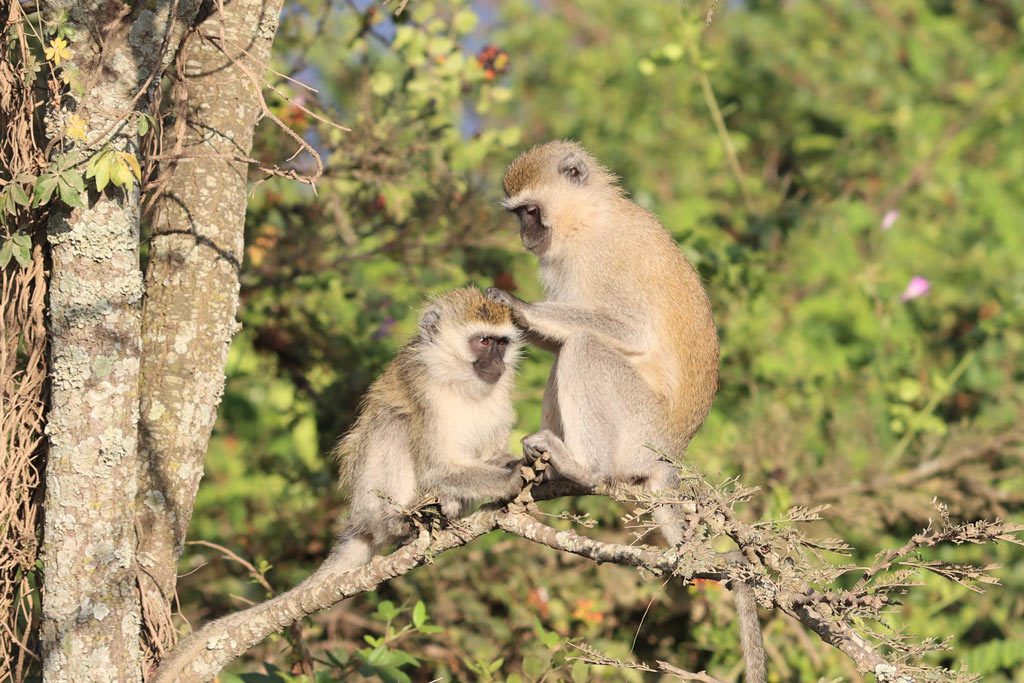
Vervet Monkeys – Look for their family groups up in the trees or in the bushes alongside the road.
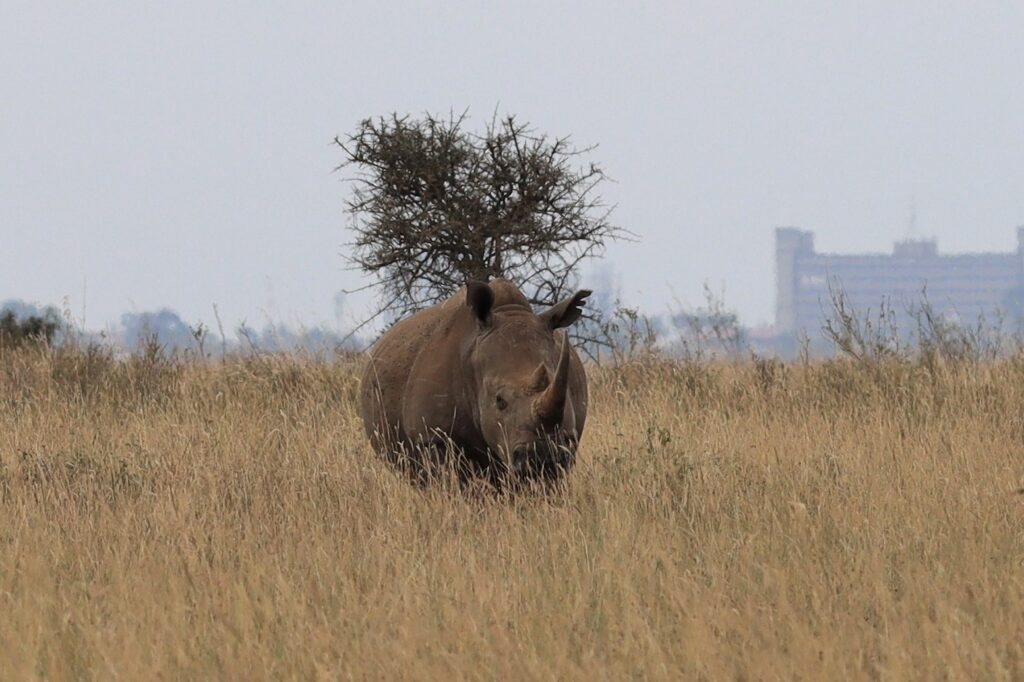
Rhinos – Both the Critically Endangered Black Rhino and Southern White Rhino can be found here. (That’s Nairobi in the background!)
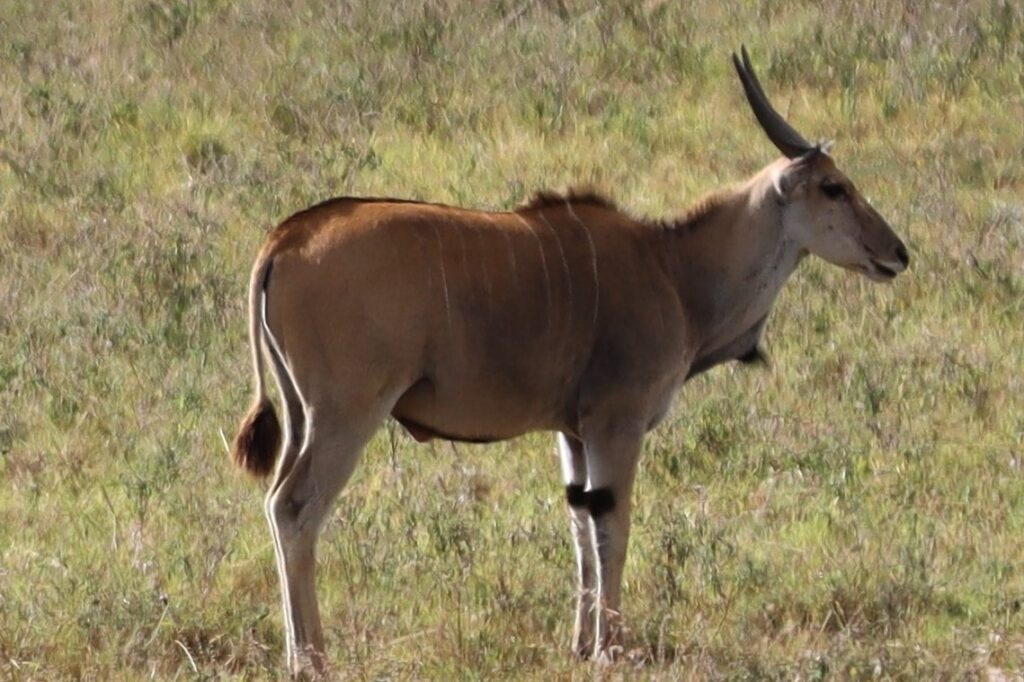
Eland – The World’s Largest Antelope! Males can be over 5 feet tall and 2,000lbs!
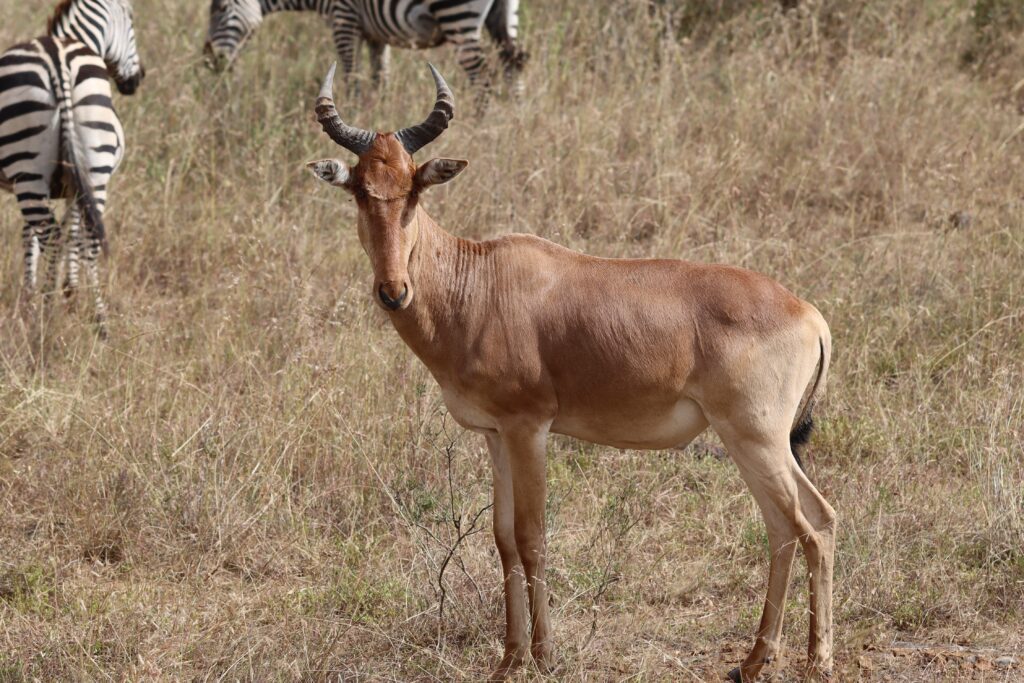
Hartebeest – Easy to identify due to its unusually elongated head and uniquely shaped bracket horns.
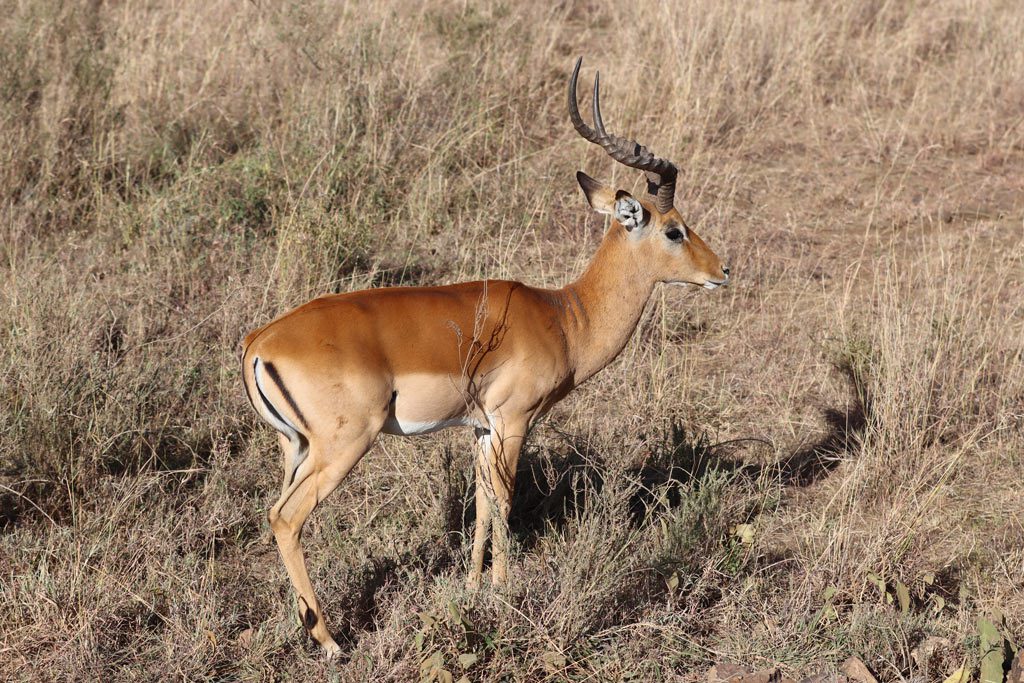
Impala – A good way to identify this antelope is by the black “letter M” pattern on their backside. There is also usually one single male with a large harem of females.
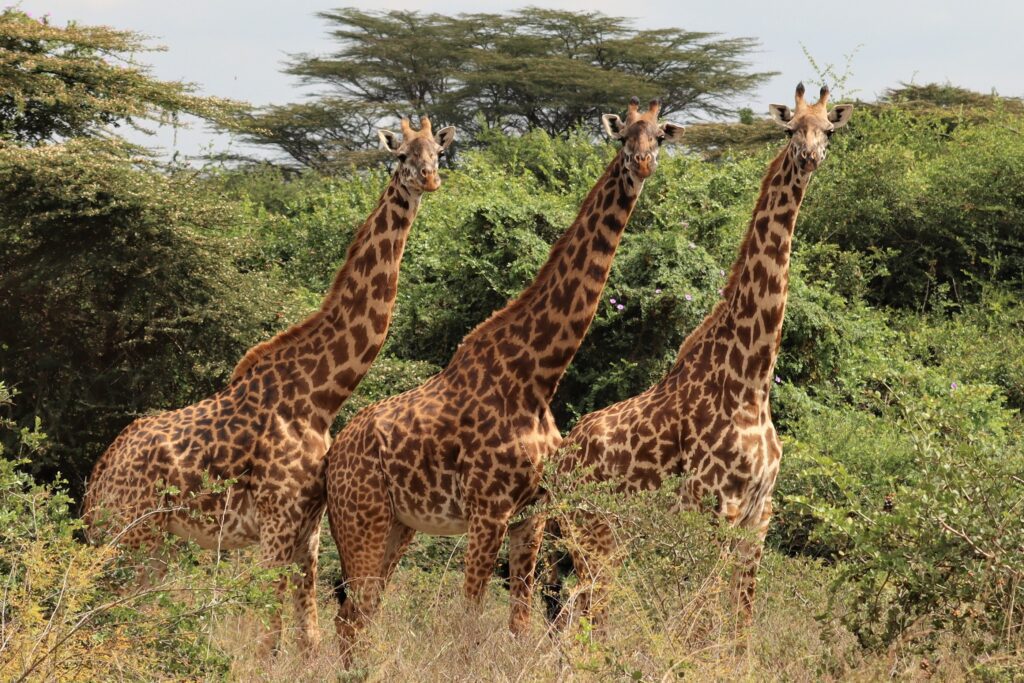
Masai Giraffe – The tallest among all land-living species, up to 19 feet tall!
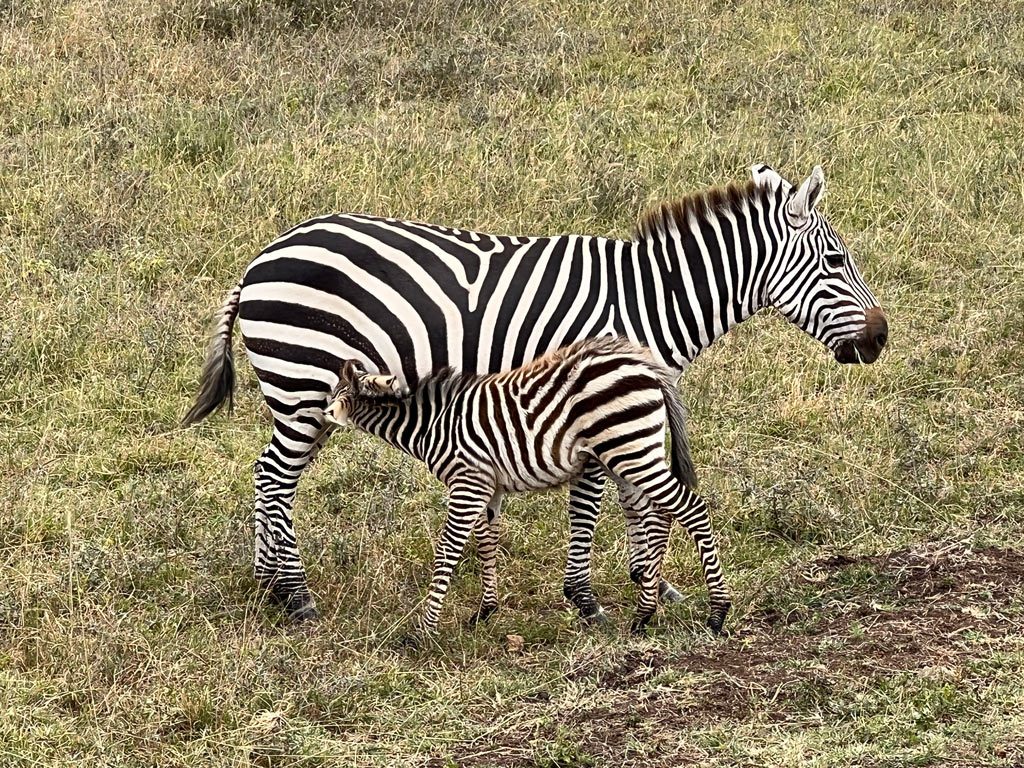
Zebra – Zebra are everywhere in Nairobi National Park, but don’t overlook them in search for some of the more sought after African animals or you might miss a special moment like seeing this precious baby zebra nursing.
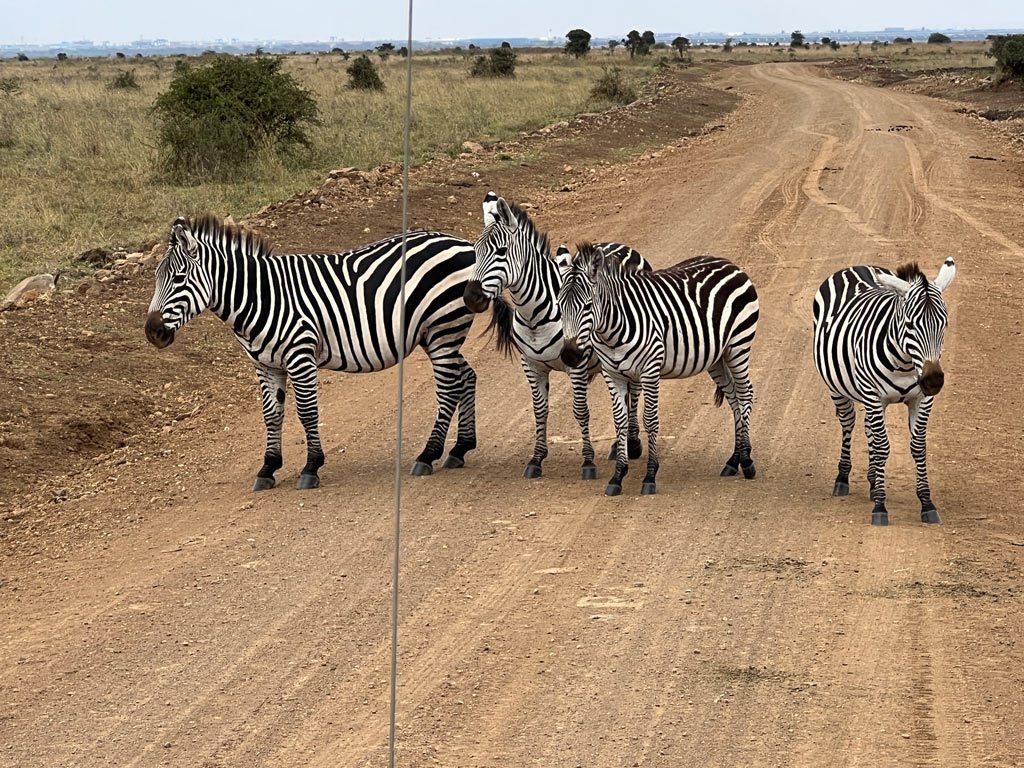
Yet, sometimes zebra won’t let you miss them, and they’ll stand directly in your path through the park.
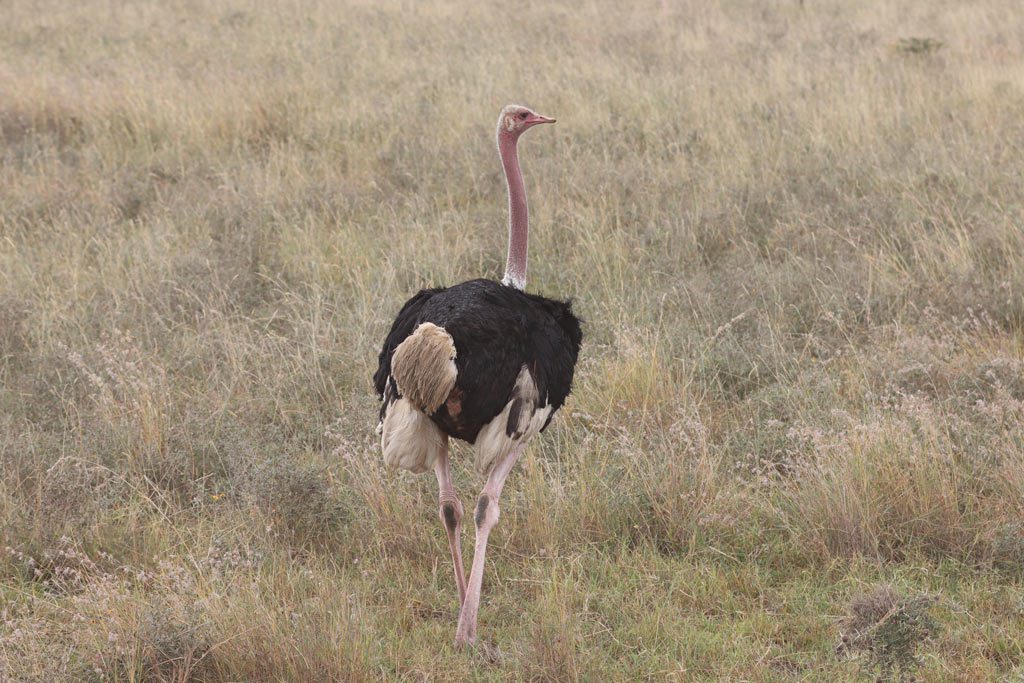
A Male Ostrich – notice the beautiful black and white coloring along with its pink neck.
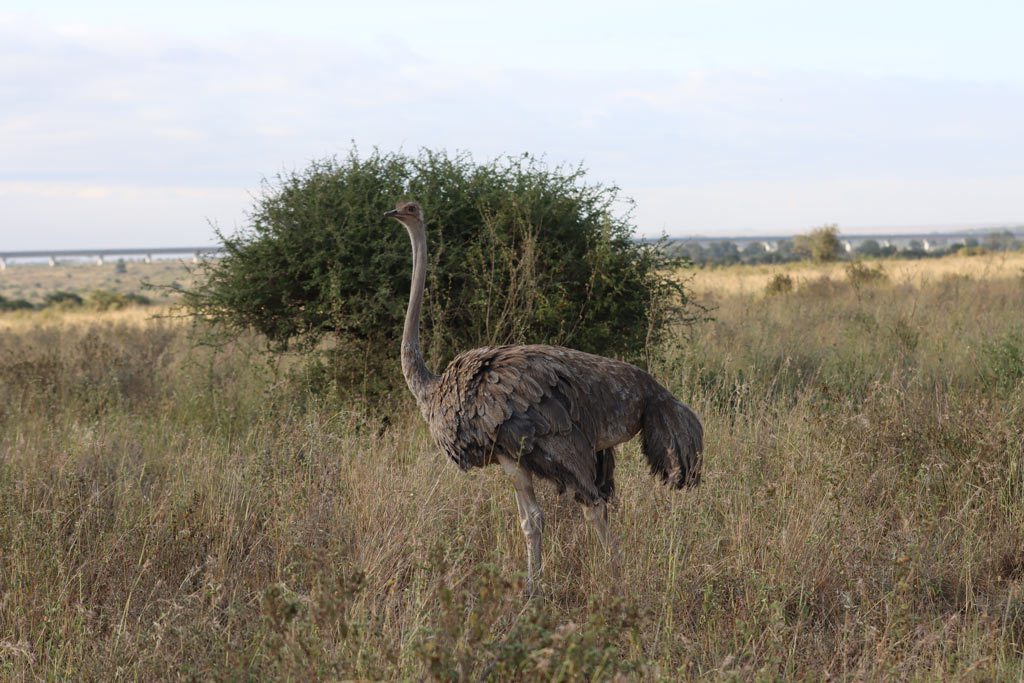
A Female Ostrich – females have a brown coloring that lets them camouflage better.
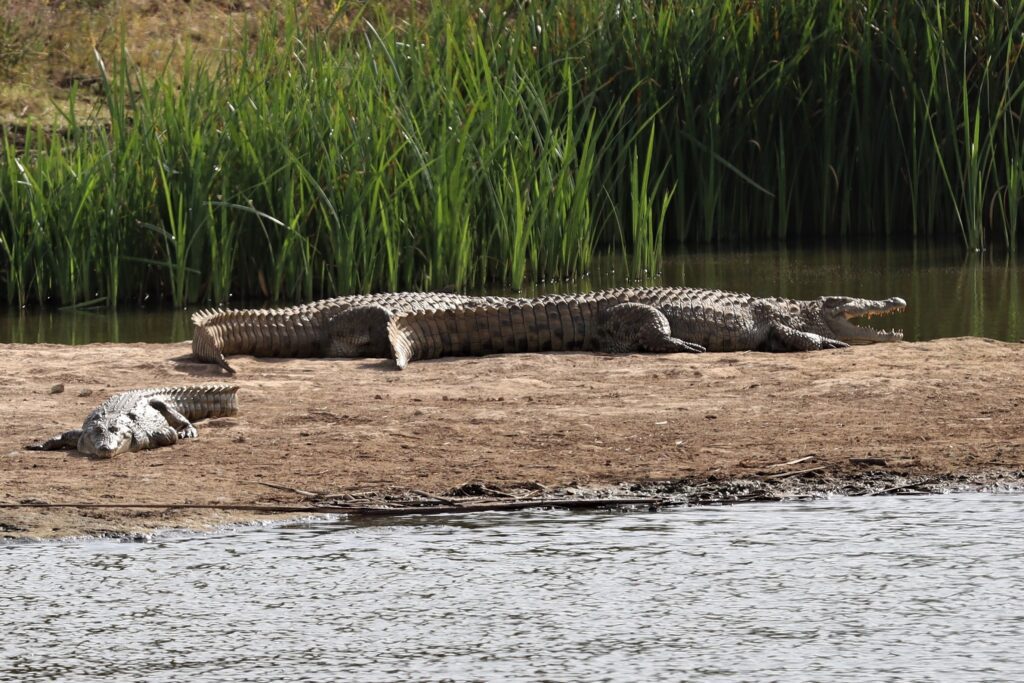
Crocodiles – look for crocodiles sunning themselves near bodies of water.
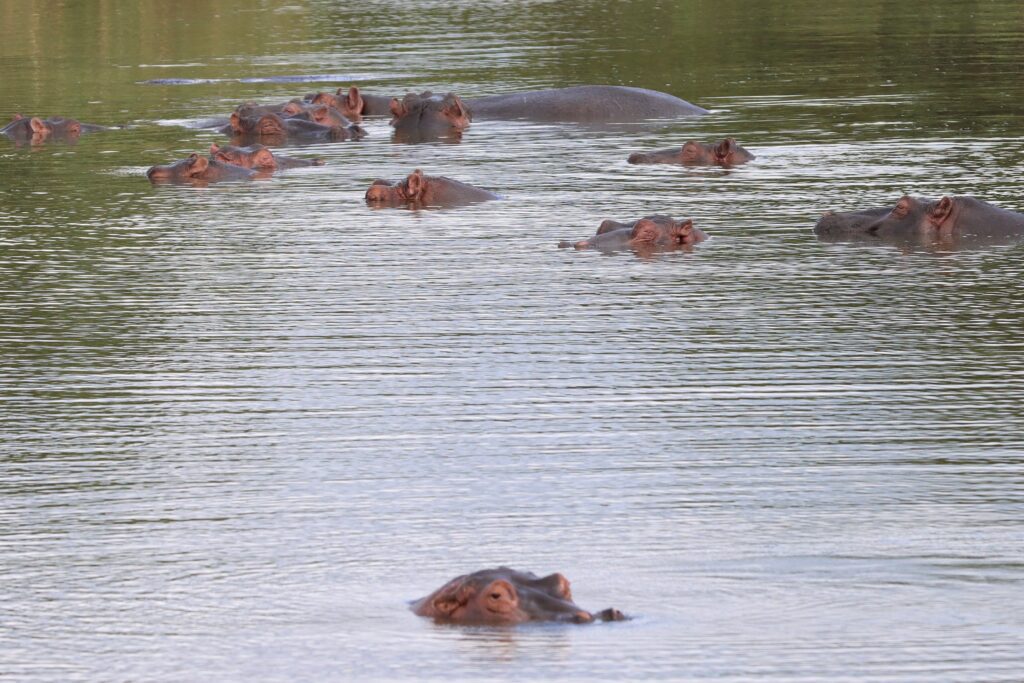
Hippos – Hippos can be found in or out of the water, but if they are in the water look for their heads sitting just above the surface.
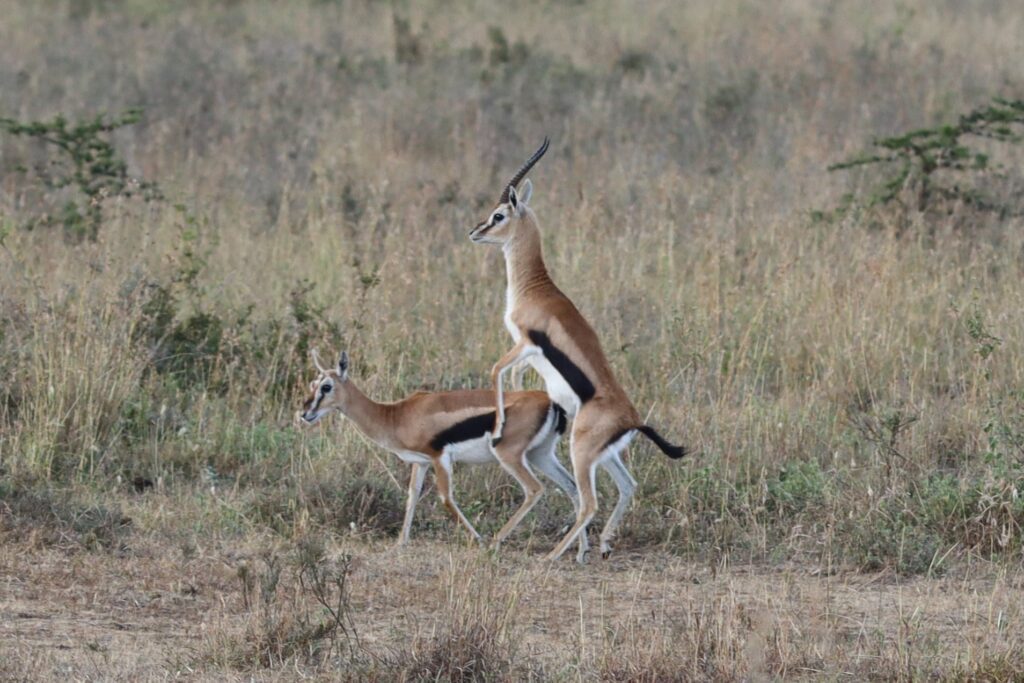
Thomson’s Gazelle – So I don’t know if this is normal, but it seemed like animals were mating everywhere when we were there. (We visited in late July.)
So just be prepared if you are traveling with kids, like we were, that you may get a few interesting questions or comments regarding this.
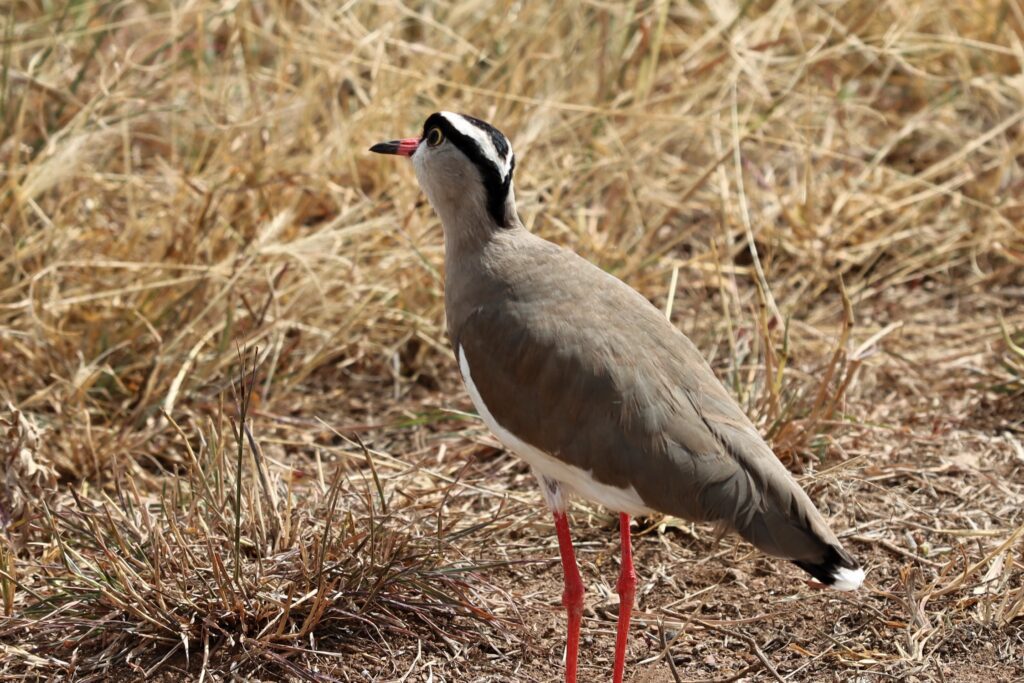
Crowned Lapwing – And don’t forget to check out some of the really unique birds found here as well.
This was actually one thing that really surprised me about our visit to Kenya. The birds sound completely different, which makes sense, but I had never really thought about that before.
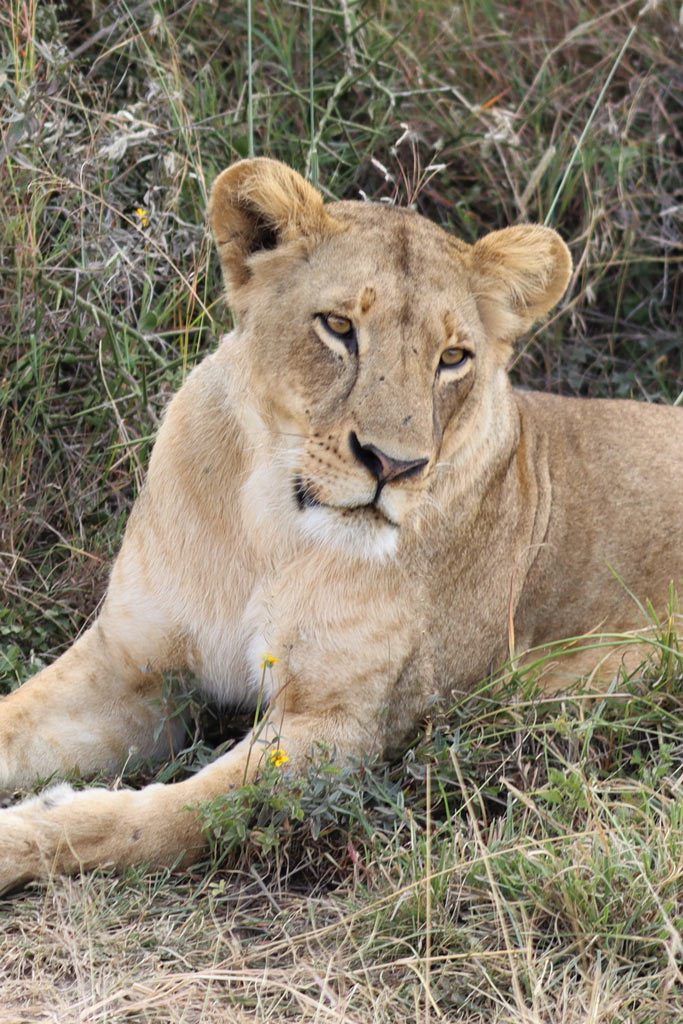
Last but not Least,
Lions – There are many lions in Nairobi National Park and hopefully you’ll get to see several. On our first game run we only saw two lions. (Those were the two that mated.) But on our second safari we saw ten! And several were lying right beside the road!
I hope that you can be so lucky as well.
The two animals that unfortunately we did not get to see in Nairobi National Park were cheetahs and leopards.
These animals can be very hard to spot, but I hope you are able to see one here!
WHAT TO BRING ON SAFARI?
- Water (Bottled water since the tap water is not safe to drink.)
- Binoculars (like the ones I mentioned above.)
- Sun Hat ( This is our favorite .)
- Pocket Animal Guide ( We like this one best .)
- The Camera we use – a fantastic investment
- Our Zoom Lens – for amazing close up shots
- And Our Camera Backpack – this is the best camera bag ever! And we’ve tried out a lot.
Because with a good camera and zoom, you can capture spectacular moments like this…
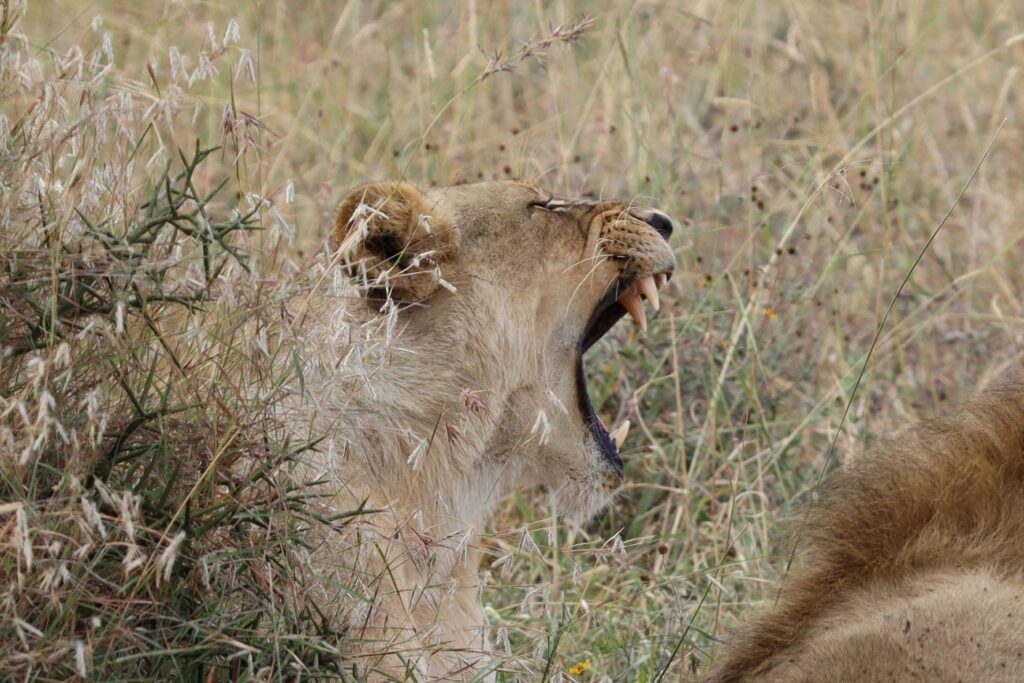
WHERE TO STAY NEAR NAIROBI NATIONAL PARK
THE BOMA NAIROBI HOTEL
Only a 15 minute drive from Nairobi National Park, this 5-star hotel offers spacious rooms, a swimming pool, shuttle service, two onsite restaurants and is conveniently located near both Jomo Kenyatta International and Wilson Airports.
This is where our family chose to stay and we thoroughly enjoyed our visit.
Tip: We stayed here 3 separate times, yet one time we were given a room that only had a narrow bathtub with a European handheld showerhead to shower. This was not a problem for us, but if you prefer a traditional stand-up shower, make sure to doublecheck the description on your booking to include a separate walk-in shower.
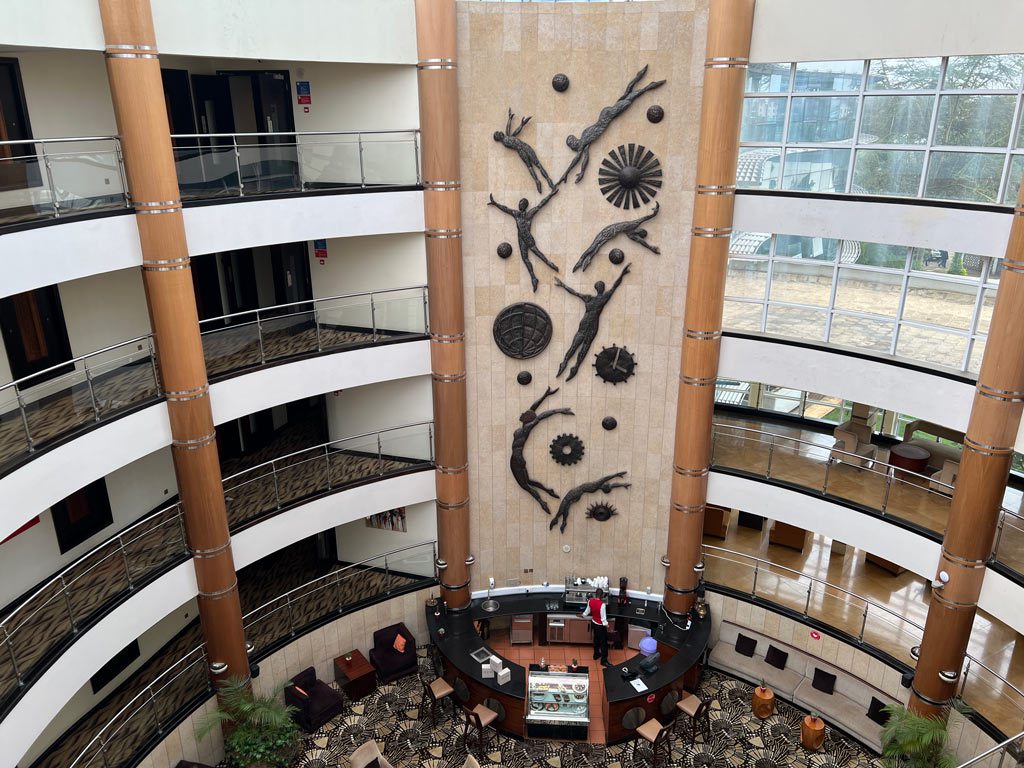
TOP NEARBY ATTRACTIONS IN NAIROBI
- David Sheldrick Wildlife Trust – Elephant Orphanage
- The Giraffe Center
- Bomas of Kenya
- Karen Blixen Museum
Have a Great Trip to Nairobi National Park With Your Traveling Feet!
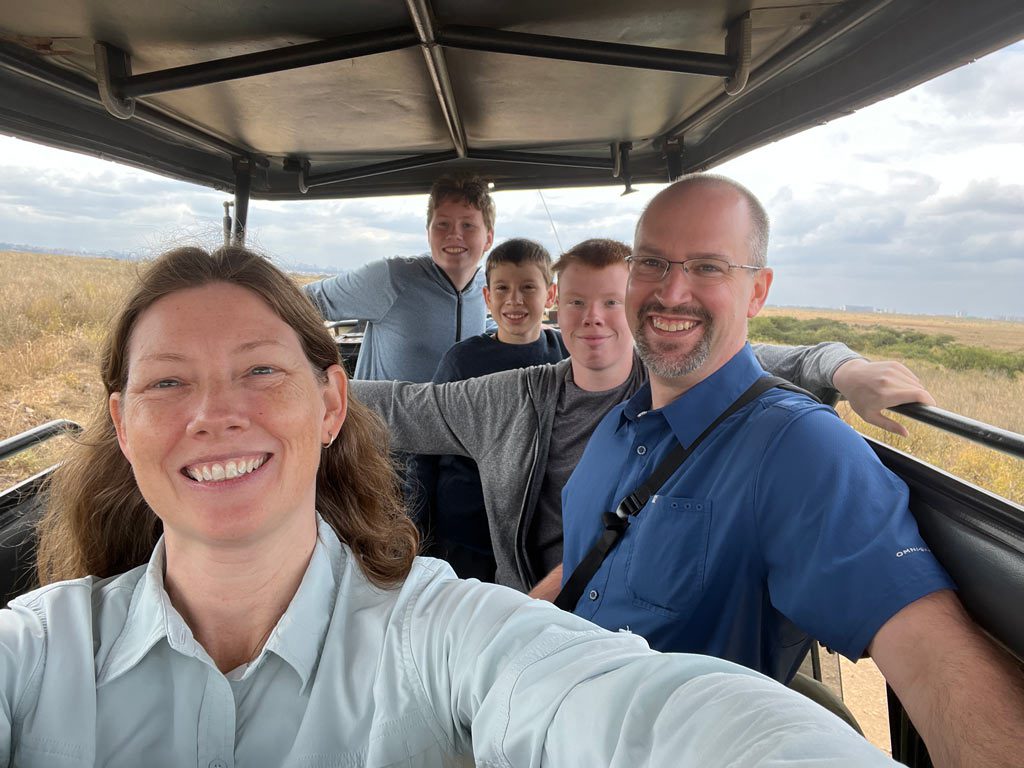
If You Found This Post Helpful, Please Share / Pin It
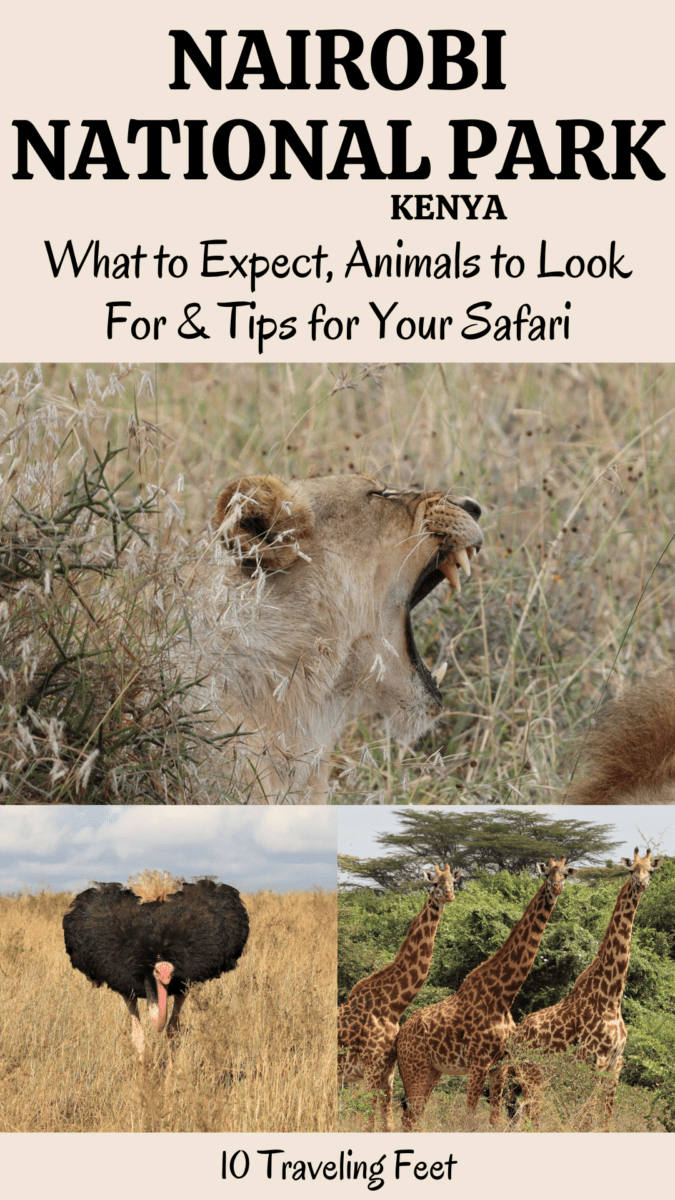
Must-Visit Elephant Orphanage in Nairobi
5 Fantastic Things to Do in Nairobi for Families (+2 Day Itinerary)
International Travel Checklist (15 Things To Do Before Your Trip)
You May Also Like:
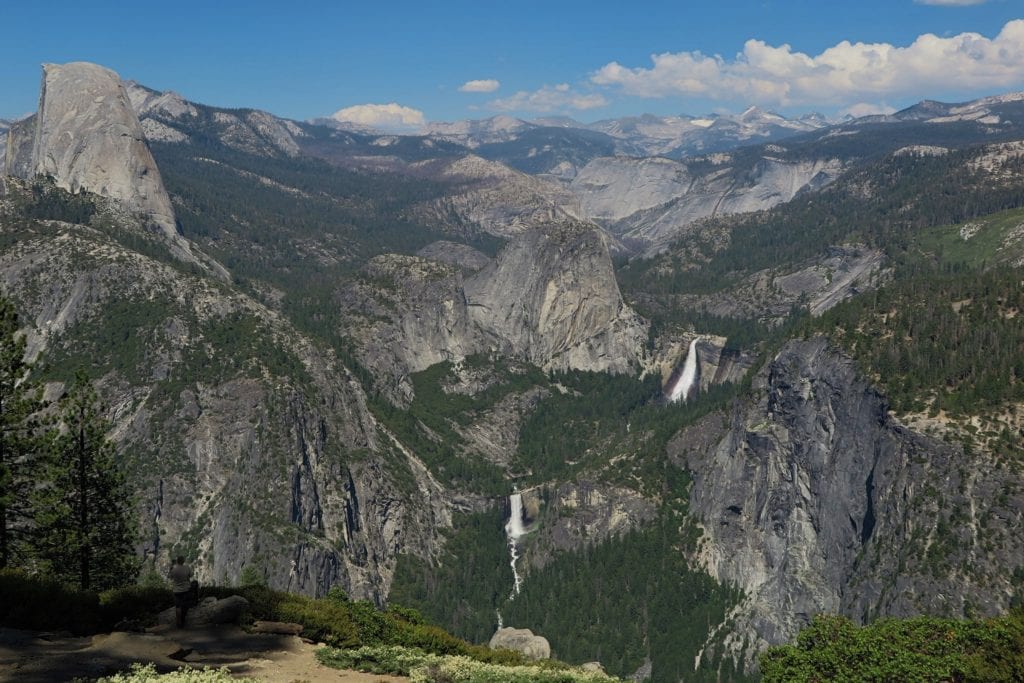
10 Traveling Feet is a participant of Amazon Associates which means means we may receive a small commission, at no cost to you, if you make a purchase through a link. Thank you for supporting 10 Traveling Feet.
Welcome to 10 Traveling Feet! My name is Jenny and we are a family of five that loves to explore & learn about our incredible world! Discover our favorite sites, top hikes, fantastic hidden gems and helpful travel tips for Your Next Adventure! Let's Find Your "Traveling Feet!"

- Ready-made safaris
- Experiences
- Special offers
- Accommodation
- Start planning
- Booking terms
- When to go on safari - month by month
- East or Southern Africa safari?
- Solo travellers
- Women on safari
- Accommodation types & luxury levels
- General tips & advice
- All stories
- Afrika Odyssey Expedition
- Photographer of the Year
- Read on our app
- 2024 entries
- 2024 details
- 2024 prizes
- 2024 entry form
- 2023 winners
- Collar a lion
- Save a pangolin
- Rules of engagement
- Job vacancies
- Ukuri - safari camps
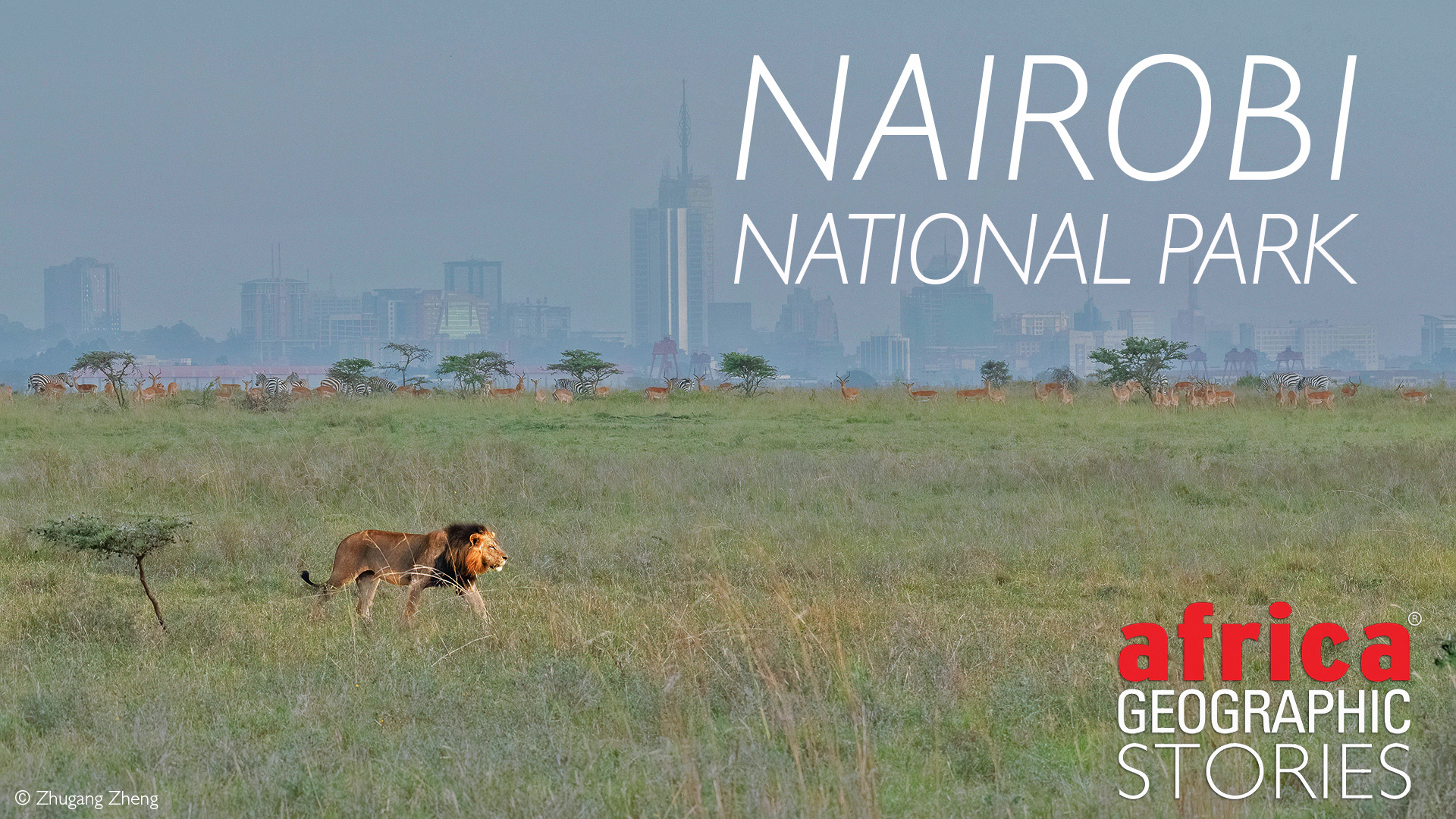
The Ark in the city

Tuesday, 25 July 2023

It’s an iconic yet incongruous image: a lion strolling on rolling grasslands, all attitude and defiance against the backdrop of the shimmering sprawl of a city’s skyline. In the heart of Kenya’s capital, Nairobi National Park is one of Africa’s most unique landscapes, suspended at the interface of wilderness and civilisation. No other protected space engenders this deeply poignant metaphor of wildlife and man, and the effect is a safari experience unlike any other.
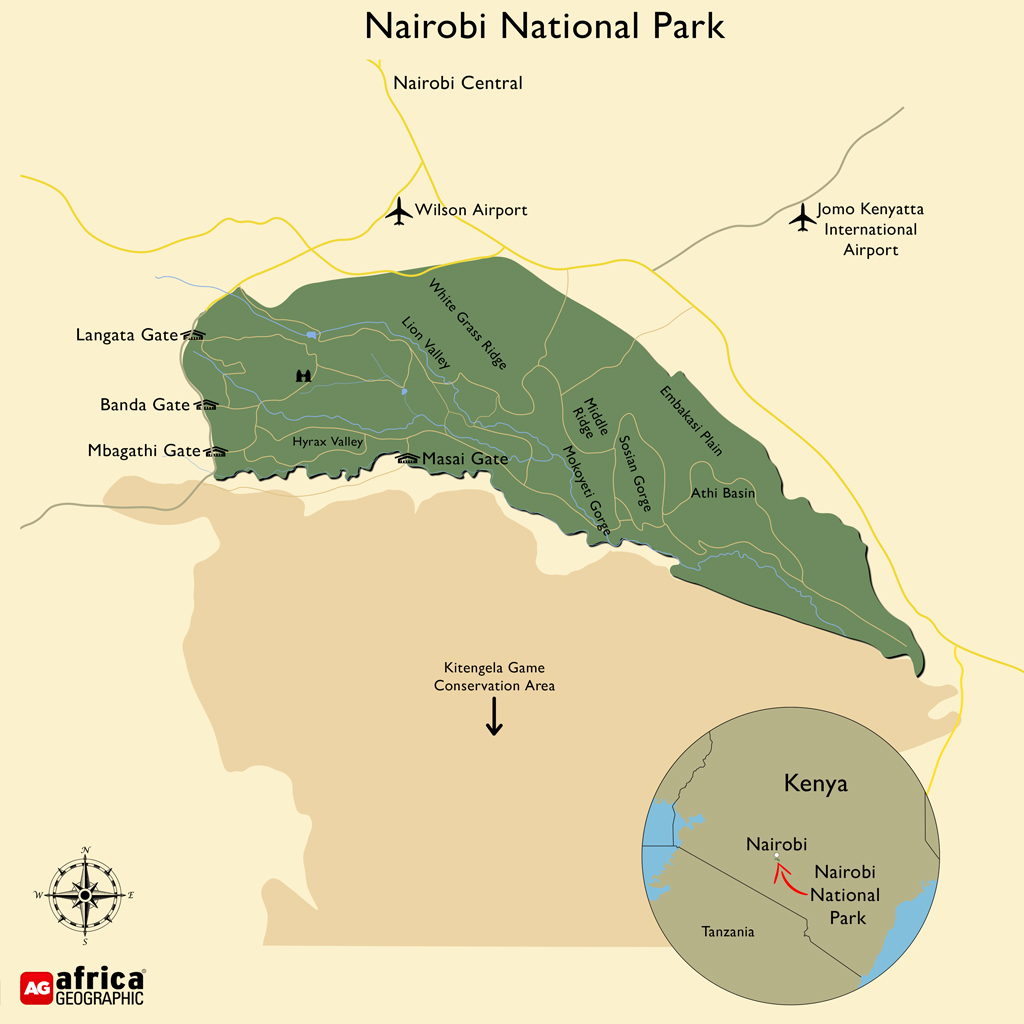
Nairobi National Park
Nairobi National Park is exactly what the name suggests – a national park pressed against a capital city. Some of Nairobi’s busiest road networks run along the northern boundaries, and the runway of Jomo Kenyatta International Airport is less than five kilometres from the park’s fence. Schools, shopping malls and every conceivable modern convenience lie just a stone’s throw from an open savannah where prides of lion stalk through the grass and herds of wildebeest and zebra migrate with the seasons.
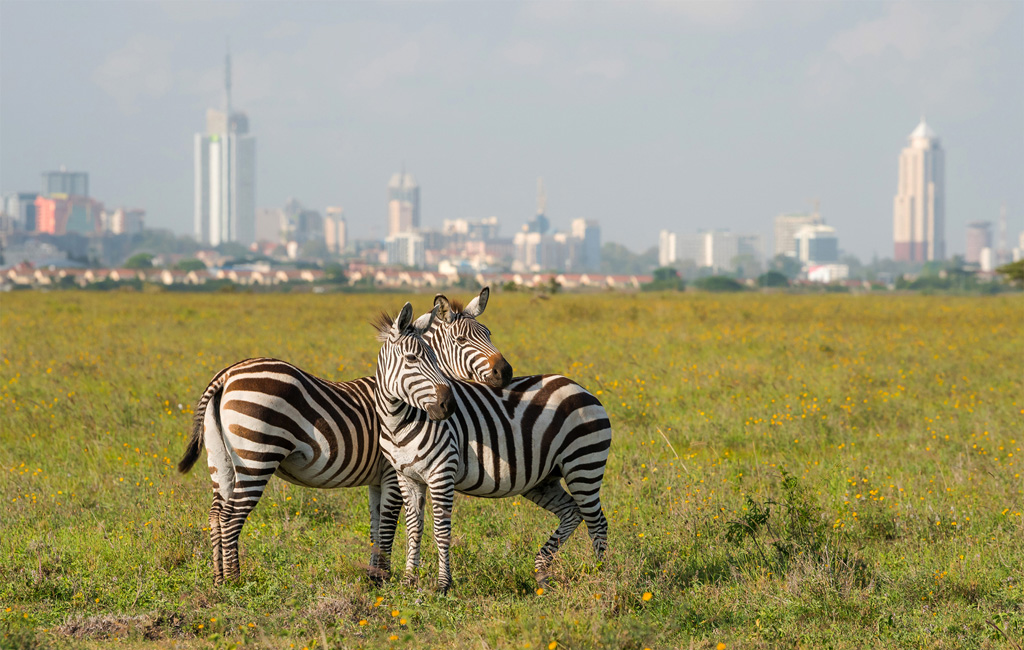
Apart from the intrinsic convenience of such an arrangement, it is the bizarre cognitive dissonance that attracts the park’s annual flood of visitors. This is no zoo, and the animals are as wild as those of the rural regions more often associated with traditional safari fame. Moreover, though the 117km 2 (11,700 hectares) park is small compared to other Kenyan giants like Tsavo East and West National Parks or the Maasai Mara National Reserve , it punches far above its weight in historical and conservation value.
For fairly obvious reasons, the entire northern curve of the reserve, including the western and eastern edges, is fenced where it abuts the city. However, the southern boundary, which follows the undulating Mbagathi River, is open to the Kitengela Game Conservation Area to the south. The animals can move in and out of the park through a wildlife corridor stretching to the Athi-Kapiti Plains to the southeast. Nairobi National Park thus forms a vital aspect of the greater Athi-Kapiti ecosystem, allowing for the seasonal migration of many of Nairobi National Park’s animals.
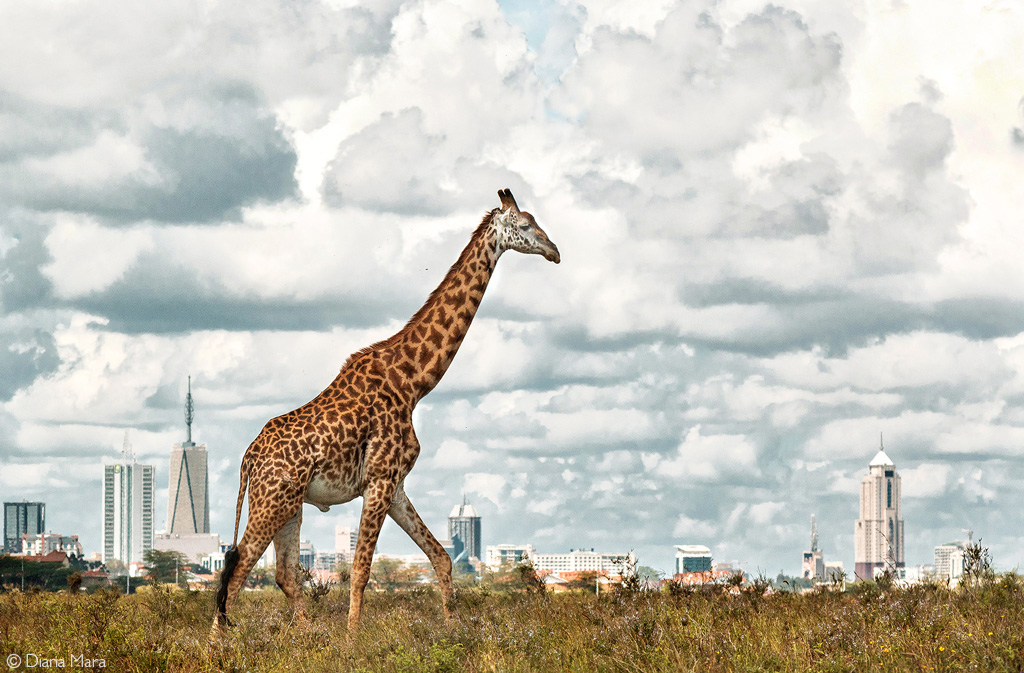
Kifaru’s Ark
Seemingly unperturbed by their proximity to civilisation, the park’s wildlife thrives in the surprising diversity of habitats available, including rolling plains, lush forests, marshlands and stretches of riverine valley. Of the Big 5, only elephants are absent, and the park’s black rhinos are probably the most celebrated residents (to find African safaris that offer the whole Big 5 experience, click here ). There are few places in Africa where the chances of encountering a black rhino are as high as in Nairobi National Park. According to Kenyan authorities, the park is home to around a hundred of these endangered pachyderms. Southern white rhinos are present as well, though in smaller numbers, and the park’s success in rhino conservation has earned it the nickname “Kifaru (meaning ‘rhino’ in Swahili) Ark”.

The IUCN Cat Specialist Group recognises the park as a Lion Conservation Unit. At the latest count, over forty lions are wandering the park’s confines. Cheetahs and leopards are less frequently seen, and encounters tend to be fleeting. However, their smaller spotted cousin, the serval, is a common sight. Nairobi National Park is considered one of the best parks in Kenya for these magnificent little hunters. Time spent with servals is guaranteed to be rewarding as they are almost constantly on the move, usually hunting for rodents and birds in the long grasses. Watching the spring-loaded pounce of a serval in action is wild poetry in motion.
Long-limbed giraffes and ostriches delicately pick their way across the plains, outcompeting distant skyscrapers to dominate the horizon while herds of eland nibble through the open woodlands. Impalas, hartebeests, gazelles (Thomson’s and Grant’s) and zebras are ubiquitous, and hippos and crocodiles lurk in the park’s rivers and dams. As evening draws in, the whoops of spotted hyenas and howls of black-backed jackals set up the nightly chorus, cloaking the sounds of the city and creating the impression of a wilderness far removed from humanity’s mark.

Kenya’s many migrations
Kenya is famed for the Maasai Mara section of the Great Migration – an annual circular journey of nearly two million wildebeests and zebras endlessly searching for fresh grazing. However, few people realise that East Africa was once home to several migrations and animal movements as the seasons and rainfall dictated water availability and food abundance. As is the case for thousands of ecosystems across multiple continents, humanity’s relentless growth and development put paid to these ancient cycles as fences, roads, and cities sprung up to block their paths.
However, some of these migrations still occur on a far smaller scale. One such example is the movement of animals from Nairobi National Park to the plains of Athi-Kapiti and beyond. During the wetter months, herds of wildebeest, along with an assortment of other antelopes and zebras, disperse across the open plains of Athi-Kapiti. As the rain dries up and the long dry season sets in, many of these animals travel back north to the reliable water points in Nairobi National Park.
Gauging the historic routes and scale of all-but-extinct animal migrations is a complex exercise, often involving no small amount of guesswork. Though impossible to know for sure, it is likely that the Athi-Kapiti migration once consisted of vast numbers of animals (including elephants) and saw wildlife moving all the way north past Nairobi to the permanent streams flowing off Mount Kenya. Sadly today, the Athi-Kapiti migration has all but virtually collapsed due to habitat loss and fragmentation. The thousands of wildebeest seen in the park at the end of the 20 th century are down to just a few hundred. Yet migrations are known to recover when obstructions are removed, and nascent Kenyan conservancies hold much promise for maintaining wildlife corridors.

Free as a bird
Less restricted by terrestrial impediments, the annual migration of bird species to Nairobi National Park continues largely unabated. The birding in the national park is even more impressive than the diversity of mammal life. An astonishing 520 bird species have been recorded – one of Kenya’s highest counts of any national park. Iconic Kenyan grassland species like the oddly stylish secretary birds and loquacious yellow-throated longclaws abound, and flocks of flamboyant grey-crowned cranes are commonplace. Jackson’s widowbirds, lesser falcons, Madagascar pond-herons, corncrakes and even the occasional shoebill: with the diversity of habitats on display, it is not impossible for keen birders to rack up a checklist of 200 different species in a day.

Explore & stay in Nairobi National Park
Want to go on safari to Kenya and Nairobi National Park? To find lodges, search for our ready-made packages or get in touch with our travel team to arrange your safari, scroll down to after this story.
There are three public campsites in Nairobi National Park for adventurous souls. Still, many of its visitors opt to take advantage of the proximity to Nairobi and select one of the more luxurious lodge options on the park’s periphery. Alternatively, some choose to stay in the city and immerse themselves in Nairobi’s vibrant (if occasionally chaotic) atmosphere.
The park’s small size means it can be easily explored in a day, but the natural kaleidoscope of plant, bird and animal life ensures that extended stays are never dull. The remaining migrating ungulates return to the park during the long dry season from late June until October, making this the best time for wildlife viewing. However, the park is generally accessible throughout the year.
Within Nairobi National Park, there are several unfenced picnic sites to stop for a few hours, absorb the ambience and munch on some brunch (nothing builds an appetite like an early morning safari). One such picnic area can be found at the park’s most popular attraction: the Ivory Burning Site Monument. Here the Kenyan President, Daniel Arap Moi, set fire to twelve tons of ivory in 1989. The image of the burning tusks made headlines worldwide – a profound and powerful statement of conservation intent from the Kenyan nation. Since then, several stockpiles of seized ivory and rhino horn have been set alight as a commitment against poaching.
After a meaningful but emotionally taxing visit to the Ivory Burning Site, a trip to the world-famous David Sheldrick Trust’s wildlife orphanage may be in order. Here visitors are treated to the opportunity to meet hand-reared baby elephants and, occasionally, rhino orphans before they are deemed old enough to be released back into the wild. The nearby Giraffe Centre also offers a close encounter with endangered Nubian giraffes (also termed Rothschild’s giraffe under a different classification approach).

Final thoughts on Nairobi National Park
Aside from its proximity to the conveniences of modern life and a host of unusual attractions, there is something far more to the appeal of Nairobi National Park. The fact that it lies against a capital city does not mean the safari experience is inauthentic.
Further reading
Have a look at Wildebeest migration routes under threat to learn more about East Africa’s less well-known migrations.
HOW TO GET THE MOST OUT OF AFRICA GEOGRAPHIC:
- Travel with us . Travel in Africa is about knowing when and where to go, and with whom. A few weeks too early / late and a few kilometres off course and you could miss the greatest show on Earth. And wouldn’t that be a pity? Browse our ready-made packages or answer a few questions to start planning your dream safari .
- Subscribe to our FREE newsletter / download our FREE app to enjoy the following benefits.
- Plan your safaris in remote parks protected by African Parks via our sister company https://ukuri.travel/ - safari camps for responsible travellers

Friend's Email Address
Your Email Address

- +254 712683442
NAIROBI NATIONAL PARK
Wild lions & leopards – minutes from downtown.

Lions? Leopards? And Chimps
In what other world capital could you breakfast at your hotel and then minutes later be amongst lion, buffalo, giraffe, and rhino in the wild. Nairobi National Park lies just 7 km (4 mi) from downtown Nairobi but hosts a vast array of wildlife – cheetah, gazelle, hyena, impala, zebra, ostrich, and more – all in their natural environment.
But unlike any other wildlife park, your sightings of the wildlife are set against a background of skyscrapers and even airliners on final approach to the Nairobi airport. This unique nature reserve is a startling blend of two different worlds, both equally accessible for your enjoyment.
The park is so close you can take a one-day or even a ½ trip here and easily be back in town for afternoon drinks.

What is Kifaru Ark? Kifaru means “rhinoceros” in Kiswahi.
The park is known for its dense population of black rhinos. They are well-protected here and are so abundant the reserve provides rhinos to other parks throughout Kenya.
- The Great Wildebeest Migration
If you should be here in July and August be prepared for another unusual sight – the migration of thousands of wildebeests and zebras throughout the park. This is the yearly journey of great herds roaming through the wildlands in search of ever taller grasses. Set against the cityscape in the distance, it’s an unforgettable sight.

This is a wild natural park, but in some respects, it offers the easy comforts of a city park as well. You’ll enjoy the many easy walking trails which also feature picnic sites. And not all the action is on terra firma – look about to take in the more than 400 bird species adorning the sky and trees. You may also find lots of Nairobi schoolchildren enjoying the park with you.
Riverine Forest
Through these spaces, your safari will also bring you close to giraffe, monkey, baboon, impala, gazelle, zebra, hippo, and hyena. While in the trees above, the sanctuary’s 300 bird species will entertain with their busy activity and colors. And all this exciting wildlife is framed by towering Mt. Kenya in the distance.
Don’t Miss…
Endangered Black Rhinos – Offering one of Kenya’s densest populations of black rhinos, they will be hard to miss! The protected breeding program here is a testament to best conservation practices and guarantees you sightings of the endangered creature.
Four of the “Big Five” – Take a game drive to see lions, leopards, buffalos, and rhinos. Not to mention giraffes, zebras, hippos, impalas, hartebeests, baboons, elands, and more.
David Sheldrick Elephant Orphanage – Another one-of-a-kind treat. This sanctuary within the park rescues and adopts injured and orphaned baby elephants and rhinos. Come here at feeding time to see masses of the adorable youngsters running for their giant baby bottles!

Ivory Burning Site Monument – History was made here when Kenya’s leaders oversaw the symbolic burning of tons of contraband ivory. These periodic burnings memorialized Kenya’s commitment to the abolition of the ivory trade and the protection of its elephants.
Wildebeest & Zebra Migration – From July to October, thousands and even millions of grazers cross into Kenya on their timeless search for sustenance. If you’re at the park in July or August you can’t miss this incredible display of wildlife.

Community Projects
These reserve-based projects help the livelihoods of the nearby rural communities.
- Education for local students, including computer skills training
- Healthcare – providing medical supplies to the local health centers and mobile clinic
- Energy – providing hundreds of local families with energy-efficient stoves – reducing the need for firewood.
History of Nairobi National Park
This is Kenya’s oldest national park, officially opened in 1946. Prior to that time, the settling of Nairobi pushed the animals further away from the growing city. This resulted in a thinning of the herds and calls for their protection. In response, the 30 thousand acres national park was established as a haven and a respite for the nearby city.
The history of Nairobi National Park dates back to the early 1900s, when the British colonial government set aside a large portion of land for wildlife conservation, in order to protect the wildlife from widespread hunting. However, it wasn’t until the mid-1940s that the park was officially opened to the public. The park was initially intended to be a safe breeding ground for big game species, but it quickly became a popular destination for both locals and tourists alike. Today, Nairobi National Park is one of the most important wildlife reserves in Africa, attracting thousands of visitors each year.
Despite being located just a few miles from the bustling city of Nairobi, the park remains a vital sanctuary for a wide variety of wildlife species. Over the years, it has been home to lions, cheetahs, zebras, giraffes, and many other iconic African animals. The park’s unique location and rich history make it a must-visit destination for anyone interested in wildlife conservation and the natural beauty of Africa.

Nairobi National Park Facts
This smallish park of 30,000 acres or 117 sq. km (45 sq mi) is home to great concentrations of wildlife in proximity to a major world capital.
Location : The park is 7 km south of Nairobi, taking no more than 15 minutes to get there from downtown.
Climate: Except for the rainy season of April through June, the park is generally dry. The average daytime temperature is 22 o C/72 o F.
Best time to visit: The dry season is best for viewing the wildlife (July – March). April – June is the rainy season with muddy trails and more challenges for seeing the animals. Visitors can watch the migration unfold during July and August.
Operating Hours: The park is open from 06:00 am to 06:00 pm daily.
Getting there: By road – from Nairobi’s center travel via Langata Road. You can book a full-day or half-day excursion with Africa Kenya Safaris .

Nairobi National Park FAQs
Got questions about Kenya’s oldest national park? Find out all you need to know about Nairobi National Park with our FAQ guide!
When was Nairobi National Park established?
Nairobi National Park was established in 1946, making it Kenya’s first national park. Located just a seven kilometers from the city center, it covers an area of 117 square kilometers and is home to a diverse range of wildlife, including lions, giraffes, and black rhinos. Today, it remains a popular destination for both locals and tourists seeking to experience Kenya’s natural beauty without venturing too far from the city.
When is the best time to visit Nairobi National Park?
The best time to visit Nairobi National Park is during the dry season from July to October and from January to February. During this time, the vegetation is sparse, making it easier to spot wildlife. Additionally, the weather is pleasant with sunny days and cool nights, making it a comfortable time to explore the park. July and August are the best months to visit and experience the spectacle of the Great Wildebeest Migration.
Where is Nairobi National Park located?
Nairobi National Park is located in Kenya, just seven kilometers south of Nairobi’s city centre. The park covers an area of 117 square kilometers, is situated by the Athi Plains, and is one of the world’s few wildlife reserves located within a capital city. Despite its proximity to the city, the park is home to a diverse range of wildlife, including lions, cheetahs, and wildebeest.
Is there accommodation at Nairobi National Park?
Given that Nairobi National Park is so close to Nairobi city centre, visitors typically stay in hotels in Nairobi, and take a Nairobi National Park day trip . It’s a great option for those experiencing safari for the first time, or those looking to economise on their safari holiday.
What are Nairobi National Park's opening times?
Nairobi National Park is open every day from 6:00 am to 6:00 pm. With the exception of night safaris , visitors are not allowed to enter the park outside these hours, so it’s important to plan your visit accordingly. It’s also worth noting that some of the park’s facilities, such as the Nairobi Animal Orphanage, have different opening times, so be sure to check ahead before you go. Or just book a guided tour with us, and we will do all the planning for you!
How many lions are in Nairobi National Park?
Based on a recent official count, which was conducted in 2019, there were an estimated 36 lions in the park. The lions in Nairobi National Park are known for their unique behaviour of living in close proximity to humans, making them one of the few lion populations in the world that coexist with a major city.
How can I visit Nairobi National Park?
The best way to experience the Nairobi National Park’s wildlife and natural beauty is by booking a safari tour with Africa Kenya Safaris. We offer a range of customized tours and packages to suit different interests and budgets. Our experienced guides will take you on a thrilling adventure through the park, ensuring you have a memorable and unforgettable experience!
What animals are in Nairobi National Park?
Nairobi National Park is home to a diverse range of wildlife, including over 100 mammal species and over 400 bird species. Some of the park’s notable animals include lions, leopards, cheetahs, buffaloes, giraffes, zebras, and black rhinos. Additionally, the park is also home to several primate species, such as baboons and vervet monkeys, and numerous reptiles and insects.
Are there elephants in Nairobi National Park?
Nairobi National Park is home a dazzling array of African wildlife to see on safari, but sadly grown elephants roaming free are not among their number. Baby elephants can be seen in the protected environment of David Sheldrick Elephant Orphanage, where visitors can watch feeding time. And for those who are looking for a more elephant-focused experience, we can recommend visiting Amboseli National Park or Tsavo East National Park , both of which are known for their large elephant populations and provide an excellent opportunity to see these magnificent creatures up close as they roam free.
Is Nairobi National Park open on Sundays?
Yes, Nairobi National Park is open to visitors every day of the week, including Sundays. The park’s opening hours are from 6:00 am to 6:00 pm, and visitors are not allowed to enter the park outside of these hours, except on specially arranged night-time safaris . If you’re planning a visit to the park, join a tour with Africa Kenya Safaris to avoid any problems with park closure.
How big is Nairobi National Park?
Nairobi National Park covers an area of 117.21 square kilometers, making it one of the smallest national parks in Kenya. By comparison, the famous Maasai Mara National Reserve covers over 1,500 square kilometers, while Tsavo National Park is the largest national park in Kenya, covering an area of over 22,000 square kilometers. Despite its small size, Nairobi National Park is home to a wide variety of wildlife and is a popular destination for visitors to Kenya’s capital city.
How to get to Nairobi National Park?
There are several ways to get to Nairobi National Park, including taking a taxi, public transport or private vehicle. However, booking a guided tour or safari with Africa Kenya Safaris is the best way to ensure a hassle-free visit to the park. We offer a variety of transport options to suit different needs, including 4×4 safari vehicles , and our experienced guides who will take you on a thrilling adventure through the park.
Rhinos in Nairobi National Park
Amazingly accessible, yet surprisingly dense with wildlife, this is one of the most unique animal parks in the world. Sightings of lions are not uncommon, and you’re guaranteed to see rhinos as well. With the cityscape serving as an unusual background, your photos will become a most unique memento.

Join Us at Nairobi National Park
Let Africa Kenya Safaris whisk you over to this special park. We offer ½ or 1-day excursions leaving from the site of your choice. This is an easy intro to the excitement of safari life and the beginning of your exploration of Kenya’s other great parks.

Let’s Get Started
Our clients
Driving technology for leading brands, our accreditations and booking security.
Africa Kenya Safaris Ltd is licensed under the Kenya Tourism Regulatory Authority ( TRA ) . It is Bonded member No. AS/720 of the Kenya Association of Tour Operators ( KATO ) , Ecotourism Kenya , East African Wildlife Society, and the African Travel and Tourism Association ( ATTA )

- About Africa Kenya Safaris
- Safari guides
- About Kenya
- About Nairobi
- Sustainability
- 2-4 Day Nairobi Safari Tours
- 5-8 Day Nairobi Safari Tours
- Masai Mara Kenya Safaris
- Amboseli Kenya Safaris
- Kenya Flight Safaris
- Group Tours from Nairobi
- Group tours from Kenya beach
- Nairobi Excursions
- Nairobi Day Trips
- Nairobi to Diani Beach Tours
- Diani One Day Excursions and Safaris
- Safaris From Diani Beach
- Kenya Beach to Nairobi Safaris
- Kenya Safaris and Diani Beach
- Kenya-Tanzania Safaris
- Tanzania day safaris
- Mountain Climbing
- Customized Africa safaris
- Hot Air Balloon safari
- Masai Village cultural visit
- Nairobi to Mombasa Madaraka Express SGR Train schedule
- Bush dining on your African safari
- Africa Beach Holidays
- Wildebeest Calving Safari
- Bird watching safaris
- Tree planting
- Lion And Rhino Tracking
- Kenya & Tanzania Photographic safaris
- Family Safaris
- Honeymoon safaris
- Wellness safaris
- Booking Terms
- What to pack on an African safari
- Kenya E-visa
- Tanzania E-Visa
- Uganda E-Visa
- Rwanda E-visa
- Kenya Wildlife Parks
- Tanzania Wildlife Parks
- Tanzania safari guide
- 4 x 4 Safari Jeeps
- Safari Lodges & Tented Camps
- Flight safaris Baggage policy
- Watch our podcasts
Book This Tour
Personal information.
All fields with an asterisk (*) are required
Tour Information
Help us create your perfect safari tell us about your travel choices, any unique experiences you desire, and upcoming special occasions..


Nairobi National Park – Complete Guide
Travel author
I have a passion for the English countryside and especially anywhere in Yorkshire. I drink far too much Yorkshire tea on my travels and even take it with me when abroad. My passion is to share travel experiences with my readers which may help them plan their holidays and save money.
As an Amazon Associate, I earn from qualifying purchases
The Nairobi National Park is the oldest in Kenya, and its proximity to the capital city makes it a hub for safari seekers.
The park has a host of unique attractions, and there are plenty of fun activities to do to make your visit memorable.
Here is a comprehensive guide to help you discover and enjoy the best that the Nairobi National Park has to offer.
Table of Contents
Brief History
Nairobi National Park was established in 1946.
With a total area of just over 45 square miles, it is one of the smallest national parks in Africa, yet it supports an astonishing variety of wildlife.
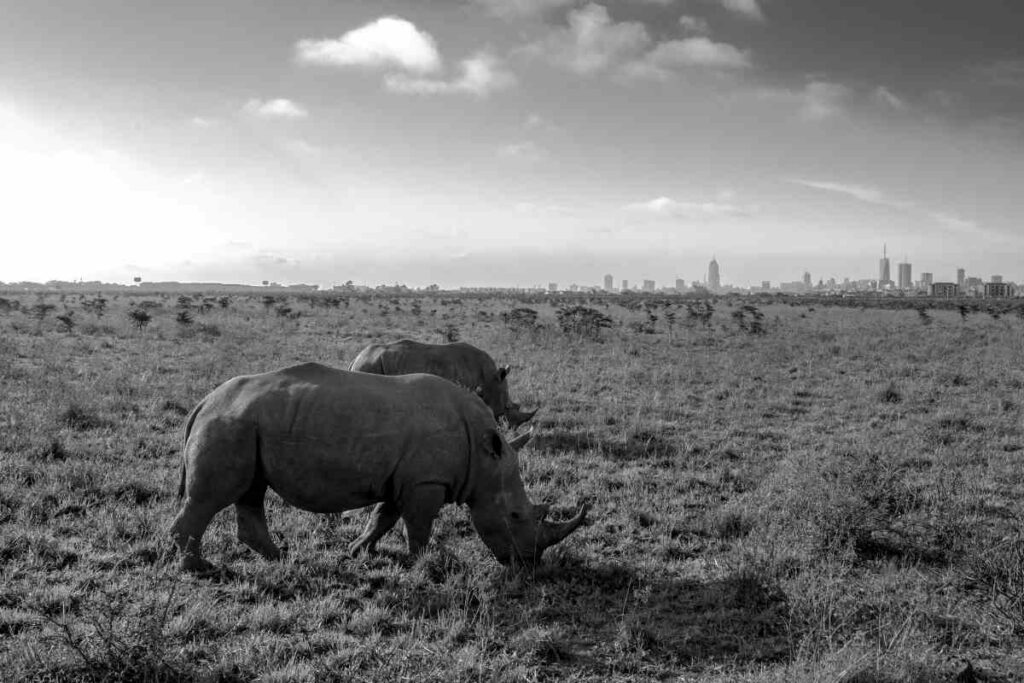
Over 100 mammal species, 400 bird species, and 40 different reptiles and amphibians reside within the park.
Besides, exotic fauna in the park includes up to 500 different species of trees and shrubs.
The park is one of the world’s top safari destinations , as well as a sanctuary and breeding ground for endangered animals like black rhinos.
Eight artificial dams across the park ensure the wildlife can have watering points to survive through extended dry seasons.
Top Attractions
Game drives.
Nairobi National Park boasts an incredible variety of wildlife within its vast ecosystem.
The Big 5 all reside in the park except for elephants.
Buffalos are the most prevalent, followed by 100+ rhinos, 40 or so lions, and a few leopards.
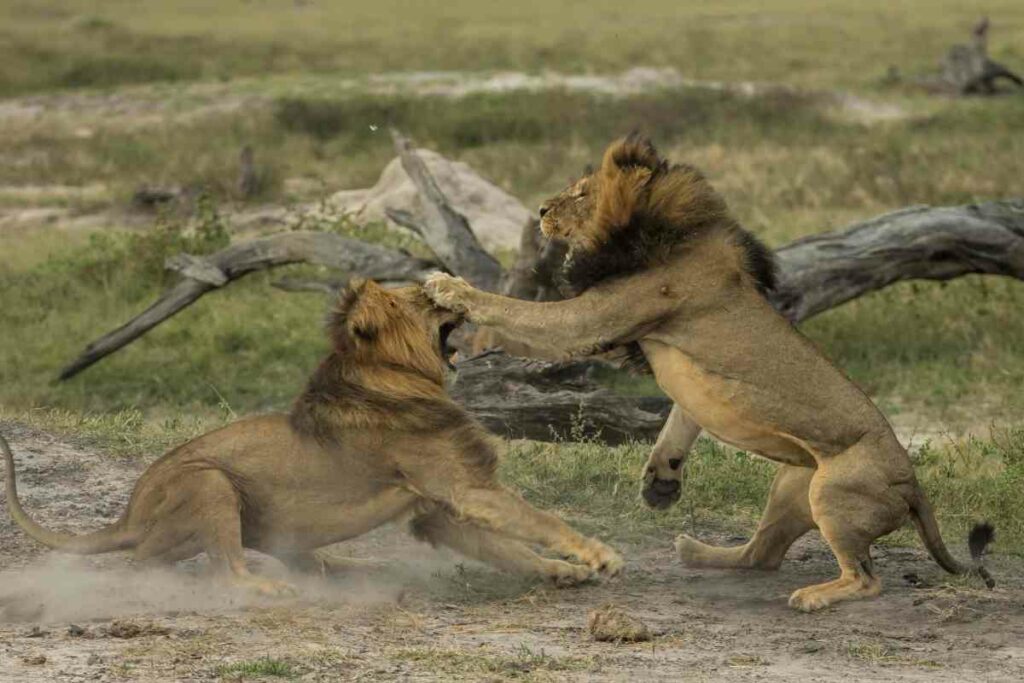
Morning and evening game drives produce the most sightings of the big 5 in their natural habitats.
Apart from the big cats (lions, leopards, and cheetahs), the other notable predators in the park are jackals, hyenas, and serval cats.
There are often Burchell’s zebras, elands, wildebeests, Maasai giraffes, Thompson’s, and Grant’s gazelles browsing in the open plain savannahs.
Be on the lookout for velvet monkeys and olive baboons along the riverine bushes and trees along the Athi River.
The park supports the largest populations of rhinos in Kenya hence the name Kifaru’s Ark.
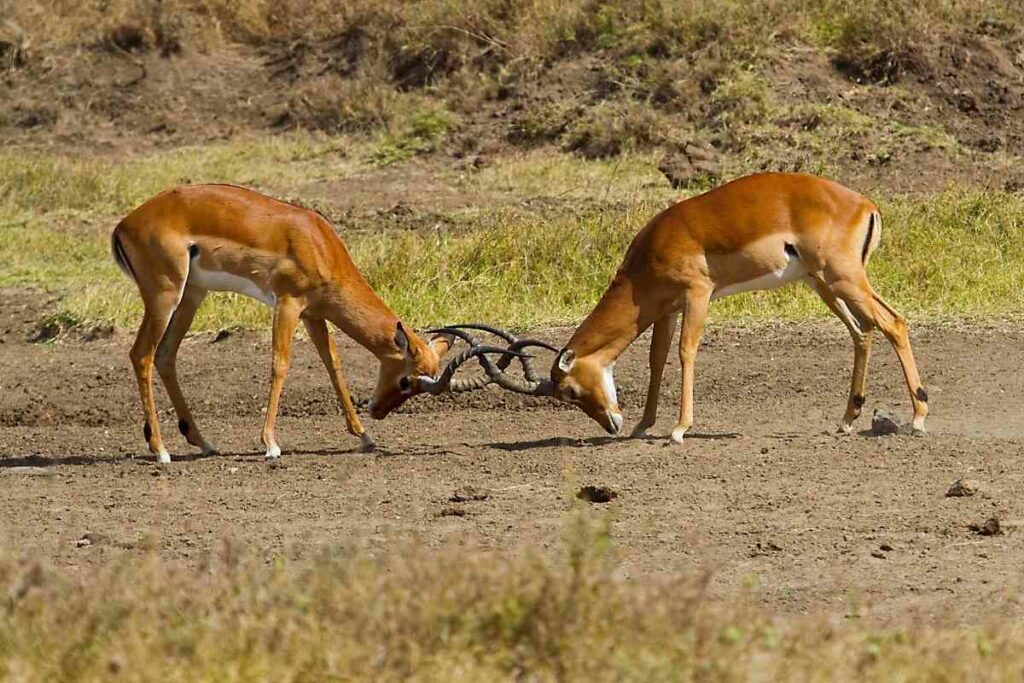
‘Kifaru’ is the Swahili word for rhinos, and the partially blind heavy browsers can eat up to 120 pounds (54 kgs) of vegetation a day.
Most of the rhinos live in protected sanctuaries within the park, and game wardens monitor even those in the wild.
Interestingly – Rhinos are never bothered by the presence of apex predators and continue to graze majestically, even with a nearby pride of lions.
Bird Watching
Nairobi National Park is a birdwatching jewel with over 500 species of birds recorded.
Each large track of grasslands, woodland forests, and riverine environments has distinctive bird species.
In the mixed woodlands and riverine bushes, you can spot shrikes, guinea fowls, francolins, pigeons, sunbirds, lilac-breasted rollers, and the ‘lazy bird’ cuckoos.
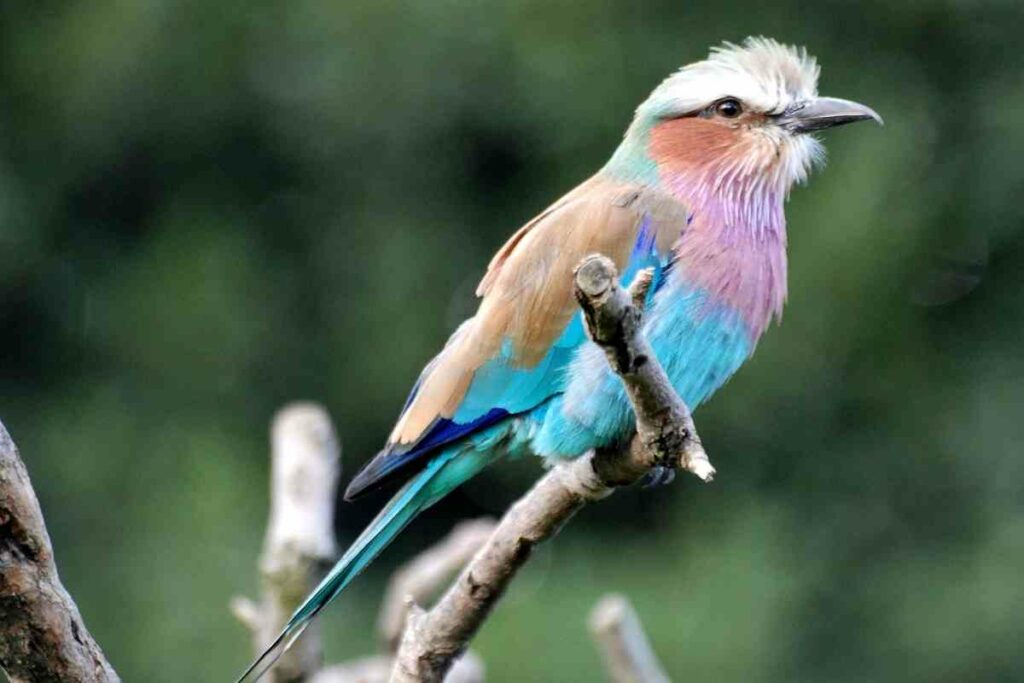
The area around the dams is usually suitable for bird viewing as many water birds converge there during the dry season.
They include yellow-billed storks, white pelicans, African fish eagles, Goliath herons, black-headed herons, whistling ducks, and the African sacred ibis.
Birds of prey are also abundant, with vultures, goshawks, fox kestrels, and the African crowned eagle ruling the skies.
Like ostriches, bustards, and Jackson’s widowbird, the secretary birds also prefer the open savannah where they stomp on prey, usually snakes and small rodents.
Cattle egrets hang around herds of buffalos and wildebeests, feasting on small insects kicked up by the hooves of these bovines as they traverse the grasslands.
The David Sheldrick Wildlife Trust
Better known by locals as the Nairobi National Orphanage, this is a sanctuary of orphaned elephants.
Since its inception in 1979, it has successfully raised 316 baby elephants, the most of any rescue and rehabilitation program in the world.
Visiting the facility is such an exclusive affair you have to book weeks or months in advance to get a slot.
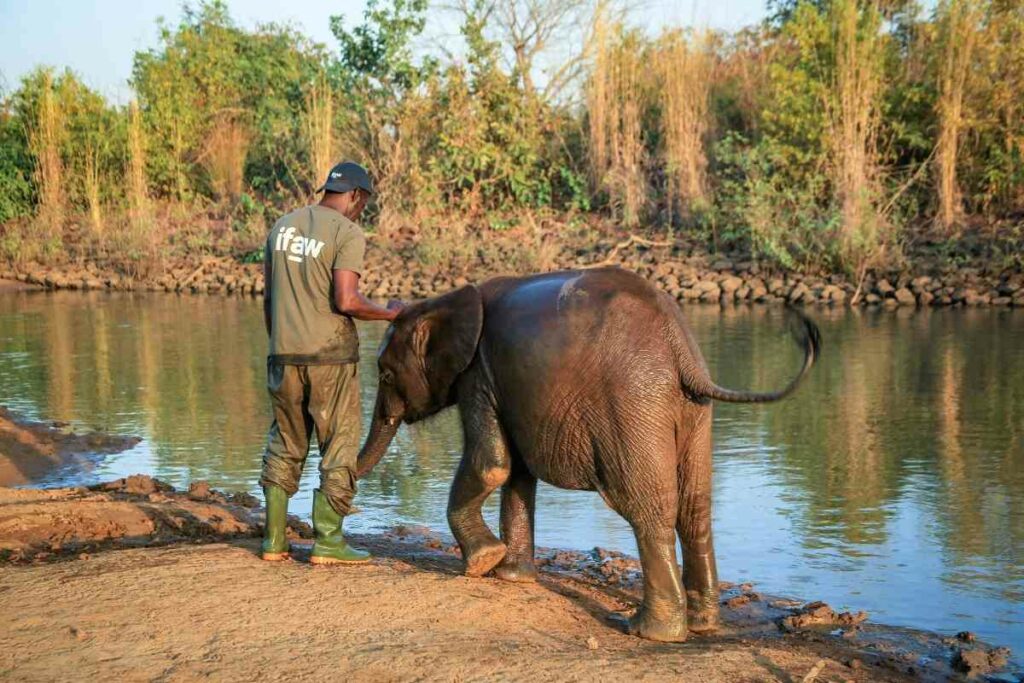
The visitation is strictly one hour, 11 a.m. to 12 p.m., where you see the baby elephants being fed, playing in the dust, or wallowing in the mud pool.
The trust encourages people to partner with them in the conservation efforts by adopting at least one rescued calf for a US$50 annual fee.
As an added incentive, you will be given an extra hour in the evening, 5-6p.m, to see the animals before they retire to their stables.
Moreover, you will receive an adoption certificate and regular updates on the welfare of your adopted elephant.
The rehabilitated elephants are gradually reintroduced into the wild in the bigger national parks of Tsavo and Amboseli.
Due to the park’s proximity to the rapidly expanding Nairobi metropolis, confining the elephants here would inevitably breed human-wildlife conflict.
Besides, the sheer size of the park and woodland forests are too small to sustain a sizeable elephant population.
Hippo Pools
Located in the South West of the park, these pools have the largest concentration of hippos in the Nairobi National Park.
During the Day – The hippos submerge themselves into the river, and it would be best if you visit during the evenings to spot a sizeable herd.
Besides the hippos, you can spot Nile crocodiles, helmeted terrapins, bullfrogs, and a host of water birds.
It is also a popular hiking site despite the relatively short nature trail along the banks of the Athi River.
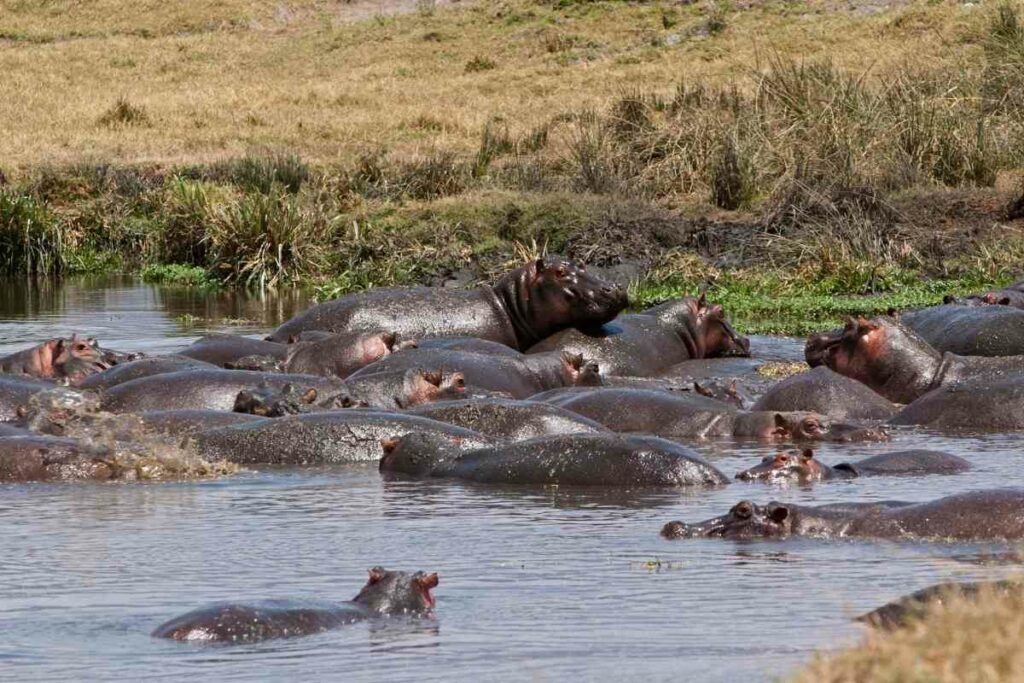
While you don’t need a guide when exploring the riverine habitat, armed wardens patrol the area for safety’s sake.
It also serves as a refreshment spot where you can get out of your vehicle to stretch before continuing with the safari.
Ivory Burning Site Monument
The late 1970s and 80s saw a rise in ivory trading, leading to the massive loss of elephants and rhinos in East Africa.
Fed up with rampant poaching, then President Moi personally oversaw the burning of over 11 tons of ivory confiscated from poachers.
The burning was iconic, the first in the world, and set a precedent that Kenya has zero tolerance for hunting wildlife within its borders.
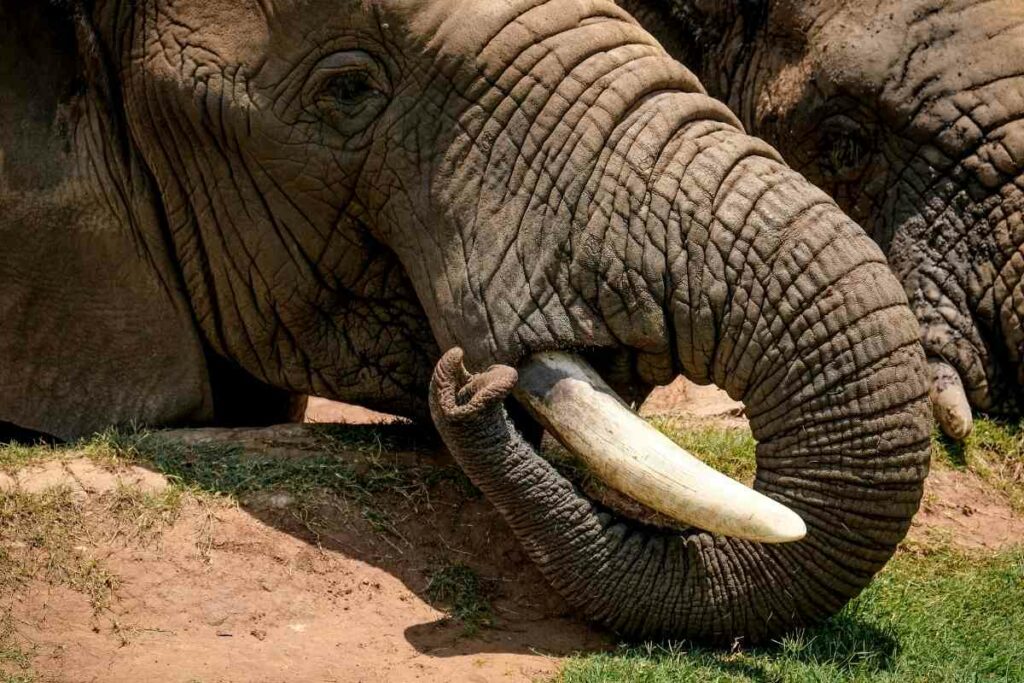
The monument which houses the ashes serves as a reminder of Kenya’s commitment to protecting and conserving its big game animals.
President Uhuru also repeated this feat in 2016 when he burned 100 tons of ivory and exotic animal hides.
You can visit the site just a few meters from the Nairobi National Park’s main gate.
Nairobi Safari Walk
The Nairobi Safari Walk is one of Africa’s most scenic nature walks.
The raised platform gives terrific views over the three major habitats, stretches of savannah grasslands, forests, and wetlands.
It is a preamble of what tourists should expect when visiting Kenyan parks and reserves.
The albino zebra, pygmy hippo, bongo, and white rhinos are rare animals you can find at this facility.
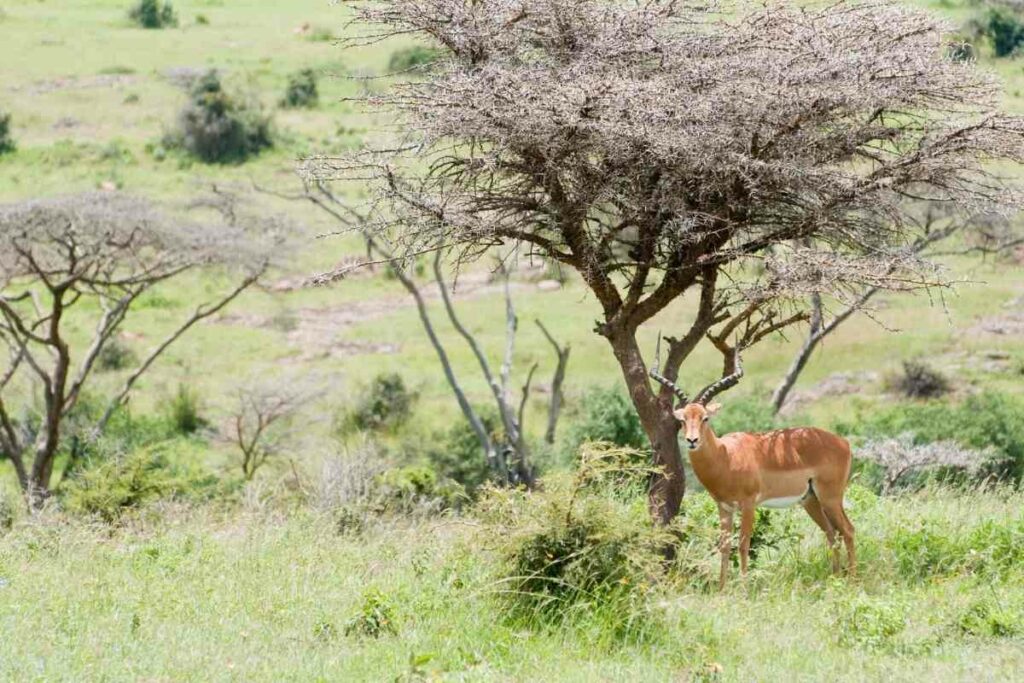
During the nature walk, you may also see cheetahs, lions, leopards, and hyenas stalking herds of elands, zebras, buffalos, and wildebeests for vulnerable members who make for easy prey.
Benches punctuate the meandering trail, which serves as resting points to take in the fantastic sights and sounds of the forest.
It also gives the guides a chance to help tourists identify the over 150 species of trees and explain the traditional uses of the indigenous plants along the walk.
The facility also houses a children’s museum where the young generation can learn about the exotic ecosystem and partake in its conservation efforts.
Nairobi Tented Camp
The Nairobi Tented Camp is a popular campsite within the park.
It has nine luxurious, fully furnished permanent tents with cozy twin or double beds for a blissful night’s sleep under the stars.
Solar panels and lanterns light the tents, while the hot showers are courtesy of water heated over log fires.
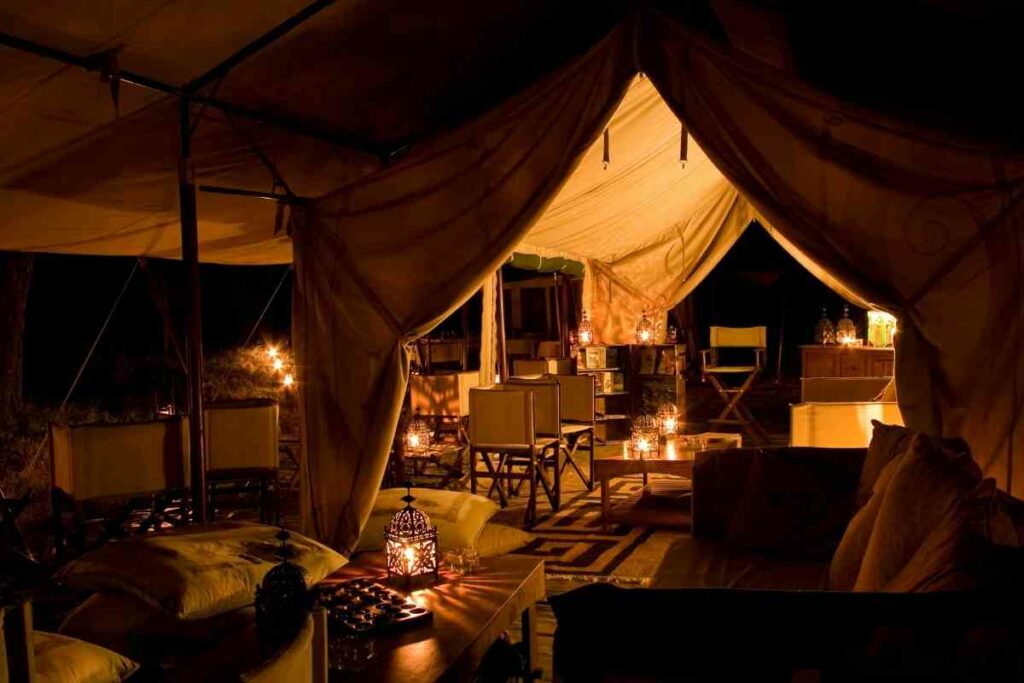
You will serve meals from a central mess tent that includes a fully stocked bar.
Early morning drives give you the best chance to spot lions before they go for their day-long slumber and elusive animals like leopards.
Since the midday temperatures can get pretty high, you can return to the camp and shelter under an olive tree swaying gleefully in a hammock.
Evening game drives present the best opportunity to watch big cats hunting, birdwatching, and scenic sunsets.
Cap your day off with the evening campfire.
Over a couple of drinks, you will interact with other tourists and hear first-hand stories of the jungle from the guides.
The bonfires not only help you bond but also appreciate the diversity of the plant species in the Nairobi National Park.
You can also have an authentic safari romantic candlelit dinner overlooking the forest and vast plains.
Spending a night in the African wilderness is an unforgettable experience.
An occasional lion roar or an owl howling will ring across the pitch-dark savannah, and you can only experience the thrill that comes with it; there are no words to describe it.
Note – Make reservations early enough, especially during the peak season, so you may not miss out on this unique accommodation and wildlife experience.
Picnic Sites
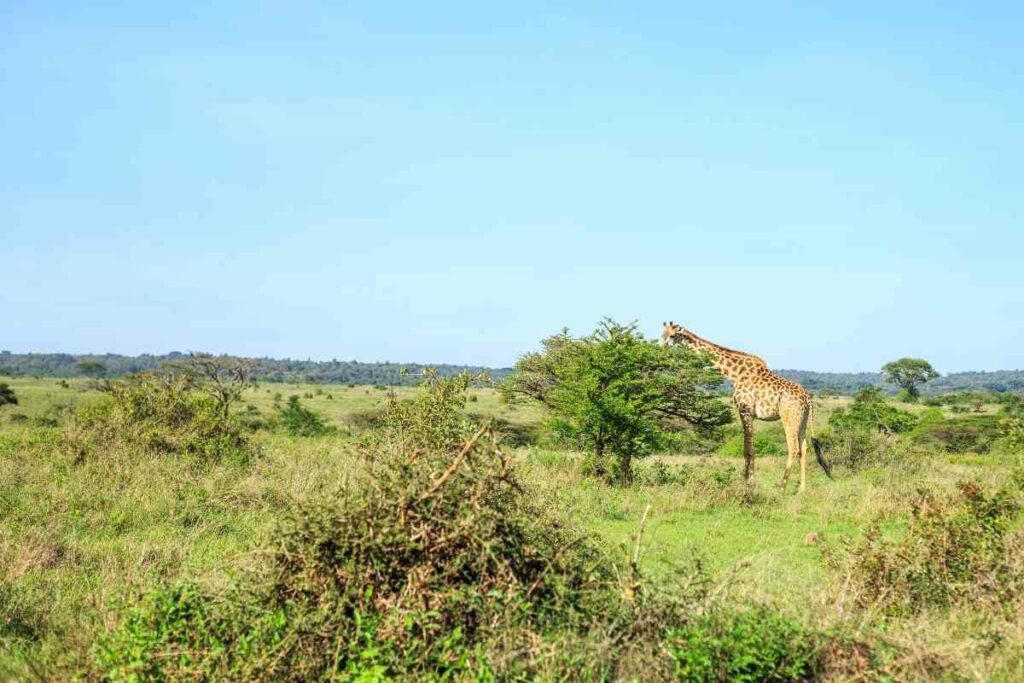
The Nairobi National Park has plenty of tranquil picnic areas for a family outing, a romantic picnic, or an afternoon siesta while taking in the panoramic views of the landscape.
The most popular are:
- Mokoiyet Picnic Site – Southern border of the park next to Mbagathi River Gorge
- Impala Observation Point – 3km from the main gate, a high point with stone rondavel
- Kingfisher Picnic Site – East of Mbagathi, famous for early morning bush breakfasts
The picnic sites are spacious, complete with picnic tables, thatched bomas (huts), and restrooms.
You can also book them for corporate and team-building events.
Besides, your safety is guaranteed, with wardens regularly combing the outskirts of these locations for stray wild animals.
Baboons are the most common gate crushers but remember, KWS recommends you don’t feed them.
Best Time to Visit
Nairobi enjoys a temperate, tropical climate, making the park accessible and exciting all year round.
However, the dry months from June to October offer the best atmosphere for game drives.
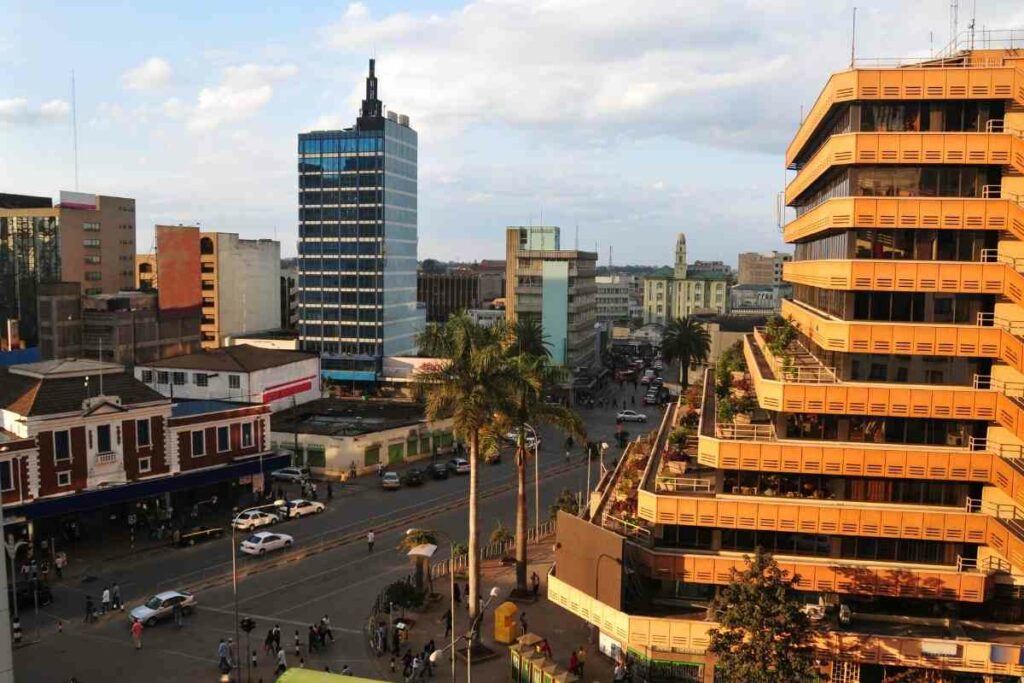
The thinning vegetation makes sightings easy and pushes animals closer to water points.
November to April is best for bird watching. Migratory birds from the horn of Africa and Eurasia flock to the park to add to the hundreds of endemic species.
The gates open at 6. a.m; through to 7 p.m. Early morning and late evening drives offer the most rewarding safari experiences.
You can spot the lions and cheetahs napping under the acacia trees and riverine bushes away from the scorching midday sun.
Weekdays are the best time to visit the picnic sites and observation points since they tend to be overcrowded during the weekends.
Accessibility
The park is only about 6 miles from Nairobi’s central business district, and it usually takes 20-30 minutes to arrive at the main gate (KWS Headquarters) off Langata Road.
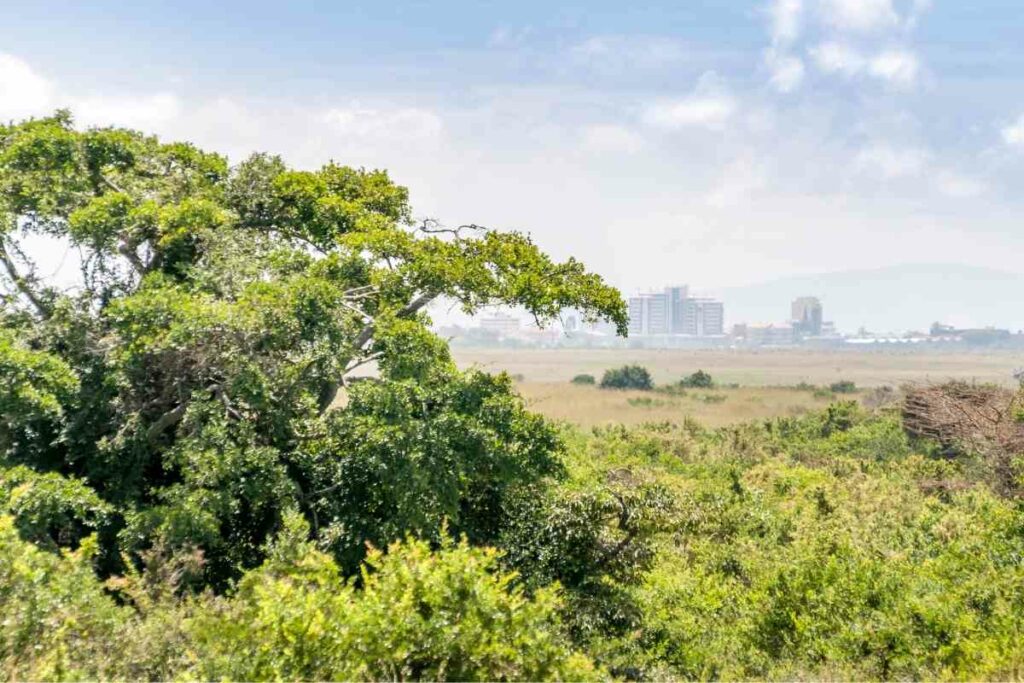
You can opt for a taxi or hop on to a matatu (public bus) from the Nairobi Railways Station plying route 125 or 126.
Airport transfers are also available from the Wilson Airport and the Jomo Kenyatta International Airport.
A transfer from Wilson takes approximately 13 minutes and 30-45 minutes from JKIA, depending on the traffic on Mombasa Road.
You can also use the Nairobi Expressway to save time.
Besides the main gate, Nairobi National Park has other entrances, including Langata, Banda, Maasai, Mbagathi, and the East Gate.
The cheetah gate was unfortunately closed.
The park roads are all murram which occasional bumps and potholes along the way. Use a 4X4 vehicle for maximum comfort.
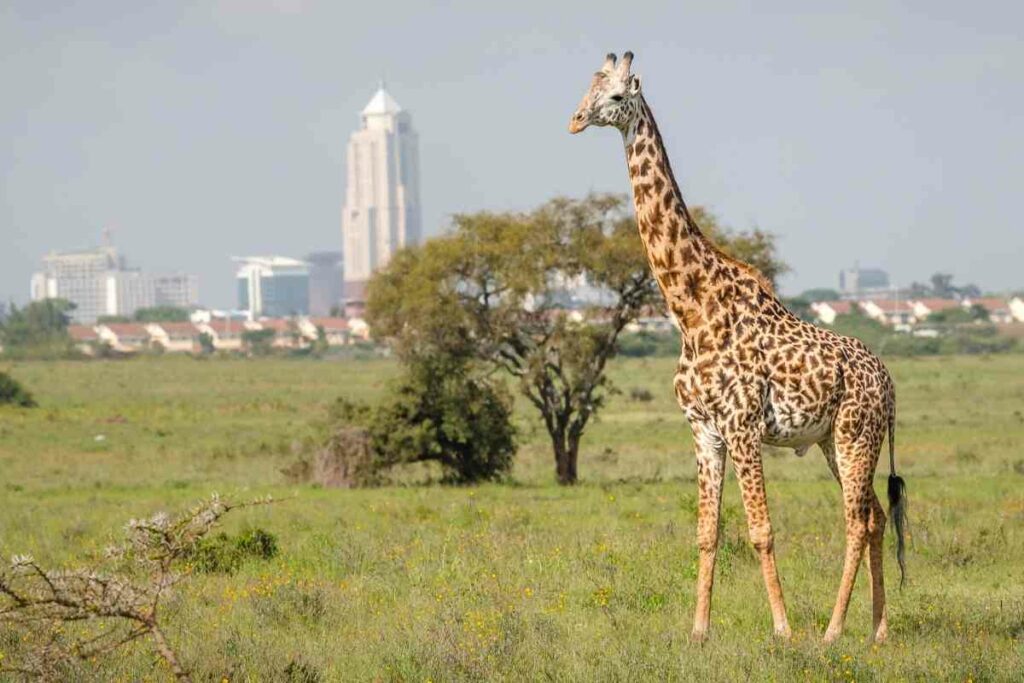
While you can self-drive around the park, we recommend you use guided tours for a more satisfactory safari experience.
The rangers offer expert insight into where you’re most likely to spot wildlife.
Their knowledge of the terrain will also come in handy during the wet seasons when some routes are quite impassable.
Resident adults pay Ksh 500, while kids pay Ksh 215. Non-residents part with US$ 60 and US$ 20, respectively.
Since no cash is allowed, you can pay either by Mpesa, debit cards, or direct deposits to KWS dollar bank accounts.
Final Thoughts
Nairobi National Park is a perfect destination for many travelers wanting to experience an authentic safari adventure.
With a variety of wildlife and iconic sites, the park promises an unforgettable getaway.
There are many other excursions within the park’s environs, such as the Giraffe Manor, Mamba Village, Karen Blixen Museum, and the iconic Ngong Hills, which you can combine with your visit to the park.

Affiliate Disclaimer
As an affiliate, we may earn a commission from qualifying purchases. We get commissions for purchases made through links on this website from Amazon and other third parties.
Latest posts

Ulanzi U60 RGB Video Light Review: Top Vloggers’ Choice?
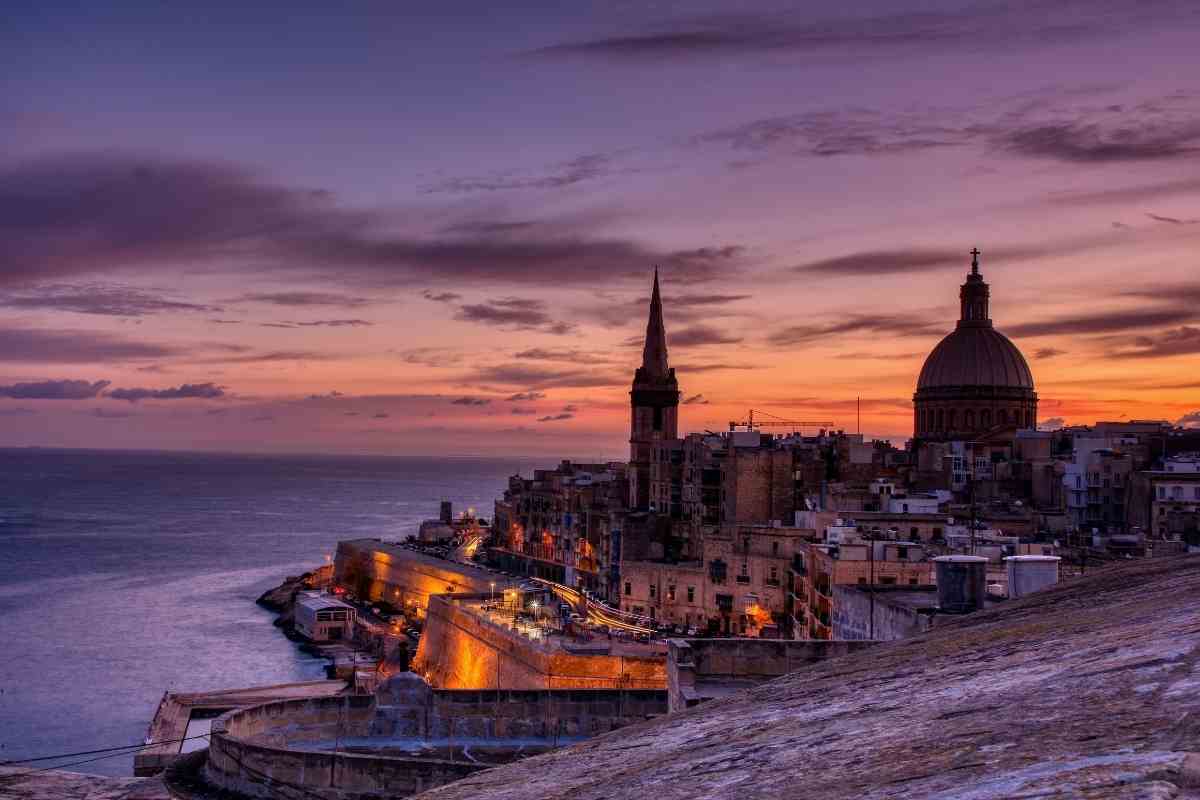
What Is Malta Famous For? Malta Local History and Past Events
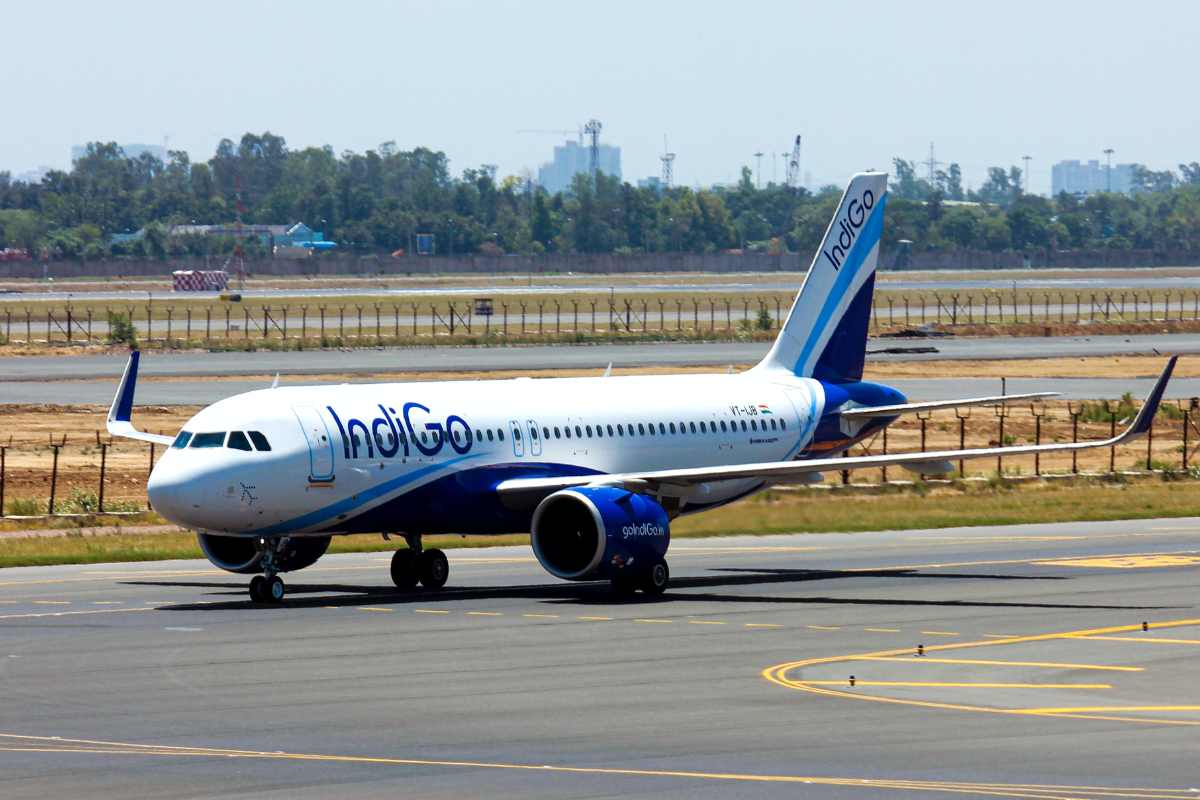
Do IndiGo Airlines Provide Headphones? In-Flight Entertainment Explained
Nairobi National Park – Africa’s most surprising safari experience
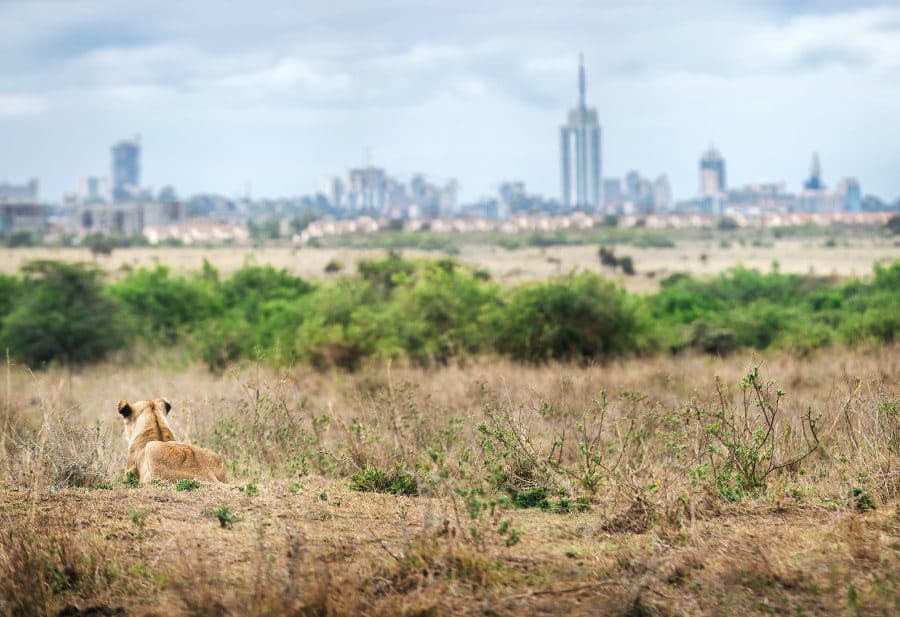
Lions prowl the savannah in Nairobi National Park. Rhinos gather around a waterhole. Buffalo herds give you an intense stare. Look around and it initially seems to be a classic Kenya safari .
But look up from the animals and skyscrapers backdrop the wildlife . Giraffe necks juxtapose with apartment blocks. The animals literally roam within the city boundaries, next to highways and restaurants.
Nowhere else is urban life so closely connected to the wild . One moment you’re on the bustling streets of East Africa’s biggest city. The next moment you’re on safari with four-legged giants.
Such a bizarre congruence makes the safari very surprising . It also makes it very easy. With a one-day Nairobi layover you can mix classic sightseeing with a pride of lions!
Why You Need to Know About Nairobi National Park

The perfect Nairobi layover
Okay, so there are better safari destinations in Kenya. Nowhere can rival the Masai Mara , nor does Nairobi National Park have the endless space of a destination like Samburu .
Those destinations are really wild and difficult to get to. But if you’re visiting East Africa there’s a very good chance you’ll need to make a stop in Nairobi .
It’s the place of entry for every Kenya safari . Visit Uganda or Rwanda for mountain gorilla trekking and you’ll probably layover in Nairobi to change planes. Even for a Tanzania safari you might be stopping in the Kenyan capital.
Jump off the plane in Nairobi and within 30 minutes you can be on a big-game safari . Nowhere else is safari as easy.
The ideal first-time safari

The Masai Mara is an insane experience. So is the Serengeti or Kruger . But these enormous national parks require a lot of time . All of Africa’s very best safari destinations need a two- to three-day commitment. You can’t just show up for one morning and expect to see all your favourite animals.
Nairobi National Park is very compact . It has to be when there are main roads and skyscrapers so close by. A discreet electric fence keeps the animals in, the poachers out, and prevents any zebra from using a zebra crossing.
However, this compact park supports an excellent diversity of life . This is perfect if you’ve never been on safari before. On a single game drive you can encounter up to 20 different big mammal species, then go for lunch at a trendy city cafe.
This well-rounded animal experience will set you up for a wilder Kenya safari, in one of the more famous destinations. It also ensures you can always have a very authentic safari experience in Kenya , even if you’re visiting on business or only staying for two days.
The incredible contrasts
Safaris never get boring . Not when you love wildlife. You simply never get tired of looking a rhino in the eye, or encountering the majestic mane of a large lion. Just to watch waterbuck or hartebeest strolling the plains fills you with serenity and appreciation.
If you are a regular safari goer then it’s unlikely you’ll miss the opportunity for a quick game drive here. The chief highlight is the contrast , admiring how a natural world can exist in harmony with a busy urban environment.
The city of Nairobi and Kenyan government must get enormous credit for this. It would be so easy for a rapidly expanding city to take over this prime land. Instead, the city has expanded around the park , preserving the habitat and a unique safari experience.
History of Nairobi National Park
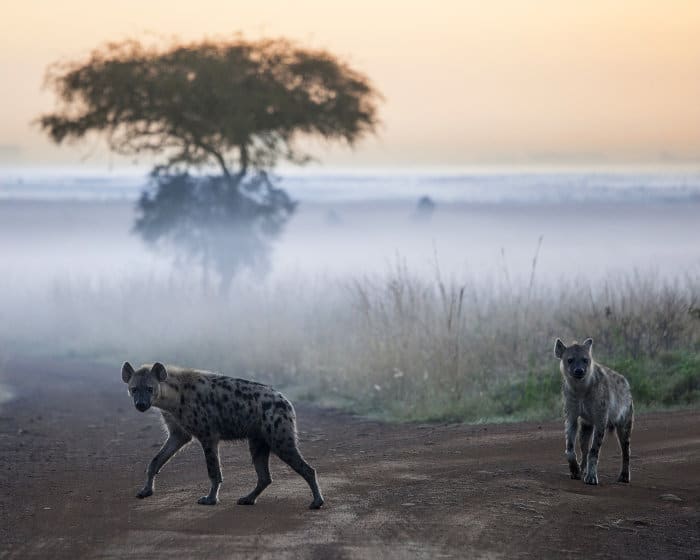
Colonialists chose Nairobi as their capital because the highland area was cooler and free of malaria . Yet the land was populated by lions and lots of other wildlife.
Residents carried guns at night as lion prides came onto the streets and ate people. Colonialists complained that zebra and buffalo were eating their flowers!
So the west and south of Nairobi was gazetted as a game reserve. It then became Kenya’s first ever national park in 1946 .
It’s important to note that all the animals you see are native to the land . In a zoo, people have brought animals into an urban environment. With Nairobi National Park, people have built an urban environment around the animals’ realm.
What Animals Can You See in Nairobi National Park
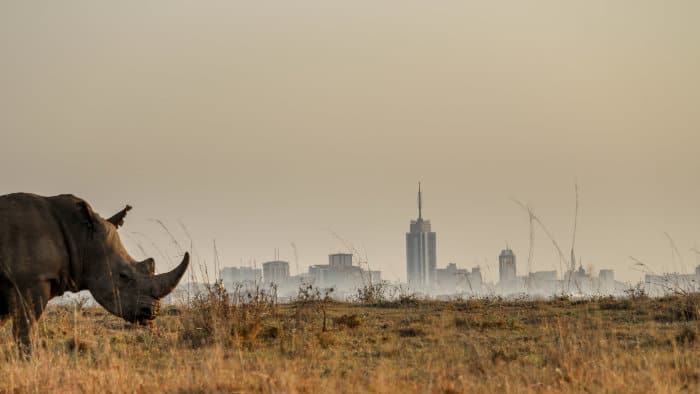
Although much smaller than other Kenyan parks, there’s a stunning variety of life here . Permanent waterholes stud the park, along with sections of acacia grass plains, highland and riverine forest. A river runs through the south of the park and is where a lot of the wildlife congregates.
You’ll see more in the dry season, when antelope and buffalo migrate into the park for its permanent water. Although three sides of the park are fenced, the southern boundary is left open , keeping a natural migratory corridor open for wildlife.
The best game viewing is January to March and September to October . However, the really big game is resident all year round. There’s only one pride of lions but it’s a big one, with some impressive prowling females.
Rhinos are the big wildlife highlight . They’ve been reintroduced here and on a March 2019 visit, one of our Africa Freak contributors saw ten rhinos – black and white – on a single game drive! Not bad considering how few rhinos are left in the world.
Then there are buffalo , hippos , giraffe , and baboon , all readily encountered. Cheetah and leopard do live here but you’ll need to be lucky to see them.
Some of Africa’s most elegant antelope species roam the plains as well, including hartebeest , eland , impala and waterbuck . The zebra you encounter are Grant’s zebra , which makes a good addition to the plains zebra you see elsewhere in Kenya.
How to Plan a Safari in Nairobi National Park (without needing a Kenya visa)
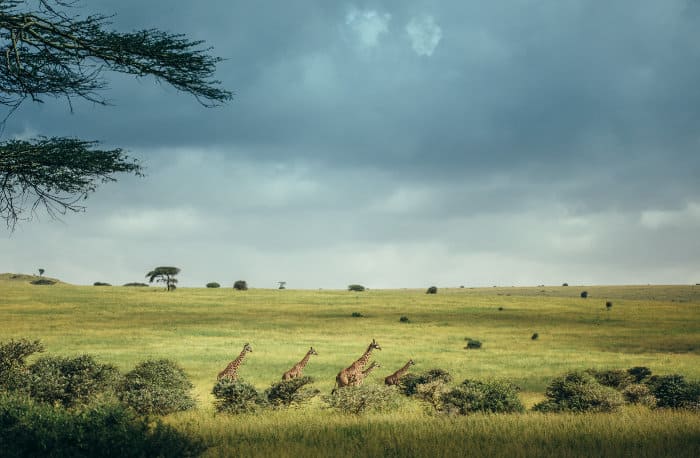
Step 1: Plan your layover . Game drives are best from 6 – 9am, 3 – 6pm, or 6 – 9pm. Make sure you have enough time in your layover.
Step 2: Kenya visa . If you’re staying in Kenya for less than 72 hours then get a transit visa on arrival for just USD 20. For longer stays you will need a Kenya eVisa for USD 51.
Step 3: Stay close to the airport . Traffic can be a nightmare in Nairobi so it’s best to stay south of the city. This is close to both the international and domestic airports, as well as the Nairobi National Park gates.
Step 4: Book a safari . There are many safari operators who can take you on a game drive. Scout around for prices as it should not cost more than USD 200 for a vehicle with guide (up to six people). Entrance to the park is separate at USD 43 per person.
Step 5: Go wild : Nairobi National Park may be in the city but you’ll really connect with your wild side!
Onwards from Nairobi National Park
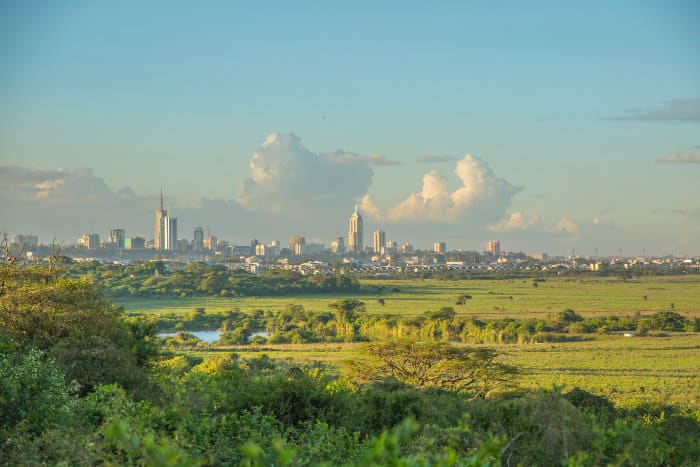
For some people the park is a stepping stone for a bigger Kenya safari. It’s a great first experience before visiting the Masai Mara or Samburu.
For others, this big-game safari is a great complement to a trip in neighbouring countries, like Uganda and Rwanda.
Or your next stop might be back home. Visit many destinations in East Africa and you must fly via Nairobi. So make a safari layover on the way back and you return with majestic wildlife memories .
About The Author
Editorial Team
Related posts.


5 wildlife-related activities you can do in Nairobi

Amboseli National Park – Discover more than elephants
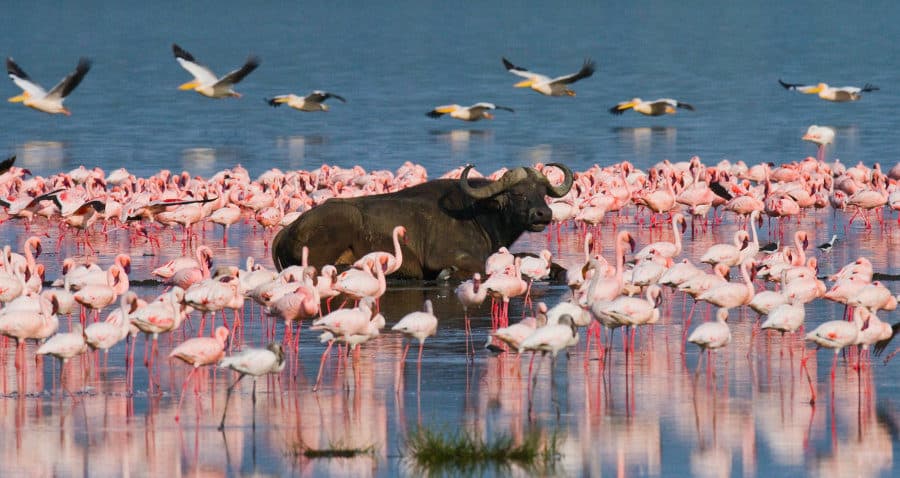
Kenya safari: the planning guide for first-time visitors
Leave a comment cancel reply.
Your email address will not be published. Required fields are marked *
Nairobi Safari Walk

- See all photos

Similar Experiences

Most Recent: Reviews ordered by most recent publish date in descending order.
Detailed Reviews: Reviews ordered by recency and descriptiveness of user-identified themes such as wait time, length of visit, general tips, and location information.

Nairobi Safari Walk - All You Need to Know BEFORE You Go (2024)
- You are here:
- All Kenya Tours
- Nairobi NP Tours
Your Safari
Tour length, rates in usd $ – change currency, starting from.
- Nairobi (54)
- Mombasa (0)
- Diani Beach (0)
- Entebbe (0)
- Johannesburg (0)
- Zanzibar (0)
- Dar es Salaam (0)
- Kampala (0)
- Victoria Falls Town (0)
- Windhoek (0)
- Addis Ababa (0)
- Cape Town (0)
- Livingstone (0)
- Hoedspruit (0)
- Port Elizabeth (0)
- Antananarivo (0)
- Nelspruit (0)
- Pretoria (0)
- Bujumbura (0)
- Hazyview (0)
- Upington (0)
- Blantyre (0)
Comfort Level
- Luxury+ (0)
- Mid-range (3)
Private or Shared Tour
- Private tour (51)
- Shared tour (3)
Safari Type
- Lodge, tented camp or hotel (54)
- Camping (0)
Operator Rating
- & up (45)
Specialized Tours
- Fly-in safaris (0)
- Beach time (0)
- Honeymoon (5)
- Gorilla trekking (0)
- Photographic safaris (0)
- Mountain climbing (0)
- Walking safaris (0)
- Self-drive (0)
- Guided self-drive (0)
- Chimp trekking (0)
- Overland tours (0)
- Cycling safaris (0)
- Canoe safaris (0)
- Horseback safaris (0)
- Birding tours (0)
- Accessible safaris (0)
- Golf & Wildlife (0)
Other Tour Features
- Airport transfer is included (54)
- Itinerary can be customized (49)
Filter by Operator
Filter by accommodation, operators from.
- South Africa (0)
- Tanzania (1)
- United Kingdom (1)
- United States (1)
- Australia (0)
- Belgium (0)
- Botswana (0)
- Comoros (0)
- Denmark (0)
- Ethiopia (0)
- Eswatini (0)
- Germany (0)
- Ireland (0)
- Lesotho (0)
- Madagascar (0)
- Mauritius (0)
- Mayotte (0)
- Mozambique (0)
- Namibia (0)
- Netherlands (0)
- New Zealand (0)
- Nigeria (0)
- Portugal (0)
- Reunion (0)
- Seychelles (0)
- Singapore (0)
- Switzerland (0)
- United Arab Emirates (0)
- Zimbabwe (0)
Nairobi NP Safari Tours & Holidays

8-Day Northern Kenya Luxury Safari
$6,909 to $9,168 pp (USD)
Kenya: Private tour Lodge & Hotel
You Visit: Nairobi (Start) , Laikipia, Nairobi NP, Nairobi (End)

4.9 /5 – 149 Reviews
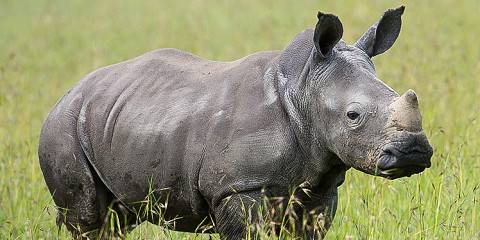
½-Day Nairobi National Park
$145 to $198 pp (USD)
Kenya: ½ Day tour Private tour
You Visit: Nairobi (Start) , Nairobi NP, Nairobi (End)
Bienvenido Kenya Tours and Safaris Tour operator has an office in Kenya
4.2 /5 – 74 Reviews
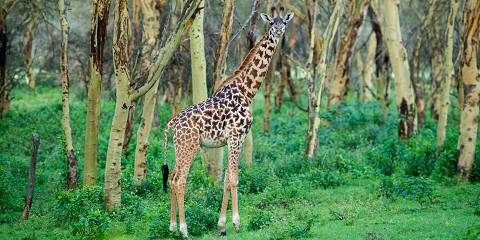
6-Day Mid-Range-the Ultimate Kenya Safari
$1,291 to $2,320 pp (USD)
Kenya: Private tour Lodge & Tented Camp
You Visit: Nairobi (Start) , Nairobi NP, Amboseli NP, Hell’s Gate NP, Lake Nakuru NP, Masai Mara NR, Nairobi (End)
Tembejoy Tours and Travel Tour operator has an office in Kenya
5.0 /5 – 5 Reviews

1-Day Nairobi Park, David Sheldrick, Girraffe Center
$167 pp (USD)
Kenya: Day tour Shared tour (max 8 people per vehicle)
Kenya Bush Expeditions Tour operator has an office in Kenya
4.7 /5 – 64 Reviews

½-Day Nairobi National Park Safari
$138 pp (USD)
Majestic Quest Tours & Travel Tour operator has an office in Kenya
5.0 /5 – 8 Reviews

1-Day Nairobi City Explore Tour
$277 pp (USD)
Kenya: Day tour Private tour
Mufasa Tours and Travels Tour operator has an office in Kenya
4.9 /5 – 385 Reviews

1-Day Nairobi National Park Safari Tour
$187 pp (USD)
Journeys Beyond Africa Tour operator has an office in Kenya
5.0 /5 – 60 Reviews
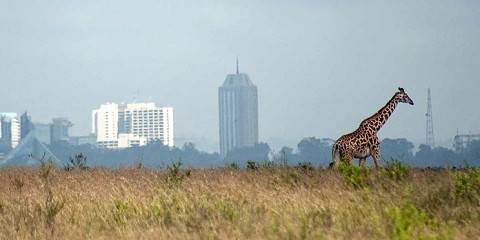
1-Day Nairobi National Park and Giraffe Centre
$339 pp (USD)
Oakland Tours and Safaris Tour operator has an office in Kenya
5.0 /5 – 80 Reviews

½-Day Nairobi National Park Private Safari
$143 pp (USD)
Olengugih Safaris Tour operator has an office in Kenya
5.0 /5 – 21 Reviews

½-Day Safari in Nairobi National Park
$149 pp (USD)
Kenya: ½ Day tour Shared tour (max 7 people per vehicle)
Afrikan Accent Adventures Tour operator has an office in Kenya
5.0 /5 – 23 Reviews

1-Day Nairobi National Park and Giraffe Centre Full Day
$248 to $281 pp (USD)
Techsavannah Travels Tour operator has an office in Kenya
5.0 /5 – 4 Reviews

½-Day Elephant Sheldrick and Nairobi National Park
$245 pp (USD)
Javiva Adventures Tour operator has an office in Kenya
5.0 /5 – 41 Reviews
½-Day Nairobi National Park - World's Wildlife Capital
$220 pp (USD)
African Bush Explorers Tour operator has an office in Kenya
Not yet rated

5-Day Kenya Lodge Safari - Nairobi NP - Masai Mara G Res
$1,540 pp (USD)
You Visit: Nairobi (Start) , Nairobi NP, Masai Mara NR, Nairobi (End)
Greg Adventures
4.9 /5 – 31 Reviews

1-Day Tour to Nairobi National Park + Nairobi City Tour
$242 pp (USD)
Rocktrek Safaris Tour operator has an office in Kenya
5.0 /5 – 10 Reviews

½-Day Nairobi National Park 4 by 4 Jeep Tour
$140 pp (USD)
African Ark Safari Tour operator has an office in Kenya

1-Day Nairobi City Escape in a Landcruiser
$204 to $215 pp (USD)
Kameraz of Afrika Tour operator has an office in Kenya
4.8 /5 – 97 Reviews

½-Day Nairobi National Park Adventure
$165 pp (USD)
Super Eagles Travel and Tours Tour operator has an office in Kenya
4.8 /5 – 158 Reviews

1-Day Nairobi National Park Trip
Bluerange Connect Tour operator has an office in Kenya
4.8 /5 – 197 Reviews

1-Day Nairobi National Park and Excursions
Antonio Safaris Tour operator has an office in Kenya
5.0 /5 – 34 Reviews
Related Searches
- Kenya Safaris
- Nairobi NP Tour Companies
- Nairobi NP Day Trips
- Laikipia Safaris
- Hell’s Gate Safaris
- Lake Naivasha Safaris
- Lake Bogoria Safaris
- Naboisho Safaris
- Solio Ranch Safaris
- Malindi Beach Holidays
- Aberdare Safaris
- Ol Pejeta Safaris
Nairobi Safari Walk
Just outside the main entrance to Nairobi National Park, off Langata Rd, this safari walk is a sort of zoo-meets-nature-boardwalk, with lots of birds as well as other wildlife, including a pygmy hippo, a bongo, an albino zebra and a white rhino, as well as primates and big cats. Children in particular love the chance to get closer to the animals than they're likely to be able to do in a national park.
Get In Touch
020-2587435
https://www.kws.go.ke/content/nairobi-safari-walk
Lonely Planet's must-see attractions

David Sheldrick Wildlife Trust
Occupying a plot within Nairobi National Park, this nonprofit trust was established in 1977, shortly after the death of David Sheldrick, who served as the…
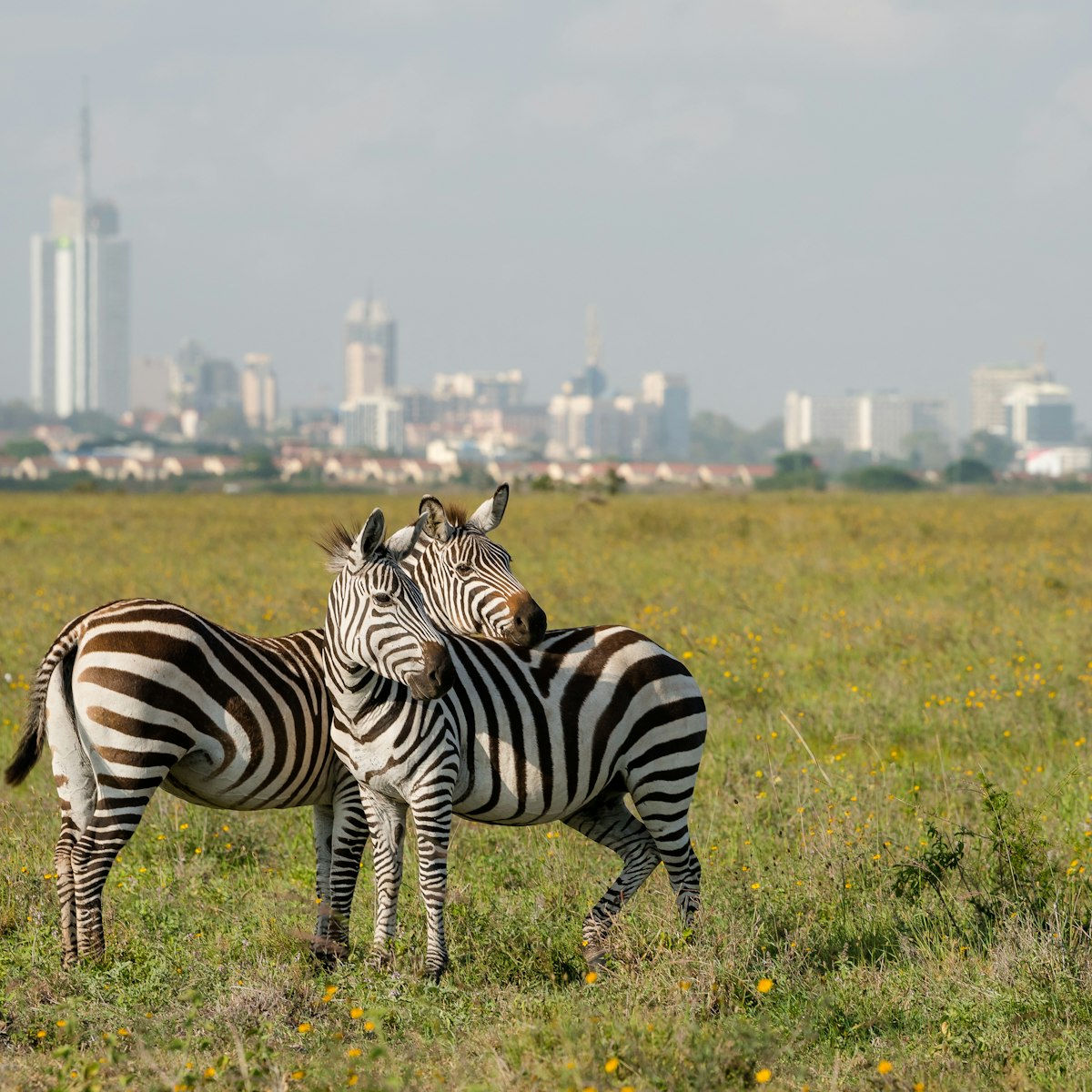
Nairobi National Park
Welcome to Kenya’s most accessible yet incongruous safari experience. Set on the city’s southern outskirts, Nairobi National Park (at 117 sq km, one of…
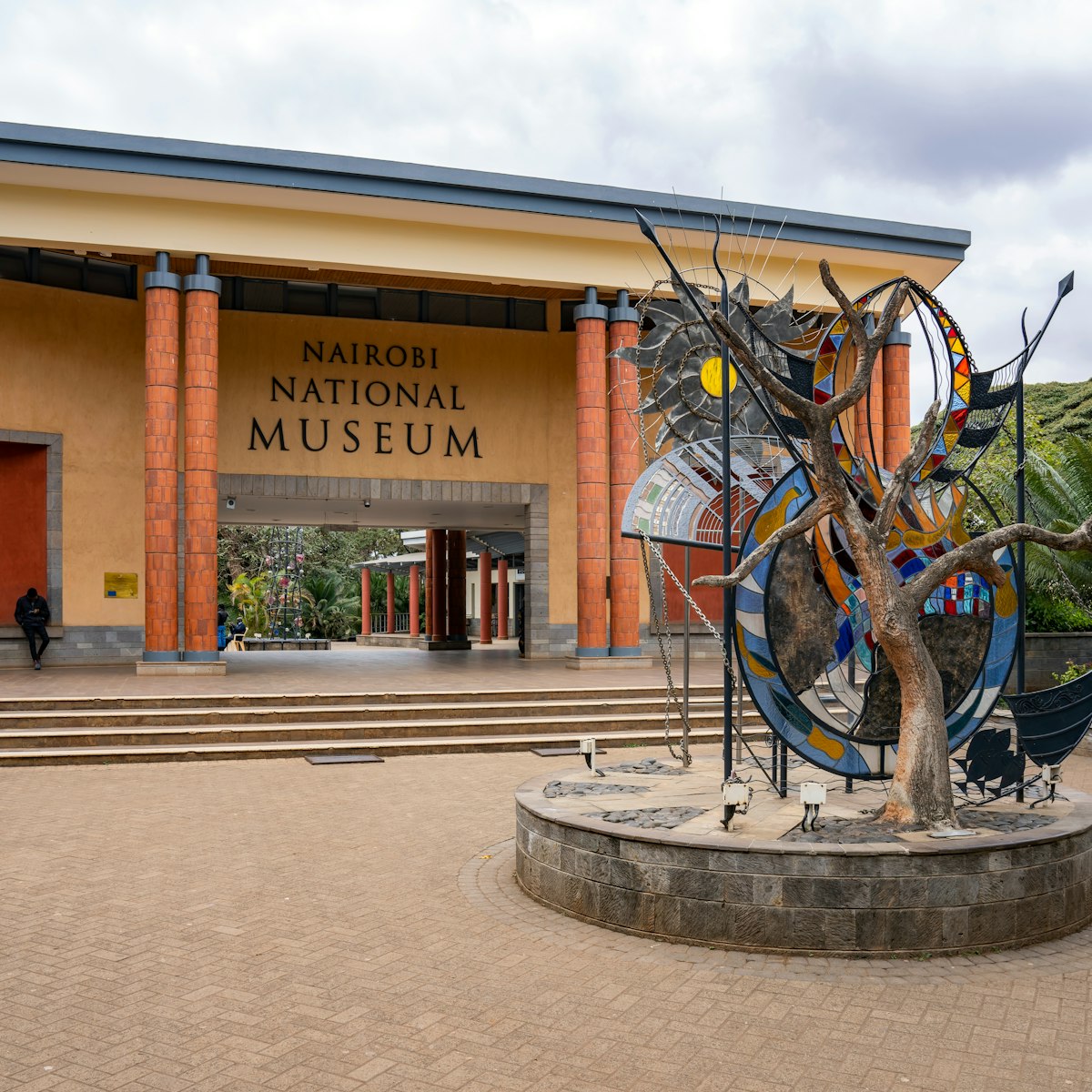
National Museum
Kenya’s wonderful National Museum, housed in an imposing building amid lush, leafy grounds just outside the centre, has a good range of cultural and…
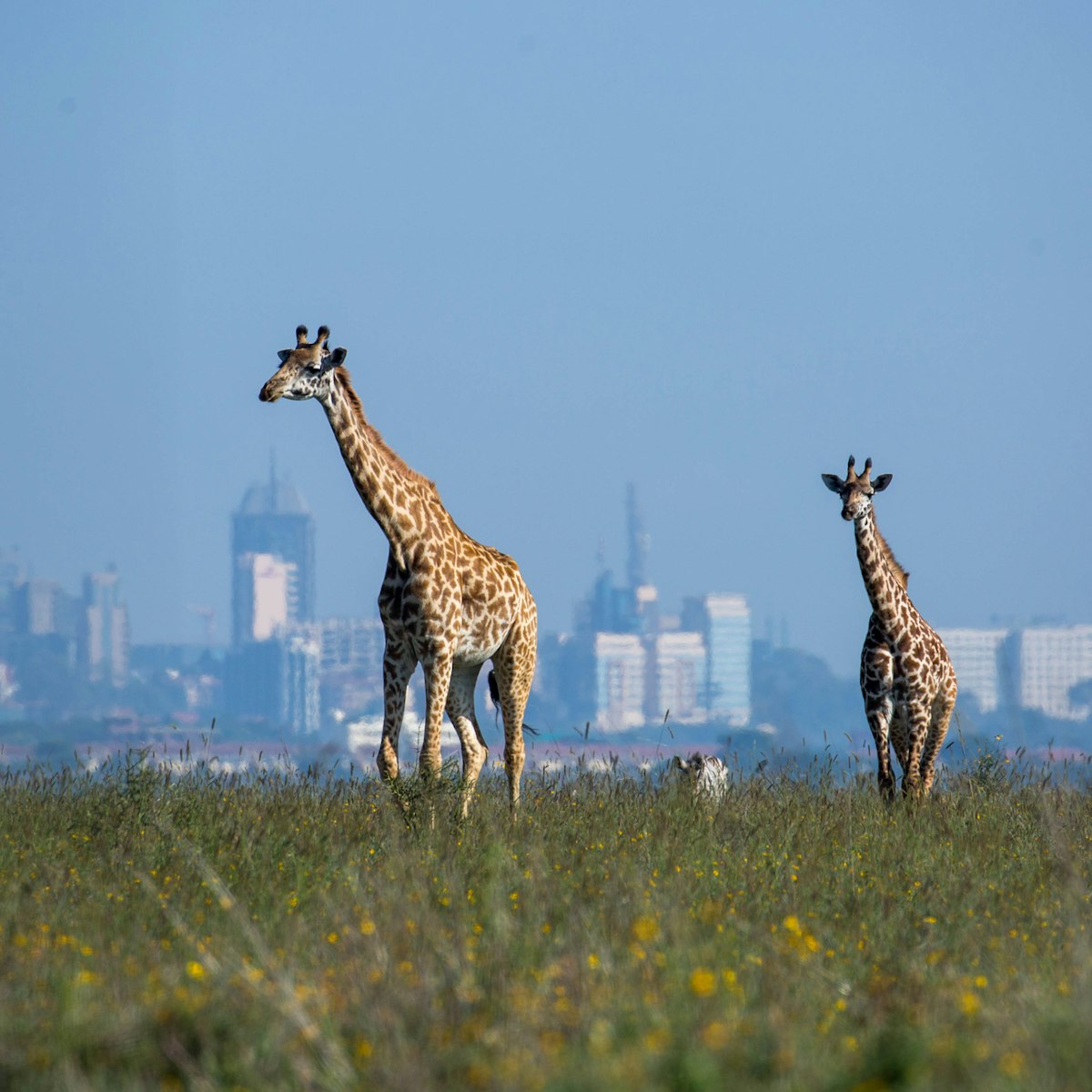
Giraffe Centre
This centre, which protects the highly endangered Rothschild’s giraffe, combines serious conservation with enjoyable activities. You can observe, hand…
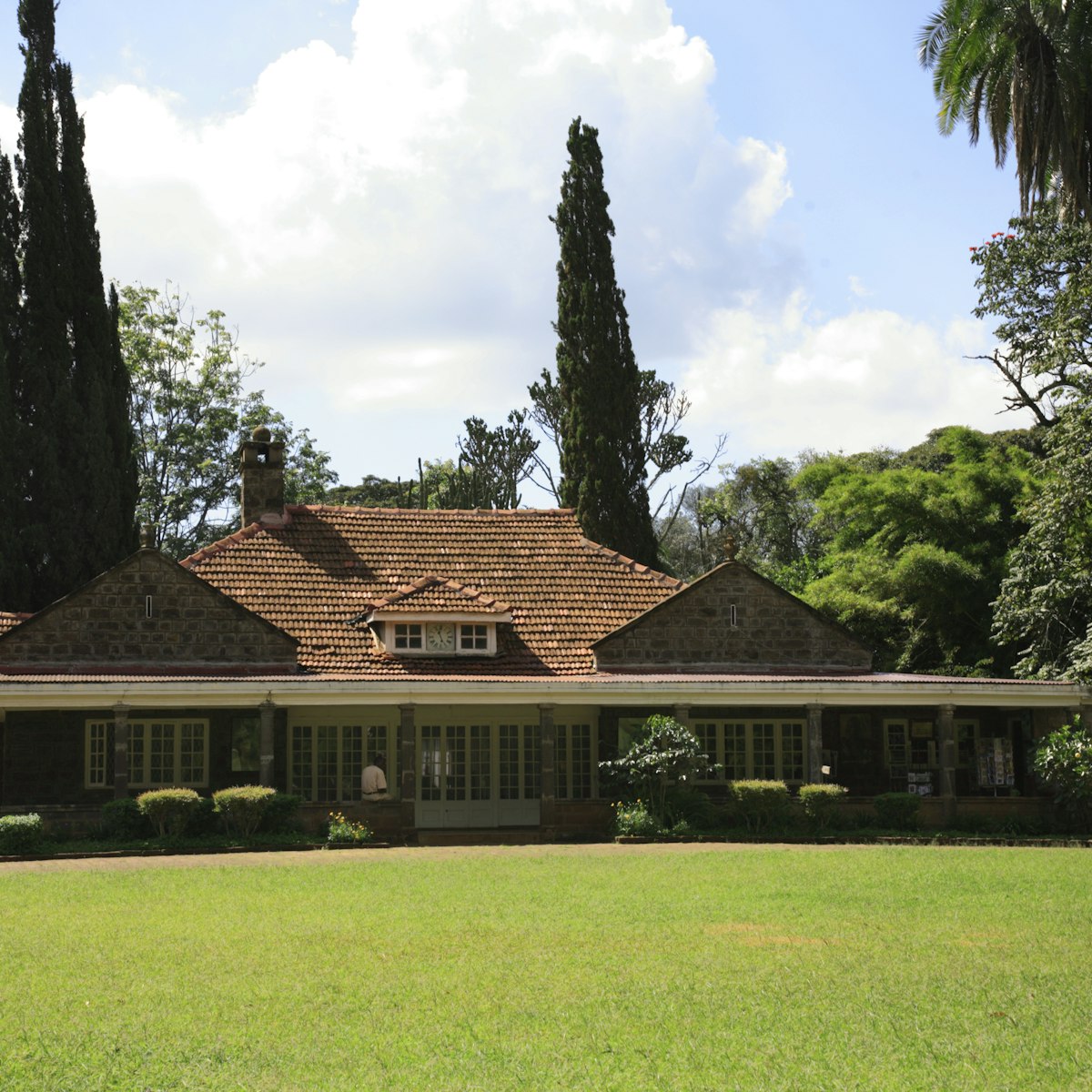
Karen Blixen's House & Museum
If you loved Out of Africa, you'll love this museum in the farmhouse where author Karen Blixen lived between 1914 and 1931. She left after a series of…

Karunguru Coffee Estate
22.01 MILES
This estate has been cultivating coffee since 1928, and its five-hour tours (which must be pre-booked) are outstanding, taking in an explanation of the…
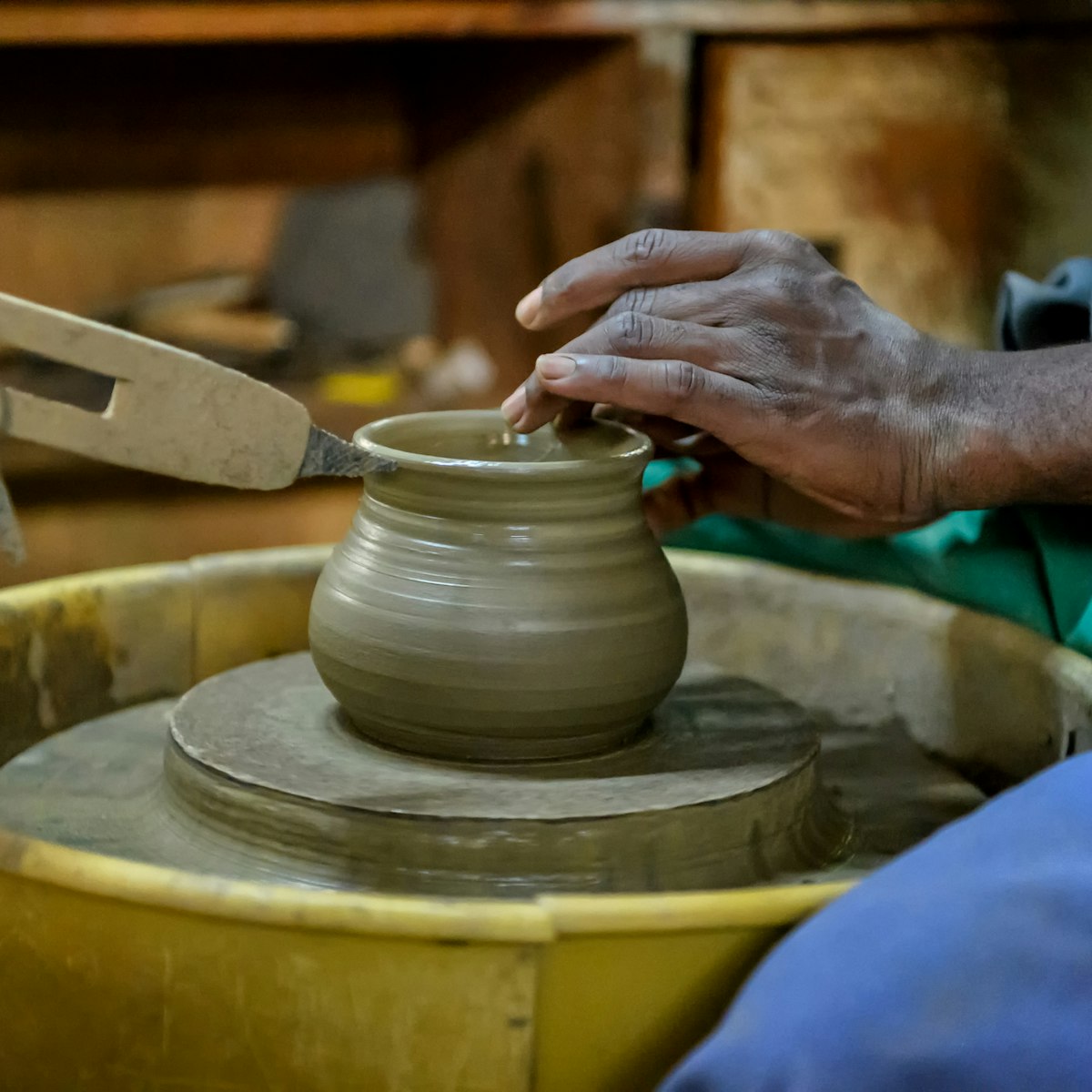
Kazuri Beads & Pottery Centre
An interesting diversion in Karen, this craft centre was started by an English expat in 1975 as a place where single mothers could learn a marketable…

Go-Down Arts Centre
The Go-Down Arts Centre, a converted warehouse in Industrial Area, contains 10 separate studios and is a hub for Nairobi's burgeoning arts scene, bringing…
Nearby Nairobi attractions
1 . Nairobi National Park
2 . Animal Orphanage
Just inside the main gate to Nairobi National Park, this animal orphanage houses formerly wild animals that have been recovered by park rangers. Although…
3 . Bomas of Kenya
The talented resident artists at this cultural centre perform traditional dances and songs taken from the country’s various tribal groups, including…
4 . Ivory-burning Site
This is one the most important landmarks in the annals of conservation: it was here that Kenyan president Daniel arap Moi made a dramatic statement to…
5 . Ngong Road Forest
This forest parkland just north of Karen has walking trails, but walking here alone is not recommended.
6 . David Sheldrick Wildlife Trust
7 . Tazama Art Gallery
Tazama displays works by Kenyan artists in a modern shopping-centre venue.
8 . Ngong Hills Racecourse
Several Sundays a month, hundreds of Nairobi residents flee the noise and bustle of the city for the genteel surroundings of the Ngong Hills Racecourse,…
Home | About Us | Contact Us

- Short Excusions
- Kenya Safaris
- Tanzania Safaris
- Missionary Tours
View Cart Checkout
- No products in the cart.
Subtotal: $ 0.00
1 Day Nairobi National Park Safari
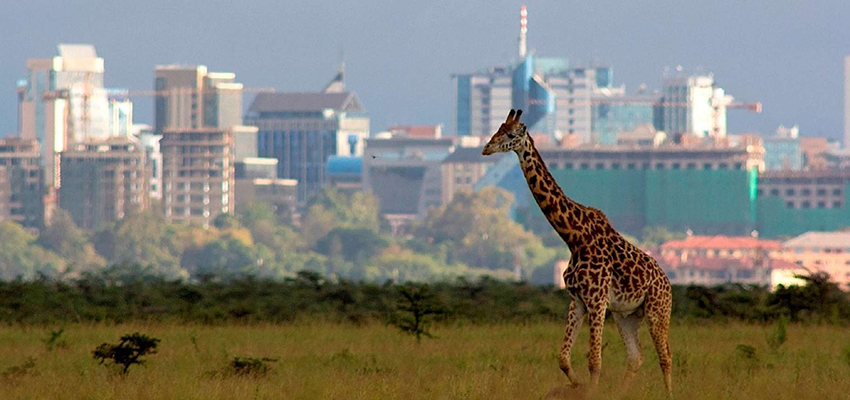
$ 240.00
Nairobi National Game Park is a unique ecosystem by being the only protected area in the world close to a capital city. Located just 7kms from Nairobi’s city centre, Nairobi National Park is the perfect place for a half-day or full day excursion or Tour from the Kenyan capital. One of the only places on earth where you can be on safari with skyscrapers as part of your backdrop, it’s an ideal layover escape or add-on to your existing safari.
- See lions, rhinos, buffaloes in the Nairobi national park
- Visit the Animal Orphanage
Description
Nairobi National Park tour ,Baby elephant tour- Giraffes & Karen Blixen Museum Tour in Nairobi This full day tour is an excellent way to begin or end your East Africa safari. Search out wildlife at Nairobi National Park, on the outskirts of Nairobi. Enjoy lunch at a local restaurant and visit the Karen Blixen Museum. Stop by the Giraffe Center for a close up look at the endangered Rothschild giraffe 1 full day Nairobi National Park tour, Baby elephant Giraffes & Karen Blixen Museum Tour in Nairobi
GREATER NAIROBI CITY TOUR 7am- 10am – NAirobi Park Tour – Enjoy wildlife game viewing at Nairobi National park with close luck of lions and rhino among other animals
1100hrs-1200hrs : Visit the David Sheldrick Elephant orphanage, where young orphaned elephants are brought after being rescued and fed till they are mature to be released to the wild.
1200 -1300hrs: Visit the Giraffe Centre where you feed the friendly Rothchilds Giraffe. They accept a kiss as they pick their food from your palms! Stop over at some shopping areas enroute.
1300-1400 hrs : You break for lunch at the Utamaduni -Verandah restaurant (paid direct as per the client’s choice of menu. Some shopping around.
1400-1500hrs : Visit the Karen Blixen museum, the house in the movie out of Africa.Visit the kazuri beads enroute.
1500hrs -1700hrs Visit Bomas Of Kenya – Nairobi Tribal Toura Place named a tourist village in Langata, Nairobi. Bomas (homesteads) displays traditional villages belonging to the several Kenyan tribes.enjoy local tradition dances and acrobats and clients join as well in celebration local culture !
1630 : drop at airport for onward flight / your hotel for a deserved rest.
Welcome to Kenya’s most accessible yet incongruous safari experience. Set on the city’s southern outskirts, Nairobi National Park (at 117 sq km, it’s one of Africa’s smallest) has abundant wildlife which can, in places, be viewed against a backdrop of city skyscrapers and airliners coming in to land – it’s the only national park on earth that borders a capital city. Remarkably, the animals seem utterly unperturbed by it all.
Nairobi National Park has acquired the nickname ‘Kifaru Ark’, a testament to its success as a rhinoceros (kifaru in Kiswahili) sanctuary. The park is home to the world’s densest concentration of black rhinoceros (over 50). But even proximity to Kenya’s largest city couldn’t prevent poachers from killing one of the park’s rhinos in August 2013. It was the first such attack in six years.
Lions and hyenas are also commonly sighted within the park; park rangers at the entrance usually have updates on lion movements. You’ll need a bit of patience and a lot of luck to spot the park’s resident cheetahs and leopards. Other regularly spotted species include gazelle, warthog, zebra, giraffe, ostrich and buffalo.
The park’s wetland areas also sustain approximately 400 bird species, which is more than in the whole of the UK.
Ivory Burning Monument
Not far inside the park’s main Langata Road Gate, the Ivory Burning Monument marks the spot where, in 1989, Kenyan President Daniel arap Moi burnt 12 tons of ivory at a site near the main gate. This dramatic event improved Kenya’s conservation image at a time when East African wildlife was being decimated by relentless poaching.
Getting There & Around
Apart from the main entrance, which lies 7km from the CBD, there are other gates on Magadi Rd and the Athi River Gate; the latter is handy if you’re continuing on to Mombasa, Amboseli or the Tanzanian border. The roads in the park are passable with 2WDs, but travelling in a 4WD is never a bad idea, especially if the rains have been heavy.
Unless you already have your own vehicle, the cheapest way to see the park is on the park shuttle, a big KWS bus that leaves the main gate at 2pm on Sunday for a 2½-hour tour. You need to book in person at the main gate by 1.30pm. There was talk of this service being discontinued so ring ahead to avoid disappointment.
What’s included on the price of the safari.
Transport based on customized seven-sitter safari Van with specially modified suspension.Seats designed with seat belt and all clients are guaranteed window seats.
- All applicable game Park Entrance fees.
- All Camping Fees
- Finest accommodation offered in tent.
- Three meals a day while on Safari.
- Airport picks up on arrival in Nairobi.
- Professional Safari Guide/Driver.
- Guaranteed departures for two or more passengers booking this safari.
- Round trip transport from Nairobi to the designated National Park.
- Pre–tour itinerary document.
- Extensive Game drives.
What’s not included on the price of the safari.
- Personal expense such as communication charges like emails, faxes, and phone calls
- Drinks like sodas, water, beer and wines
- Gratuity for the driver guide, waiter
- The cost of obtaining visa
- Pre- tour accommodation which can be arranged on request.
Related products
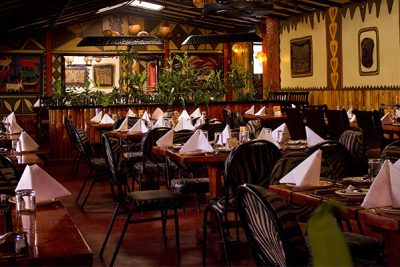

Nairobi Safari Walk Charges, Entry Fees, And Opening Hours

You do not have to spend another lonely weekend indoors when there is a park in the centre of Nairobi City. Nairobi Safari Walk entry fees are affordable, and it is the perfect spot for a relaxed stroll.
It is ideal for a first date, a kid’s outing, a fun family day, or a leisurely afternoon plan to hang out with friends. Keep reading to learn more about the Nairobi safari walk gate charges.

Brief History of Nairobi Safari Walk
Nairobi Safari Walk is a conservation-based recreational facility that covers over 11 hectares of land next to the Animal Orphanage.
Both attractions are at the entrance of the Nairobi National Park, a free-roaming wildlife park within Nairobi, the capital city of Kenya.
Located less than 8 kilometers from the city center, it offers people a glimpse of Kenya’s wildlife and safari experience. The raised boardwalk allows a wide, clear, safe, and uninterrupted view of the different animals.
Additionally, the Kenya Wildlife Services offers educational materials on all matters of wildlife to learning institutions and research facilities. The rich history of wildlife conservation in Kenya begins here.
SIMILAR READ: Giraffe Centre Nairobi Entrance Fee and Best Time to Visit
Nairobi Safari Walk Tickets
How much does Nairobi safari walk cost? Nairobi National Park Safari Walk charges are cost-effective for all visitors. Here are the Nairobi safari walk entry fees for both residents and non-residents. nairobi safari walk gate charges
Entry fees for Kenya Citizens or Residents:
- Adults pay Kshs. 250
- Children below 12 years pay Kshs. 125
Entry fees for Non-Residents:
- Adults pay USD 25
- Children below 12 years pay USD 15
How long is the Safari Walk?
The Nairobi Safari Walk lasts about 35 minutes to an hour, depending on an individual’s pace. You can walk around for as long as you wish, taking time to see the animals and birds and enjoy the scenic view from the boardwalk.
You are also allowed to take pictures, so make sure to carry a good camera or fully charge your phone.
They allow snacks and water, so carry a few for a picnic inside the park. Remember not to litter or try to feed the animals, as they have a regular feeding schedule.
Additionally, Nairobi is hot most of the year, so wear a sunhat when visiting the Nairobi Safari Walk.
Attractions at the Nairobi Safari Walk
Nairobi Safari walk has hundreds of indigenous tree species that can be found across Kenya.
Additionally, various animals, birds, and insects are residents of their natural habitat. The eco-system the park represents are savannah, wetlands, and forestry areas.
The main attractions at the Safari Walk are:
- The White Rhino.
- Albino Zebras.
- Primates such as Monkeys and Baboons.
- Big cats such as the Lion, Cheetah, and Leopard.
- Large herbivorous animals such as Wildebeest and Buffaloes.
- The rare Bongo.
- Hippo pools.
- Birds such as peacocks and ostriches
The Layout of the Nairobi Safari Walk
Once you pay the entry fees and walk in, the first area is on the ground level, with various tree species on display. The first enclosure houses monkeys and baboons.
Then, a few metres in, the buffalo, warthog, and wildebeest area is on the opposite side, followed by the white rhino-protected enclosure.
The rhino boma opens into the wild, where they can roam about the entire side of the park. You then walk into a forested area, where you can see and hear the birds’ call.
Finally, sit on one of the many benches to enjoy your packed lunch in the serene environment.
After the brief nourishment stop, keep walking down the well-kept paths until you reach the boardwalk.
At the end is the lookout area where you can see wild animals drinking from the waterhole. Unfortunately, it is seasonal, and there are months when it is completely dry.
The most exciting part of the tour is the lion, cheetah, and leopard enclosures. Here you spend time trying to catch a glimpse of the big cats that prefer to camouflage at the tree tops. It is your lucky day if they emerge, so time your visit during feeding.
There is no glass covering in this section, although there is a metal mesh covering to prevent the animals from jumping out. However, the lion’s enclosure has a glass covering and can be seen roaming around its habitat.
The aerial view at the end of the boardwalk also allows you to see beyond the Nairobi National Park.
Walk back using the other side of the park to catch a glimpse of young antelopes and gazelles. Towards the exits is a crocodile waterhole and tortoise enclosure to end a lovely visit.
The entire walk is about a kilometre and a half long. The beauty of the boardwalk is that it is painted green to blend in with the natural environment.
If you are still not ready to leave, there are more benches in a shaded area next to the exit to sit and rest.
Remember to take care of your environment by not littering. Instead, respect the animal’s habitat by protecting it from pollution.
The electric fences and animal minders protect you from the animals, so relax and enjoy your visit.
Nairobi Safari Walk Contacts
You can contact the Kenya Wildlife Service, which manages the Nairobi Safari Walk, through email, their website, or by calling their office line.
Telephone numbers : +254 (20) 2379407 or +254 (0) 726 610508/9
Email: [email protected] or [email protected]
Website: www.kws.go.ke
Is Nairobi Safari Walk open on Sunday?
Yes. The park is open to the public all week, all year round, but within their operating hours.
Operating hours for Nairobi Safari Walk
Monday to Sunday, 8:30 am to 5:30 pm.

Can you walk through Nairobi National Park?
No. The Kenya Wildlife Service advises visitors to use vehicles touring the park for safety reasons. Additionally, the park is large as it can take over 4 hours to complete a game drive.
If you would like to walk, visit the Nairobi Safari Walk instead. The experience will prepare you for a similar but grander experience inside the vast Nairobi National Park.
Visiting Nairobi Safari Walk is always a thrilling and exciting experience, even for a third or fourth time. With the affordable Nairobi safari walk entry fees, you should not miss this iconic park in Nairobi. There is always something new to learn, as you may only get to see a few things during the first visit.
You May Also Like
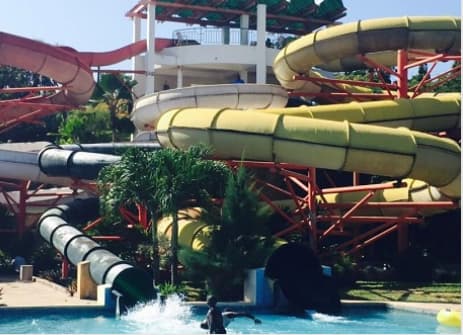
Wild Waters Mombasa Entrance Fee and Booking Details
Lamu Museum Entrance Fees
Leave a comment Cancel reply
Save my name, email, and website in this browser for the next time I comment.
By using this form you agree with the storage and handling of your data by this website. *

- Conferencing
- Accommodation
Restaurants & Bars
- Weddings & Events
- Health & Fitness
- Entertainment
Rooms & Suites
- Food & Drinks
- Maps & Directions
- Virtual Tour Experience
- Latest News & Updates
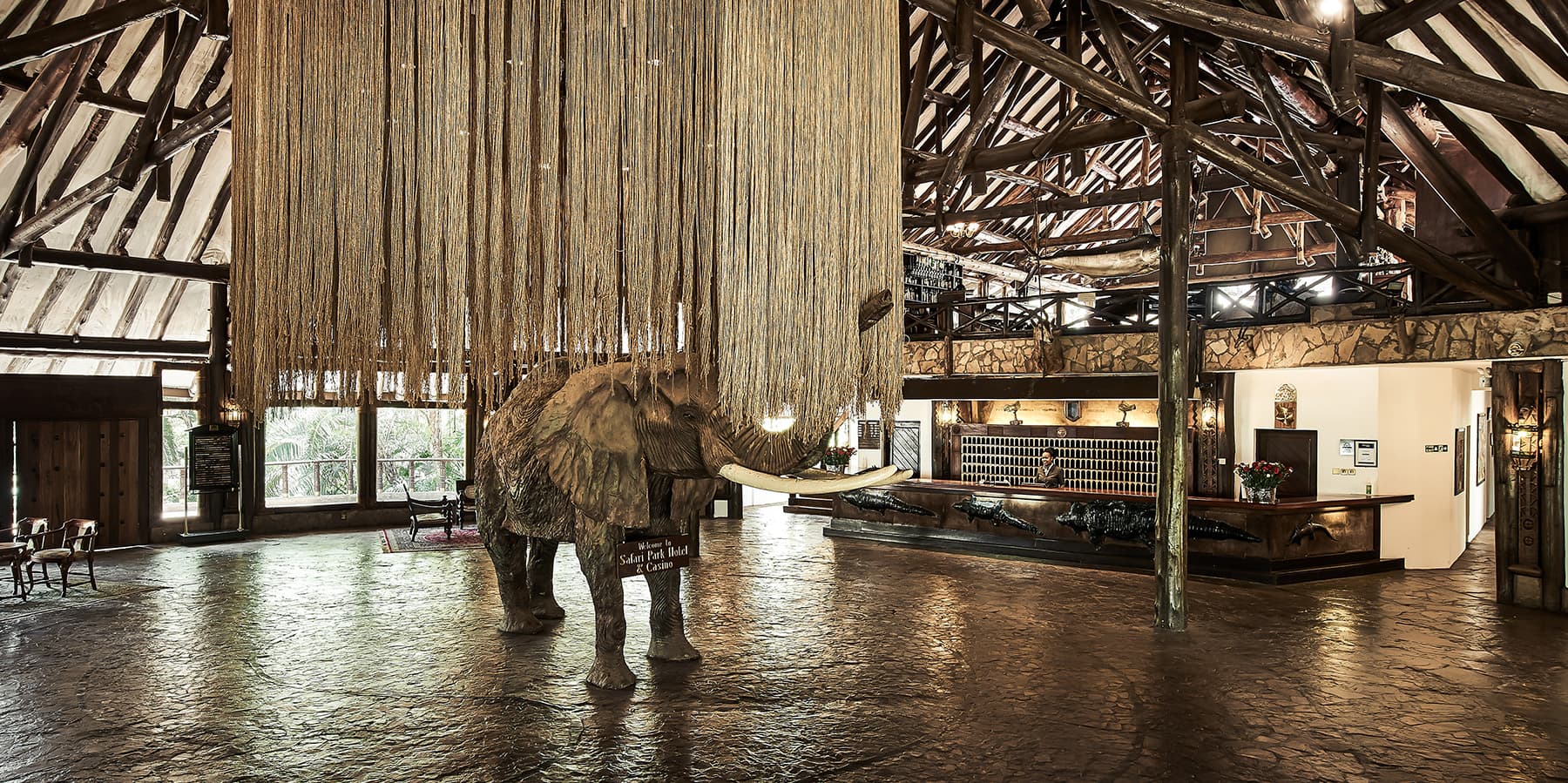
Safari Park Hotel & Casino
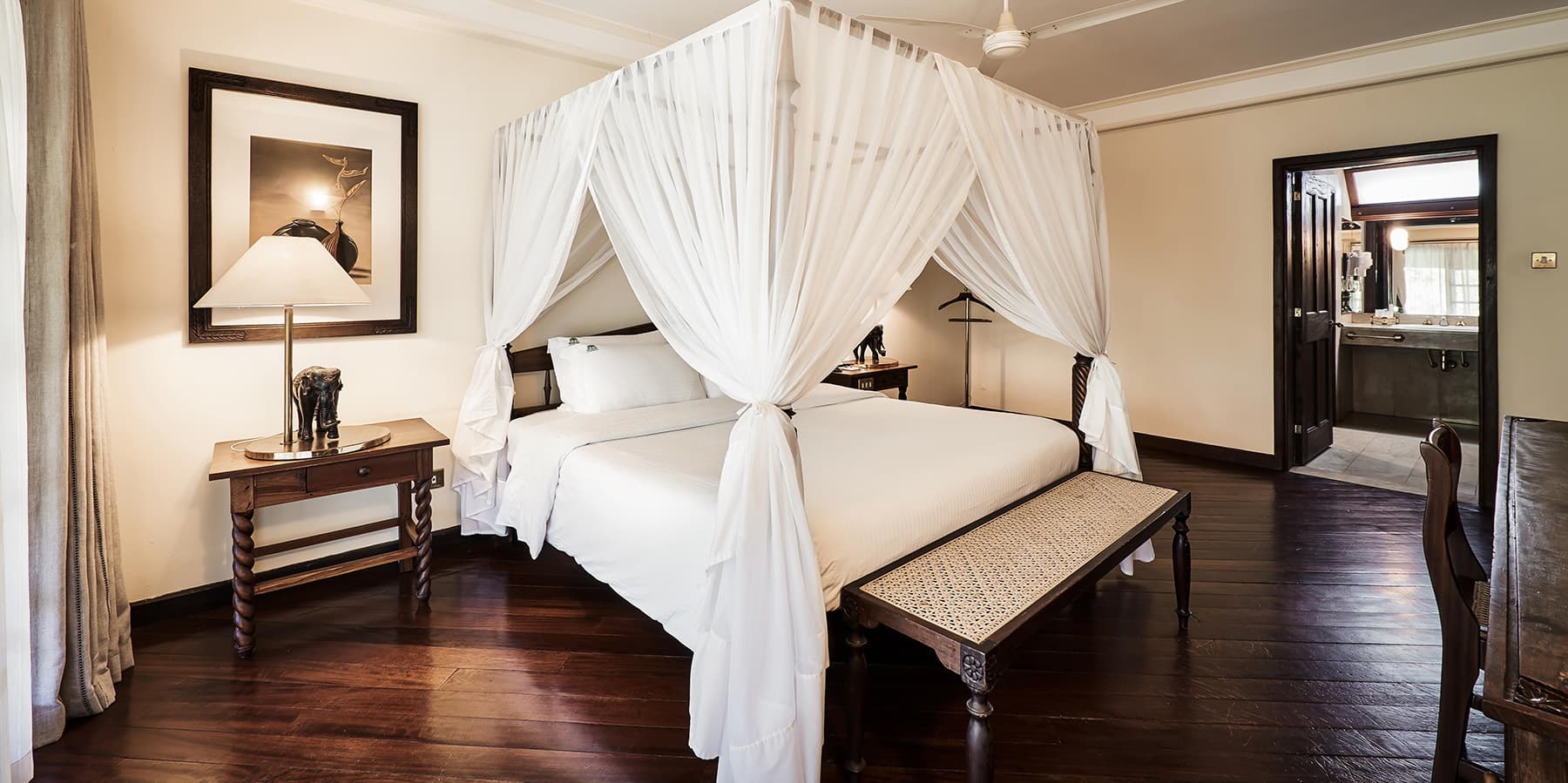
A World of Wonder in a World of its own

Welcome to Safari Park Hotel & Casino, rated amongst the best hotels in Nairobi. The Hotel is renowned as a famous resort and Africa's largest and most exciting conference destination.
An oasis of tranquility in the heart of Nairobi, Safari Park Hotel in Nairobi blends stylish elegant African architecture with luxurious accommodation; sparkling water gardens, an inland beach, beautifully landscaped gardens and a wide selection of five specialty restaurants.
The hotel is home to 203 luxurious rooms designed and stylishly furnished with a taste of Africa, larger than the global standard, ensuite marble bathroom (bath and shower), wooden polished floors, antique African themed four-poster bed and furniture. Both smoking and non-smoking rooms are available. The rooms also have natural light, large rear and front private garden view balconies, offering high speed cabled and wireless internet connectivity, TV, international dial, Safe deposit, mini-bar and 24 hour room service.
Room Categories;Presidential Suite, Executive Suite, Junior Suite, Business Suite and Deluxe Suite. In addition, the hotel offers luxurious apartments for long staying guests.

Accommodation Overview
All our 203 guest rooms; 167 deluxe rooms, 21 Junior suites, 8 Business suites, 6 Executive suites and 1 Presidential suite are spread out in 9 blocks, 2 floors each with front and rear private balconies overlooking the beautifully manicured gardens. The rooms have large windows with natural light.

The Safari Park Hotel’s dining option is absolutely unique!
Offering world class cuisine and a refreshing ambiance, with five international restaurants, it is the only hotel in Kenya in which you can enjoy a dining safari within the hotel grounds. All the restaurants and bars have distinct themed décor.
Meetings & Conferencing - Events & Weddings
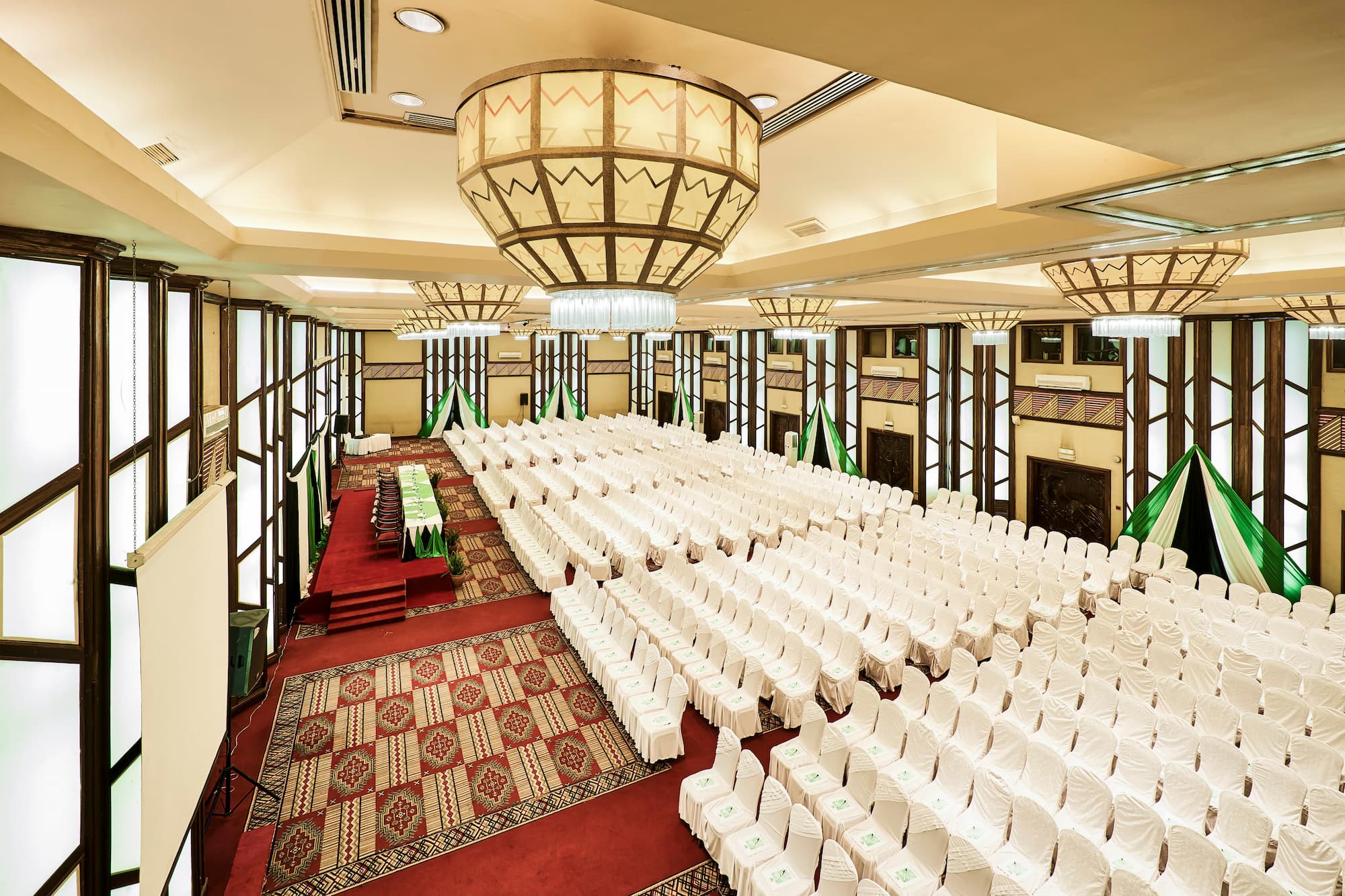
The Safari Park Hotel offers unrivalled selection of conference venues, seminars, workshop ideas and team-building activities as well as a complete business support service with an integrated conference planning and management team.
Safari Park Hotel is amongst the LARGEST conference & events venue in Nairobi, Kenya; a household of international conferences in Africa.

30 July 2023
Paradise easter delights.
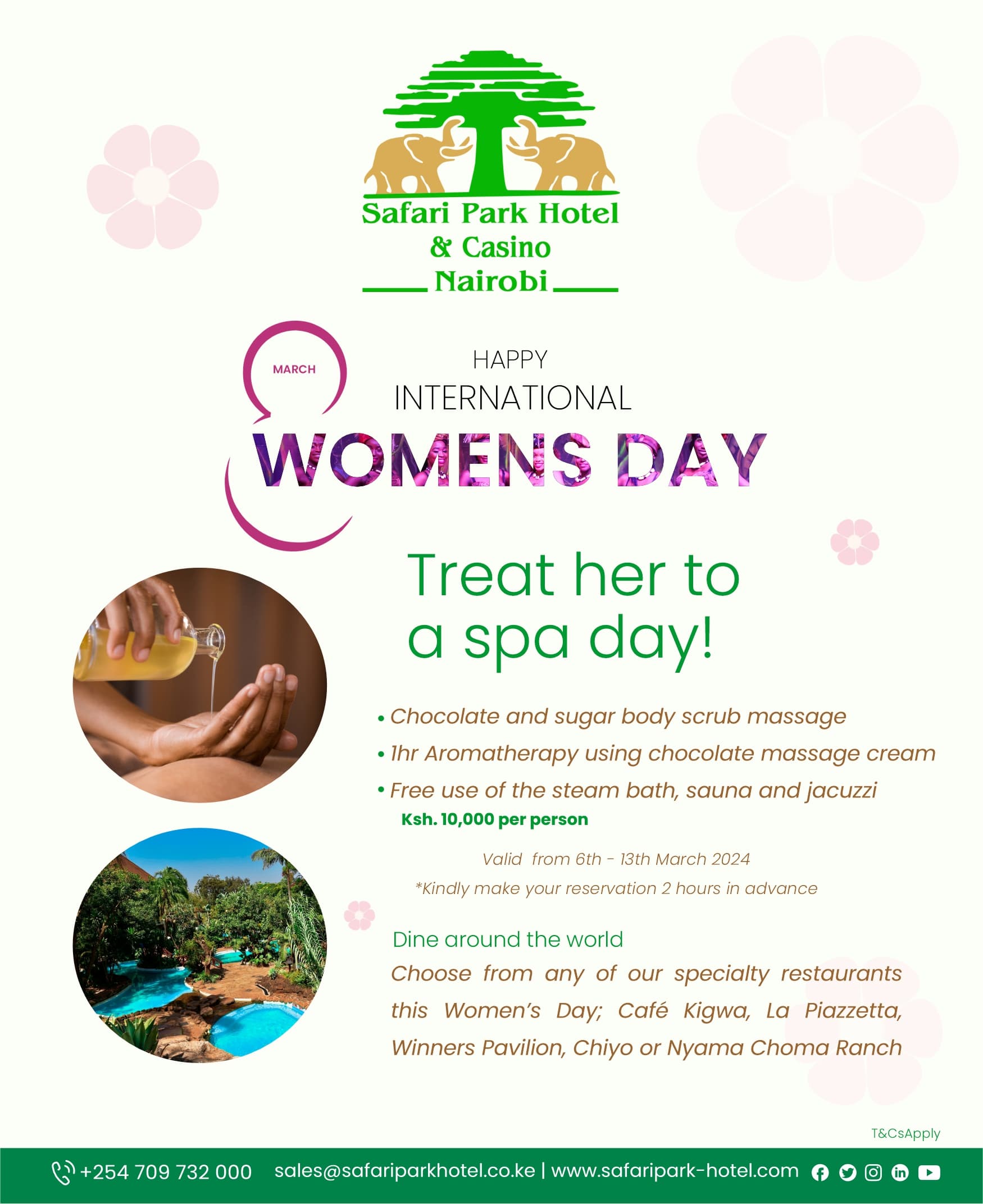
International Women's Day

Fitness Club & Spa Package

SPH Laundry Package

Birthday Party Package

SPH Graduation Package

SPH Wedding Brochure

Booking Form ()
Please select booking category below
What Our Clients Say

Guest Relations Team are Phenomenal
Stayed 8 nights for meetings. The Guest Relations team at the entrance are phenomenal. The porter Paul Mwaka went out of his way to accommodate my special requests, was very attentive to the point of taking notes to make sure he got things right. Daniel too was very kind and supportive and whatever may not have gone quite right was somehow made better by this team.

Huge complex in beautiful gardens
Stayed here 3 nights for a big workshop, and enjoyed the stay. The hotel (well outside Nairobi city center) is enormous and spread out over large lush grounds, with lots of greenery, different buildings containing rooms, several restaurants, a casino, reception, bars, etc. As we were in all-day meetings we did not leave the hotel grounds, so I appreciated that the grounds were so lush and big, with lovely pools and walking paths (looking more like a resort than a conference hotel).

Mark Randal
African Paradise
Had one of the best African experiences ever. The Nyama choma ranch atmosphere was electric, the dancers put the icing on the cake... Our waiter Elijah was charming , friendly from the word go, he got me to swear that I'll be back again at the Ranch😂😂 , he made the whole experience wonderful. He is a Five star ⭐

Excellent Service
Super excellent service. Amazing ambience, well manicured gardens and great food. The experience at the gym was super amazing as well. Kind and professional service from Christine Mugo at the reception. Keep it up!!

Great resort, easy to get to & friendly staff
Stayed with the kids for just two nights on route to a lodge in the National Park. Breakfast was really good, fantastic coffee. Swimming pool was clean but a little chilly. Rooms were good but we had booked for twin rooms and there was only one bed in each room, but it was fine as the kids just stayed in the same room. Check in was really easy. Very friendly staff.
Review Form
Newsletter subscription.
Get email updates on the latest offers, events & discounts .
Connect On Social Media
Email addresses.
Sales: [email protected] General Manager: [email protected] Reservations: [email protected] Public Relations: [email protected]
PHONE NUMBERS
Mobile: +254 709 732 000
Sales Contact: : +254-20 3633000
POSTAL ADDRESS
Safari Park Hotel & Casino
P.O. Box 45038 - 00100
Nairobi, Kenya

Quick Links


Nairobi, Kenya - 5 Places to See if an African Safari is on your Travel Bucket List
W ith a mix of ethnicities and nationalities worldwide, Nairobi , the capital city of Kenya, warmly embraces all her visitors and works to make you at home quickly. Yet despite having a space for everyone who visits, Nairobi still sets itself apart and offers a unique vacation to all its visitors.
If an authentic safari experience is on your bucket list, Nairobi is definitely worth considering. Here are some recommendations to make the most of your trip to Kenya.
The Nairobi Culture
Nairobi is a busy city just like any other city in the world. The streets are bustling as ever and there are tons of places to visit and see. As a Nairobian tourist, it would help to learn a few Swahili words. “ Hujambo ” for greeting or “ Habari yako ”, “ Karibu ” for “welcome”, “ asante ” means “thank you”, “ pole ” means “sorry”, and “ tafadhali ” means “please”. See the incredible thing about Nairobi, nobody expects a foreigner to be fluent in Swahili. Throw in one of the above words and continue your speech in English and that’s more than enough.
Beyond language, politeness is paramount in Nairobi. Tip your servers in the restaurants when you can. Always start all your conversations with greetings and don’t leave too many leftovers . Wasting food is looked down upon in Kenyan culture.
There is no strict dress code in Nairobi, much less for a visitor. Fridays in Nairobi are spent socializing in malls, bars, clubs, and or at restaurants for tea or coffee. If you want a never-ending nightlife, find your way to the Westlands . Indulge in some club-hopping before you retire for the night.
Things To Do In Nairobi
1. visit nairobi national park.
About an hour from the city center, you will find Nairobi National Park. Enjoy an authentic safari experience in the savannah grassland in a park teeming with lions, zebras, gazelles, giraffes, rhinos, wildebeests, and buffalo. The only animals you won’t find here are elephants. It’s an incredible sight to watch the wildlife in their natural habitat with the city’s skyline as a backdrop.
In addition to Nairobi National Park, the city has many animal sanctuaries in the region that are open to the public. Many endangered species of animals like Sokoke cats, buffalos, ostriches, flamingos , hyenas, blue wildebeest, rhinos, hartebeest, waterbuck, common warthog, and black-backed jackal can be seen – both at the sanctuaries and on safari excursions. In addition to endangered animals, some sanctuaries house endangered plants.
2. Explore Maasai Market
Immerse yourself in Maasai culture at this incredible market that changes its location every day of the week. This is in keeping with the Maasai nomadic culture. This market is a must-visit as part of the Nairobi experience. Stroll through the market and experience vibrant colors in beadwork, woven shukas, and house ornaments all handcrafted by the Maasai people.
3. Visit Nairobi National Museum
Enjoyed even by non-museum fans, the Nairobi National Museum is an excellent showcase of Kenya’s history. Located within the city, the museum is a popular destination and easily accessible. Besides Kenya’s history, the museum also takes you through a journey of human ancestors. Explore the snake park within the museum and the beautiful botanical garden.
4. Visit the David Sheldrick Wildlife Trust Elephant Orphanage
Located right next to the Nairobi National Park, David Sheldrick Wildlife Trust is one of the animal sanctuaries that will be the highlight of your trip to Nairobi. Here you will find the most adorable baby elephants. Watch as their caretakers bring them out, feed them, and play with them. Your heart will melt at the bonds between these baby elephants and their caretakers.
5. Have breakfast at the Giraffe Manor
Can you imagine having breakfast while petting and feeding giraffes? The Giraffe Manor in Nairobi is home to the critically endangered Rothschild Giraffe. Founded in 1979, this sanctuary is one of Nairobi’s greatest gems. Meet and learn the names of the welcoming giraffes and take as many pictures as possible with these lovely creatures.
Kenyan Food You Gotta Try
Kenyan cuisine is inspired by over 44 tribes in the country of Kenya. Over time, these meals have made their way through the country and have become staples in households everywhere.
Foodies will find a haven in Nairobi as it offers dishes from just about every part of the world. From delectable and spicy Mexican dishes to creamy pasta, Kenyan dishes have made a name for themselves and serve as part and parcel of a Nairobi experience.
Sample Ugali , a meal made by adding maize flour to boiling water until it hardens. It pairs well with stews and vegetables, especially collard greens Kenyans love to call Sukuma Wiki (push the week). Ask for Pilau , a delicious traditional cinnamon, ginger, and garlic. Try chapati , a Kenyan flatbread inspired by the Indian naan. Vegans will love Kenyan cuisine for dishes such as githeri (a mix of maize and bean), mokimo (pounded potatoes, maize, and greens), matoke (cooked green bananas), and Maandazi , a sweet treat made with leavened flour.
Safety Tips
As with any big city, Nairobi has its fair share of security issues. Here are some tips to keep you safe as you visit:
- Always keep your valuables close to you. Whether it’s your handbag, backpack, or wallet, make sure it is well-kept. There are pickpockets and tourists can make for an easy target.
- Don’t walk alone at night – for the most part, Nairobi taxis are pretty safe. When you are out at night, it is safer in a taxi or any vehicle than walking alone. For more safety, you can use ride-hailing services like Uber or Bolt to navigate your way through the city.
- Do a bit of research about Nairobi before arrival. This will familiarize you with the city, which should make your exploration much safer.
- Stay connected and reachable at all times. Stay online and inform your loved ones of your itinerary and whereabouts every day. Buy a local SIM card for your phone to ensure you have a reliable connection throughout your stay.
A Bucket List City
Boasting as the only city in the world with a national park within its confines, Nairobi is a mix of raw untamed wilderness and vast urban sprawl. Whether you decide to spend your days in Nairobi exploring wildlife in the national park and sanctuaries or embark on a museum blitz around the city, your stay in Nairobi is bound to be unforgettable.
Hujambo na karibu katika jiji la Nairobi!
Written by Sharon O. – a proud resident of Kenya.
Photo credit: Nairobi National Park
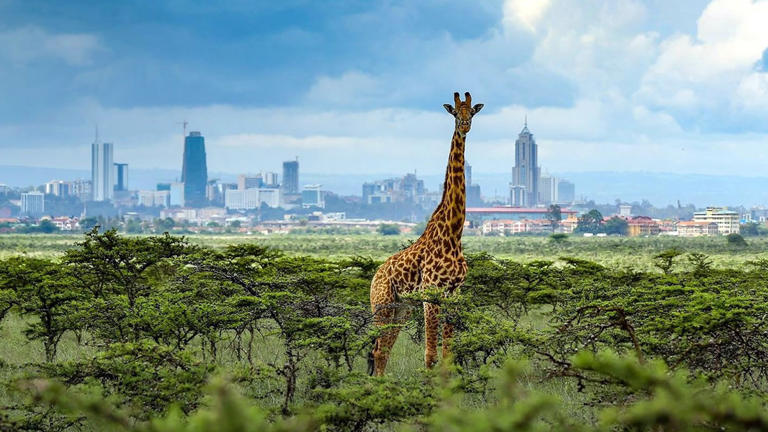
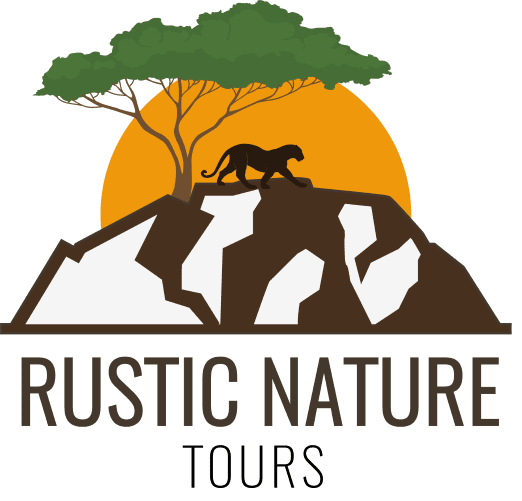
Rustic Nature Tours
Experience the Wild, Embrace the Adventure

Urban Safari: 10 Fascinating Insights into Nairobi National Park.
Nairobi National Park , a unique ecosystem set on the city’s doorstep, offers an extraordinary experience where nature and urban life coexist. It stands as a symbol of Kenya’s commitment to preserving the natural world. This park, unlike any other in the world, allows visitors to enjoy a safari with a city skyline in the background, merging the wild with the urban in an enchanting dance. It’s not just the proximity to a major city that makes this park exceptional; it’s a treasure trove of fascinating facts and secrets that make it a must-visit destination for nature lovers and adventure seekers alike.
In this post, we dive into 10 amazing facts about Nairobi National Park that showcase its uniqueness and importance. From its rich biodiversity to its role in wildlife conservation, each point highlights why this park is a remarkable and essential part of Kenya’s natural heritage.
- T he World’s Only Wildlife Capital Nairobi National Park is often referred to as the world’s only wildlife capital. Located just a stone’s throw away from Nairobi’s city center, it offers a surreal experience where you can witness African wildlife with a backdrop of city skyscrapers. This proximity to a major urban center is unparalleled, making it a unique spot for those looking to combine a wildlife safari with city comforts.
- A Sanctuary for the Endangered Black Rhino The park plays a crucial role in the conservation of the endangered black rhino. It’s one of the few places in the world where you can see these magnificent creatures roaming freely. Efforts by the Kenya Wildlife Service have seen the black rhino population in Nairobi National Park grow, making it a significant site for these endangered species.
- Birdwatcher’s Paradise With over 400 bird species recorded, Nairobi National Park is a haven for birdwatchers. It hosts a variety of habitats, including grasslands, wetlands, and forests, each supporting different bird species. Whether you’re a seasoned birder or a casual observer, the park offers an unparalleled opportunity to see both local and migratory birds in their natural habitat.
- The Annual Wildebeest Migration Though smaller in scale compared to the famous Masai Mara migration, Nairobi National Park also witnesses an annual wildebeest migration. This event, usually occurring around July and August, is a spectacular sight as herds of wildebeest and zebra move in search of greener pastures, attracting predators and sparking the circle of life in action.
- A Rich Historical Background Established in 1946, Nairobi National Park is not only Kenya’s first national park but also one of the oldest in Africa. Its establishment marked the beginning of wildlife conservation efforts in Kenya. The park’s history is intertwined with the country’s colonial past and the subsequent journey towards conservation awareness and environmentalism.
- The Ivory Burning Site Monument The park is home to the famous Ivory Burning Site Monument, where, in 1989, Kenya made a bold statement against poaching by burning 12 tons of ivory. This event was pivotal in drawing global attention to the plight of elephants and the need for concerted conservation efforts. The monument stands as a reminder of the ongoing battle against wildlife trafficking.
- A Diverse Ecosystem Nairobi National Park boasts a diverse ecosystem. It’s home to over 100 mammal species, including lions, leopards, hyenas, giraffes, and buffalos, alongside the endangered black rhino. The park’s landscape, comprising open plains, forests, and riverine environments, supports this rich biodiversity, making it a microcosm of the Kenyan wildlife experience.
- The David Sheldrick Wildlife Trust Adjacent to the park is the David Sheldrick Wildlife Trust , renowned for its elephant orphanage. This facility rescues and rehabilitates orphaned elephants, eventually reintegrating them into the wild. Visitors to the park often combine their safari with a visit to the orphanage, offering a chance to learn about and contribute to elephant conservation.
- Role in Education and Research Nairobi National Park serves as an important educational and research center. Schools and universities frequently visit, providing students with firsthand conservation experience. The park is also a site for wildlife research, contributing valuable data towards the understanding and preservation of various species.
- The Nairobi Safari Walk & Animal Orphanage Finally, the Nairobi Safari Walk and the Animal Orphanage, located at the park’s entrance, offer a glimpse into Kenya’s wildlife. These facilities aim to educate visitors about the country’s rich biodiversity and the importance of conservation. They are especially popular among those who may not have the time for a full safari but still wish to experience Kenya’s wildlife.
Nairobi National Park is more than just a wildlife sanctuary; it’s a symbol of harmony between nature and urban life. Each visit supports conservation efforts and contributes to the preservation of Kenya’s natural heritage, making it a worthwhile destination for nature and wildlife enthuasists.
Related Articles
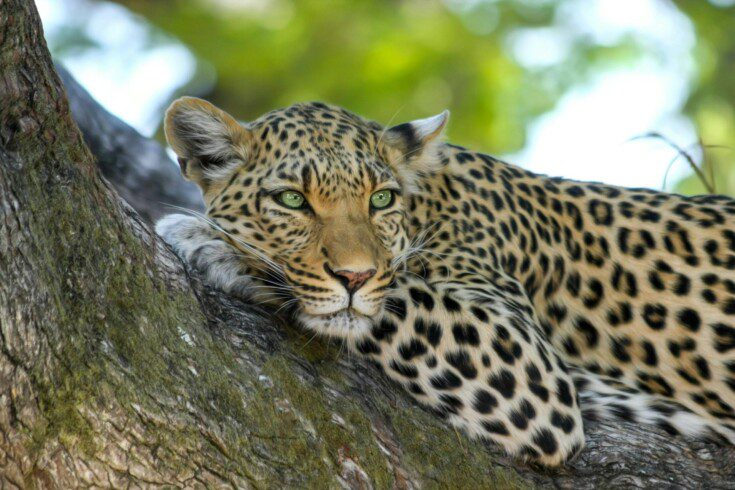
Discover Kenya 2024: Unforgettable Safari Experiences.
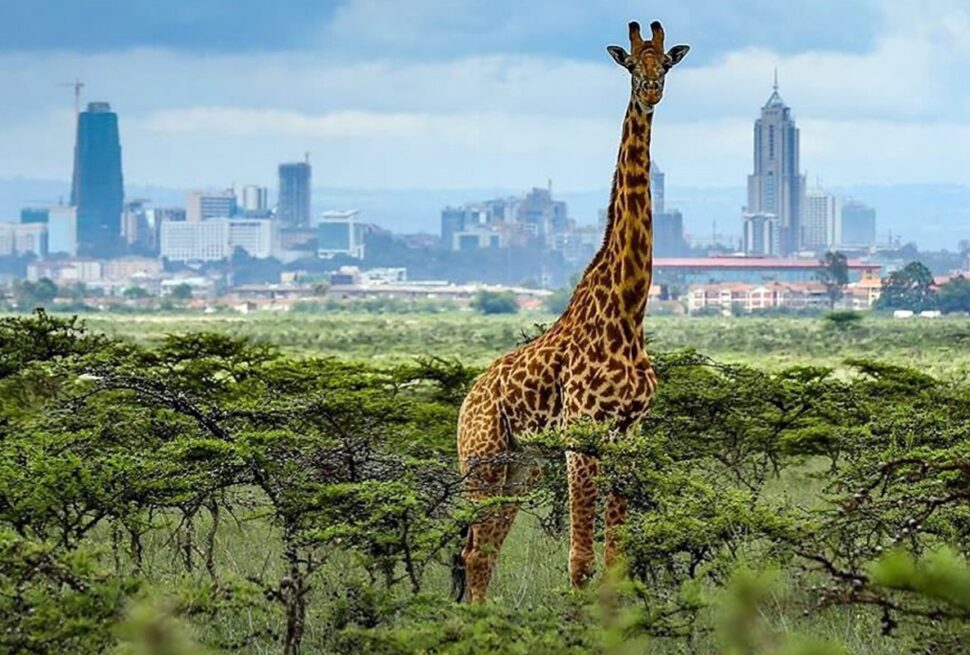
Nairobi Adventure: Unforgettable Day Excursions for Every Tourist.

City-Side Safari: The Unique Beauty of Nairobi National Park
How To Spend 3 Days In Masai Mara, The Safari Park From The Lion King
This Kenyan national park is one of the best places in the world to see lions, leopards, and cheetahs in the wild.
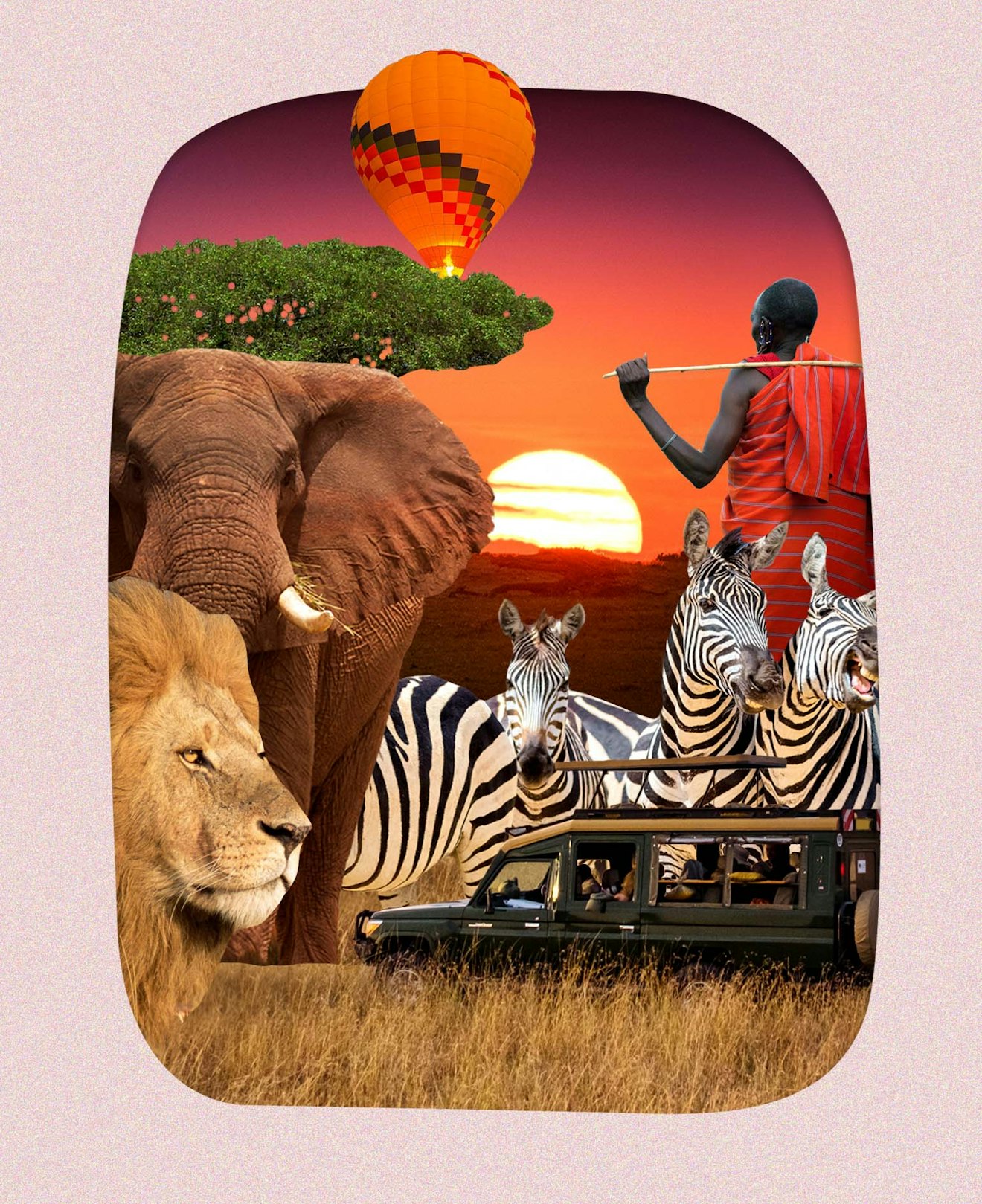
When it comes to planning an African safari , TikTok can agree on one thing: Masai Mara National Reserve in Kenya needs to be on your itinerary.
“The Land of the Big Cats” has a reputation as one of the best places on the continent to see lions, leopards, and cheetahs in the wild; it was one of the main filming locations of the live-action Lion King movie .
Masai Mara’s location in the Great Rift Valley gives it a leg up on wildlife diversity compared to other reserves. Its 580 miles of lush savannah is home to almost 90 different mammal species, and safari-goers have a good chance of spotting all of the African “Big Five” — lions, leopards, elephants, African buffalo, and the elusive black rhinos — as well as members of the slightly lesser-known (but equally ‘Gram-worthy) so-called “Ugly Five,” hyenas and warthogs included. If you visit in late summer, you might even see the Great Migration of over 2 million wildebeests, zebras, and other herbivores crossing the Mara River from the neighboring Serengeti Desert.
This February, I spent 10 days visiting Kenya’s national parks and game reserves on an itinerary curated by EF Ultimate Break , a Gen Z and millennial tour company. After a week of bush glamping in sparsely vegetated and dusty parks throughout Kenya, Masai Mara was comparatively lush, and my safari Jeep was constantly stumbling upon families of elephants, giraffes, and lions.
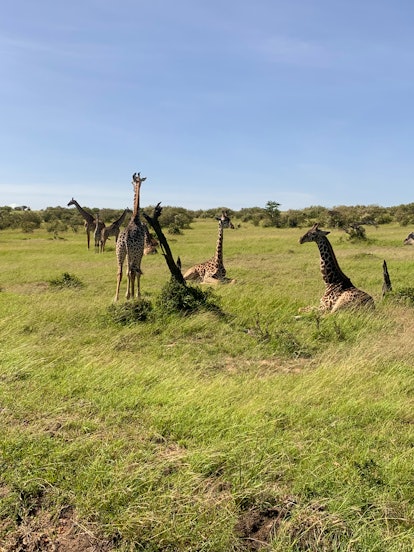
If you’re heading to Kenya on safari soon or scrolling TikTok for future inspiration , here’s what’s worth doing at Masai Mara and how to spend three days at the reserve.
What To Do At Masai Mara
Day 1: hang out with baby elephants & meet the maasai tribe.
After a 20-plus-hour journey from Chicago, I stretched my legs at one of Nairobi’s most popular attractions. The Sheldrick Wildlife Trust’s Orphans Project houses baby elephants and rhinos who are currently unable to survive in the wild for whatever reason, and it’s just as cute as you’d expect. There was a collective “aw” as the tiniest baby black rhino stumbled out to meet the crowd, and we got introduced to all the baby elephants as they clumsily ran to the keepers for their bottles of milk.
The experience was more crowded and touristy than I expected, but I enjoyed learning the story behind each baby animal, seeing their personalities, and petting them. You’re also able to sponsor one of the baby elephants or rhinos until they’re ready to go back into the wild.
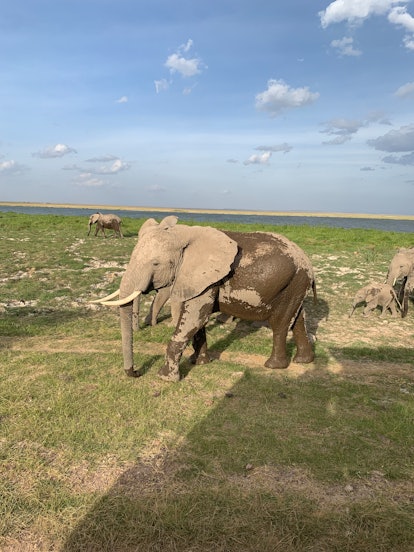
After hanging out with the animals, get into your safari Jeep to drive the five hours to Masai Mara. I stayed at PrideInn Mara Camp, which had glamping tents and cottages just steps from the park and Lake Talek, but there are plenty of accommodations around Masai Mara’s perimeter (including regular hotels like a JW Marriott Masai Mara if sleeping in a tent without air conditioning isn’t your vibe).
The best part of the PrideInn Mara Camp (and others in the area) is the presence of the Maasai tribe , which welcomed us with a traditional song and dance. There were also a number of warriors who worked in the hotel and who would walk us to and from our rooms if it was late at night.
Day 2: Take A Hot Air Balloon & A Drive
The park is huge, so soaring over the savannah to see the landscape and animals from above is an efficient and bucket list-worthy way to start off your safari experience.

We had to wake up at 4 a.m. to head over to the hot air balloon launch site, but I quickly stopped complaining about the early call time when we were in the balloon and the sun was rising over Masai Mara.
We got to take in bird's eye views of the Mara River (including a rare sighting of an adorable baby hippo that was splashing through it), check out a family of grazing giraffes from above, and get eye-level with the vultures in the trees. Afterward, we enjoyed an English-style brunch with unlimited mimosas in the middle of the bush, then headed back to the camp to nap it all off.

In the early afternoon, we headed on our second safari and stayed until twilight. After spending almost two weeks in Kenya, I realized it’s 100% worth doing two safari drives a day — one in the morning as the sun rises and one at dusk right before the predators are about to start hunting — to get the fullest picture of how the animals act in their natural habitat.
Depending on the time of day, you’ll also see different personalities from the lions. When I went in the morning, the lions weren’t the apex predators I’d anticipated. Instead, the pride was almost playful, with a young male lion with a dandelion mane nuzzling his father and the female lions, and cuddling with them in the sun. The only hint of their agility and quick reflexes were shown in how they quickly flipped from side to side and how alert they seemed at all times, with their heads suddenly popping above the grass when they’d been lazily napping in the sun just moments earlier.

Another day, as the sun went down, I saw a group of lionesses who’d been napping and were barely camouflaged in the long grass start to oh-so-casually make their move. They inched toward a grazing herd of wildebeests, their eyes locked on their next meal. I wouldn’t have experienced these different personalities if I hadn’t seen both in action.
Day 3: Go On A Morning Game Drive & Visit The Maasai Tribe
After going on a sunrise game drive, take an afternoon tour of the Maasai tribe’s village. Dressed in signature bright red robes, the warriors greeted us at the entrance of their village. They taught us some of their chants and performed a 10-minute celebratory song and dance that we were encouraged to take part in, which included mimicking the roaring of lions, shaking our shoulders, and competing to see who could jump the highest.
Then, they sectioned us off into groups to tour the family huts and learn about their pastoral lifestyle. Many of the Maasai people have gone into tourism and are employed by hotels and other hospitality businesses in the area, but they’re one of the few tribes where many members still practice their traditional way of life.

After the tour, we got to shop the tribe’s gorgeous beadwork, carved wooden products, and other souvenirs. I picked up a blue bracelet, a beaded choker, and some wooden coasters painted with safari animals to bring back home with me.
Ultimately, I came back to Chicago feeling relaxed, inspired, and fully ready to take advantage of my apartment’s air conditioning. I gained a deep appreciation for my proximity to wildlife during my bush glamping adventure (yes, even for the crickets and lizards in my tent).
Going on safari was life-changing for so many reasons. I was awestruck by seeing a 3-day-old hippo hanging out with his mom, and a pack of elephants racing across the savannah. I was surprised that the lions and giraffes seemed to barely take notice of our Jeep.
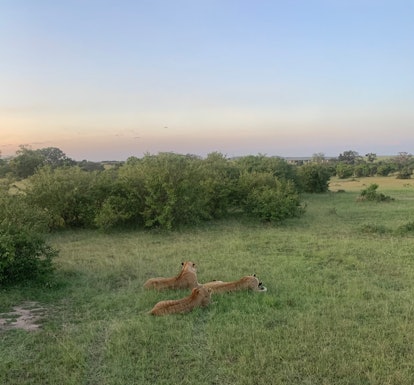
The safari also taught me a lesson in patience. Unlike in a zoo, you’re not able to control when or where you’ll see cheetahs, hippos, or prides of lions — which ends up making it so much more fulfilling when you do.
It’s not a question of if, but when, I’ll go back to Masai Mara on safari. And who knows — maybe this time I’ll spend more than a few days exploring Kenya’s most famous game reserve.

IMAGES
VIDEO
COMMENTS
"The World's only Wildlife Capital" A short drive out of Nairobi's central business district is the Nairobi National Park. Wide open grass plains and backdrop of the city scrapers, scattered acacia bush play host to a wide variety of wildlife including the endangered black rhino, lions, leopards, cheetahs, hyenas, buffaloes, giraffes and diverse birdlife with over 400 species recorded.
per adult (price varies by group size) Nairobi National Park Tour From 0600hrs - 1130hrs or From 1300hrs - 1800hrs. 4. 4WD Tours. from. $470.00. per group (up to 2) Half Day Nairobi National Park and Elephant Ophanage Tour From Nairobi. 4WD Tours.
Nairobi National Park safari There are plenty of great things to do in Kenya and as Kenya's first national park, Nairobi National Park has been a wild haven for the capital city since 1946. At 45 square miles, the park is small compared to most national parks.
Nairobi National Park is mostly explored from the inside of a vehicle, making it accessible for most guests with mobility challenges. However, between the bumpy roads and frequent stops, be aware that a safari is much more physically demanding than just sitting in a car.
The park is 28,963 acres large. By most accounts, this is small in comparison to many of Africa's national parks. The park has a fence on its North, West, and Eastern boundaries. The Southern border is the Mbagathi River. The park is largely dry, but shares a similar climate with Nairobi.
Nairobi National Park is a fantastic place to go on an African Safari. Located right next to the busy capital city of Nairobi, this national park is not only extremely convenient to get to, but it also displays a one-of-a-kind setting where the wild animals of Kenya are beautifully showcased against an impressive city backdrop of towering skyscrapers.
Within Nairobi National Park, there are several unfenced picnic sites to stop for a few hours, absorb the ambience and munch on some brunch (nothing builds an appetite like an early morning safari). One such picnic area can be found at the park's most popular attraction: the Ivory Burning Site Monument.
Welcome to Kenya's most accessible yet incongruous safari experience. Set on the city's southern outskirts, Nairobi National Park (at 117 sq km, one of Africa's smallest) has abundant wildlife that can, in places, be viewed against a backdrop of city skyscrapers and planes coming in to land - it's one of the only national parks on earth bordering a capital city.
Whether you visit the park as a precursor to a longer safari, a final goodbye to Kenya, or the main event, Nairobi NP deserves as much time as you can give it. View Photos (30) Open Map. Best Time To Go June to October (Little to no rainfall) High Season December to January and July to October (Busy) Size 117km² / 45mi².
Despite being located just a few miles from the bustling city of Nairobi, the park remains a vital sanctuary for a wide variety of wildlife species. Over the years, it has been home to lions, cheetahs, zebras, giraffes, and many other iconic African animals. ... Nairobi Safari Center, 204 Sports Road, Westlands, Nairobi, P.O. Box 5036 - 00200 ...
The Nairobi National Park is the oldest in Kenya, and its proximity to the capital city makes it a hub for safari seekers. The park has a host of unique attractions, and there are plenty of fun activities to do to make your visit memorable. Here is a comprehensive guide to help you discover and enjoy the best that the Nairobi National Park has ...
How to Plan a Safari in Nairobi National Park (without needing a Kenya visa) Step 1: Plan your layover. Game drives are best from 6 - 9am, 3 - 6pm, or 6 - 9pm. Make sure you have enough time in your layover. Step 2: Kenya visa.
Safaris in Nairobi. 1. Nairobi National Park, Baby Elephant Orphanage and Giraffe Center. Discover the best of Nairobi's top attractions without leaving the city on this exceptional tour. Let a driver handle the…. 2. Day Tour to Amboseli National Park.
Aug 2021. The Safari Walk is a landscaped zoo and environment experience at the entrance gate to the Nairobi National Park. You can walk through the forest or take the boardwalk over the river. There is a good mix of wild animals (including the lion, leopard and rhino) and wild animals (especially baboons and birds). A nice walk for children.
½-Day Safari in Nairobi National Park. $165 pp (USD) Kenya: ½ Day tour Shared tour (max 7 people per vehicle) You Visit: Nairobi (Start), Nairobi NP, Nairobi (End) Afrikan Accent Adventures ...
Nairobi Safari Walk. Nairobi, Kenya, Africa. Nairobi. Just outside the main entrance to Nairobi National Park, off Langata Rd, this safari walk is a sort of zoo-meets-nature-boardwalk, with lots of birds as well as other wildlife, including a pygmy hippo, a bongo, an albino zebra and a white rhino, as well as primates and big cats.
1 Day Nairobi National Park Safari. $ 240.00. Nairobi National Game Park is a unique ecosystem by being the only protected area in the world close to a capital city. Located just 7kms from Nairobi's city centre, Nairobi National Park is the perfect place for a half-day or full day excursion or Tour from the Kenyan capital.
Begin your safari at 6:00 am with a hotel pickup. Arrive at the main gate of the park as your guide shows you the wildlife inside. Appreciate the natural surroundings in close proximity to the city center. Try to spot the rhinos, buffaloes, and cheetahs as you go around the sanctuary. Keep an eye out for lions, zebras, and giraffes.
Brief History of Nairobi Safari Walk. Nairobi Safari Walk is a conservation-based recreational facility that covers over 11 hectares of land next to the Animal Orphanage. Both attractions are at the entrance of the Nairobi National Park, a free-roaming wildlife park within Nairobi, the capital city of Kenya.
The Nairobi National Park Safari Walk is a remarkable attraction that combines the thrill of wildlife exploration with the convenience of city proximity. It's a place where education, conservation, and recreation converge, offering a unique experience for all visitors. Whether you're a seasoned wildlife enthusiast, a family seeking an ...
Welcome to Safari Park Hotel & Casino, rated amongst the best hotels in Nairobi. The Hotel is renowned as a famous resort and Africa's largest and most exciting conference destination. ... An oasis of tranquility in the heart of Nairobi, Safari Park Hotel in Nairobi blends stylish elegant African architecture with luxurious accommodation ...
About an hour from the city center, you will find Nairobi National Park. Enjoy an authentic safari experience in the savannah grassland in a park teeming with lions, zebras, gazelles, giraffes ...
Nairobi National Park, a unique ecosystem set on the city's doorstep, offers an extraordinary experience where nature and urban life coexist.It stands as a symbol of Kenya's commitment to preserving the natural world. This park, unlike any other in the world, allows visitors to enjoy a safari with a city skyline in the background, merging the wild with the urban in an enchanting dance.
After hanging out with the animals, get into your safari Jeep to drive the five hours to Masai Mara. I stayed at PrideInn Mara Camp, which had glamping tents and cottages just steps from the park ...